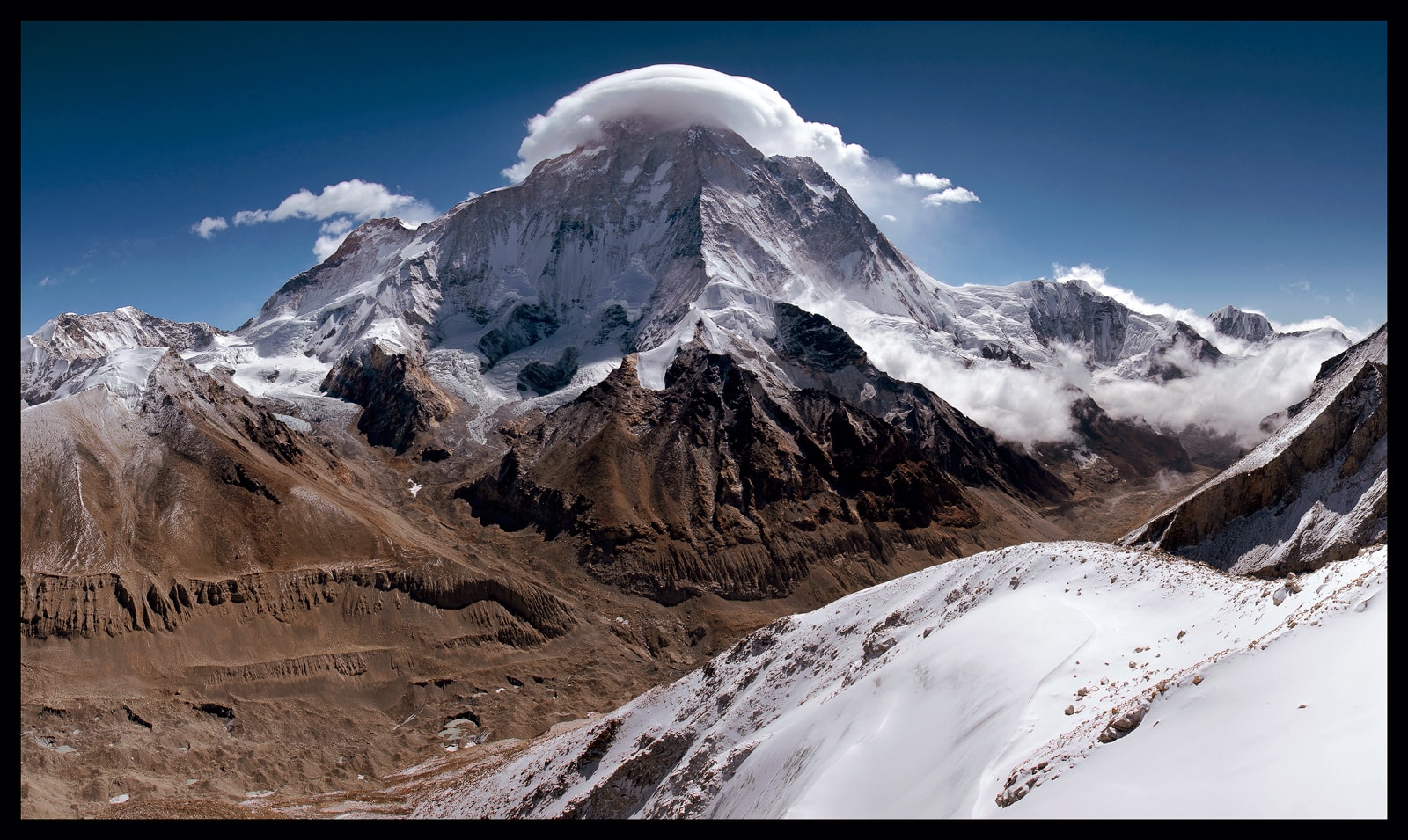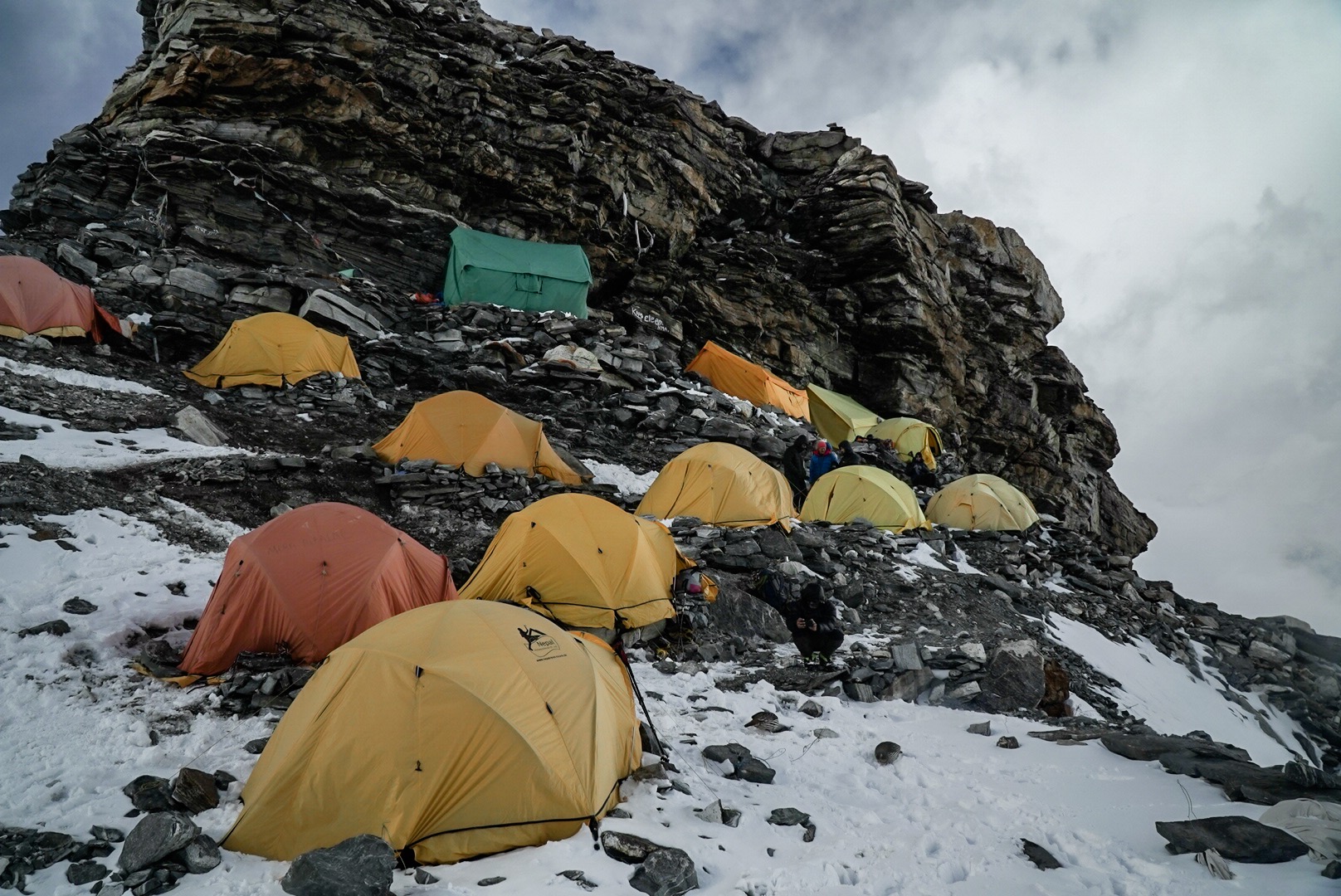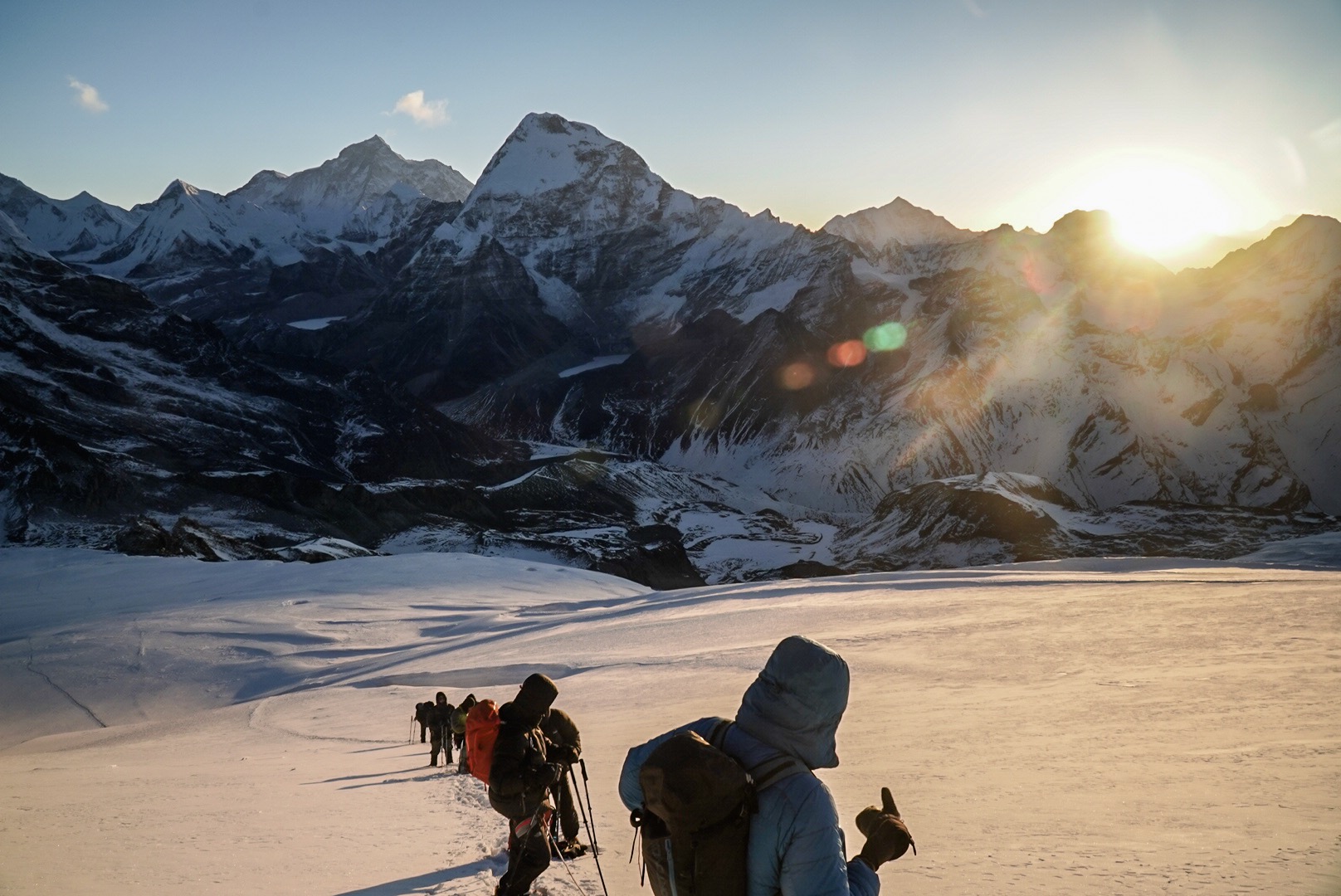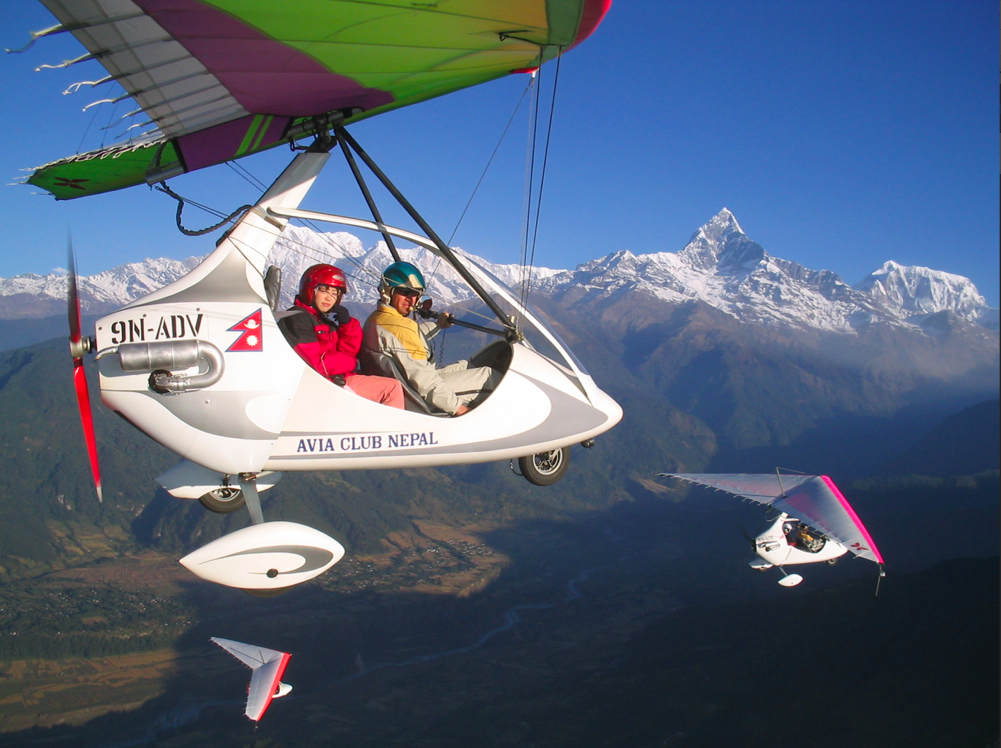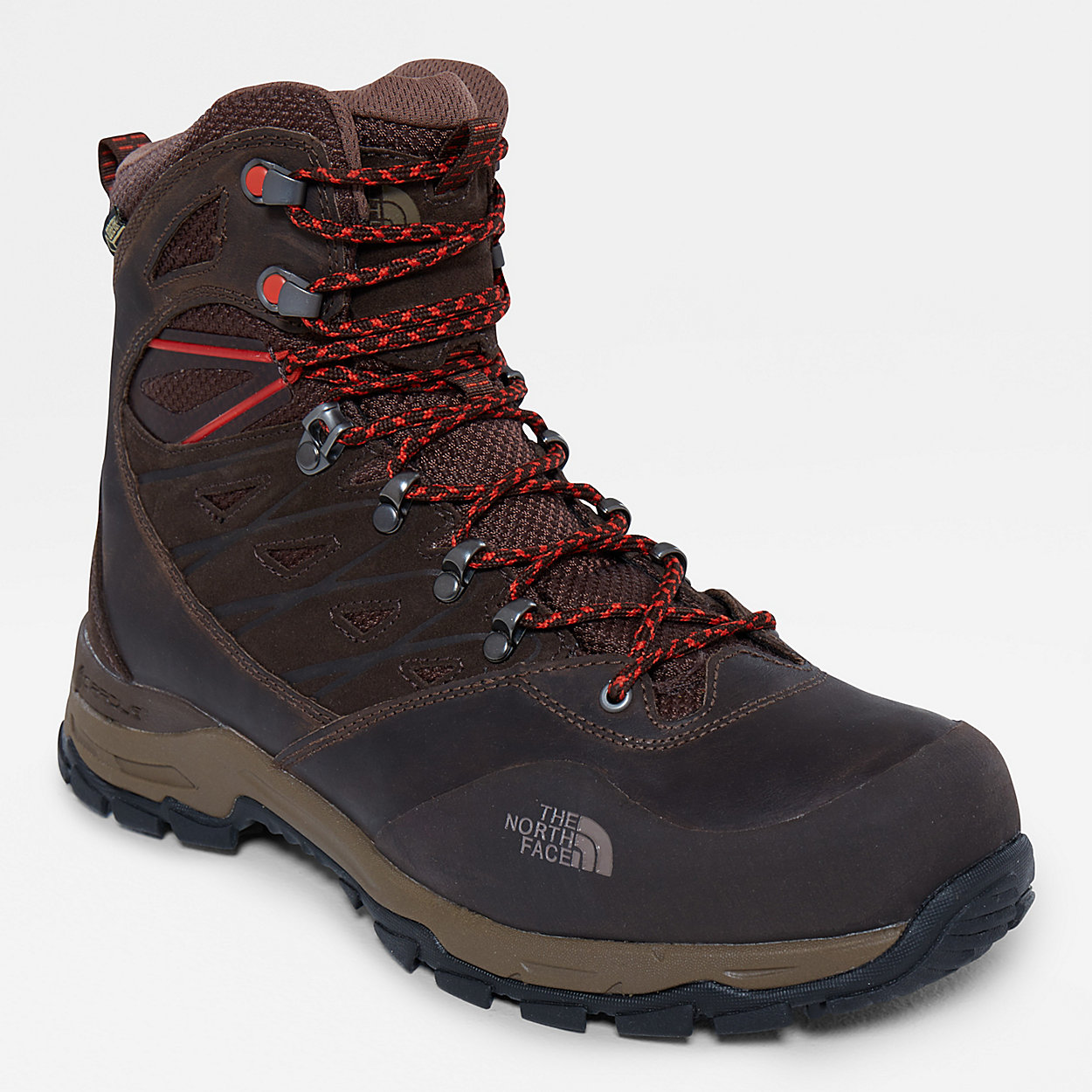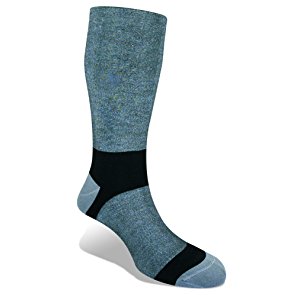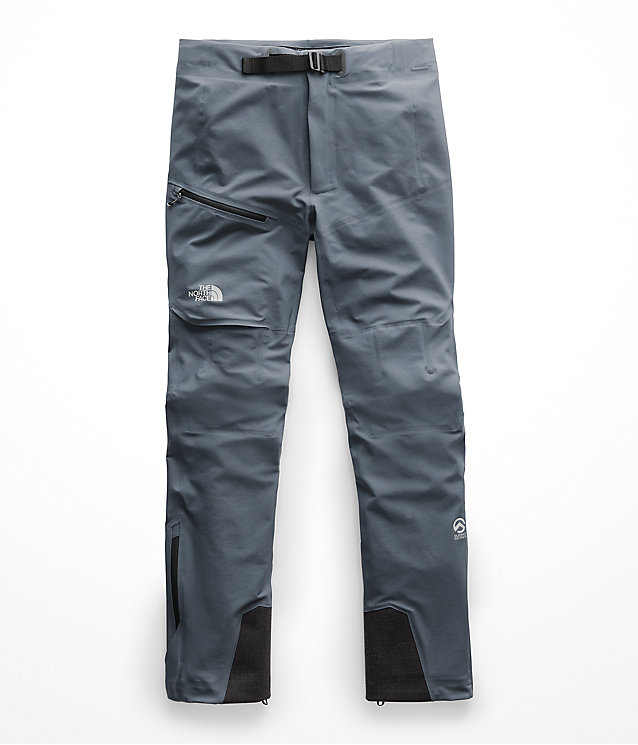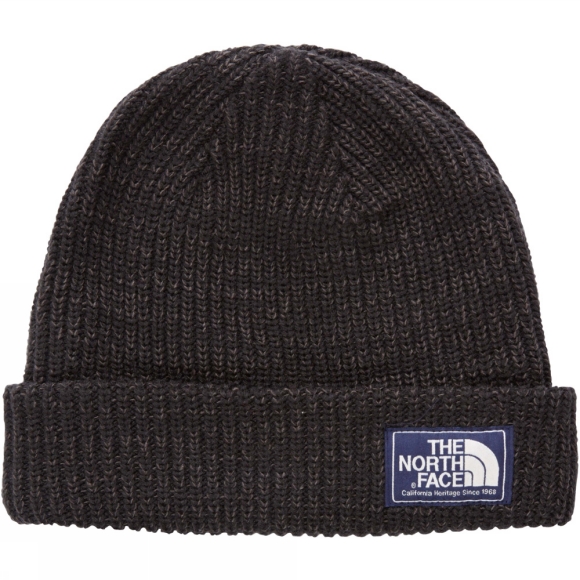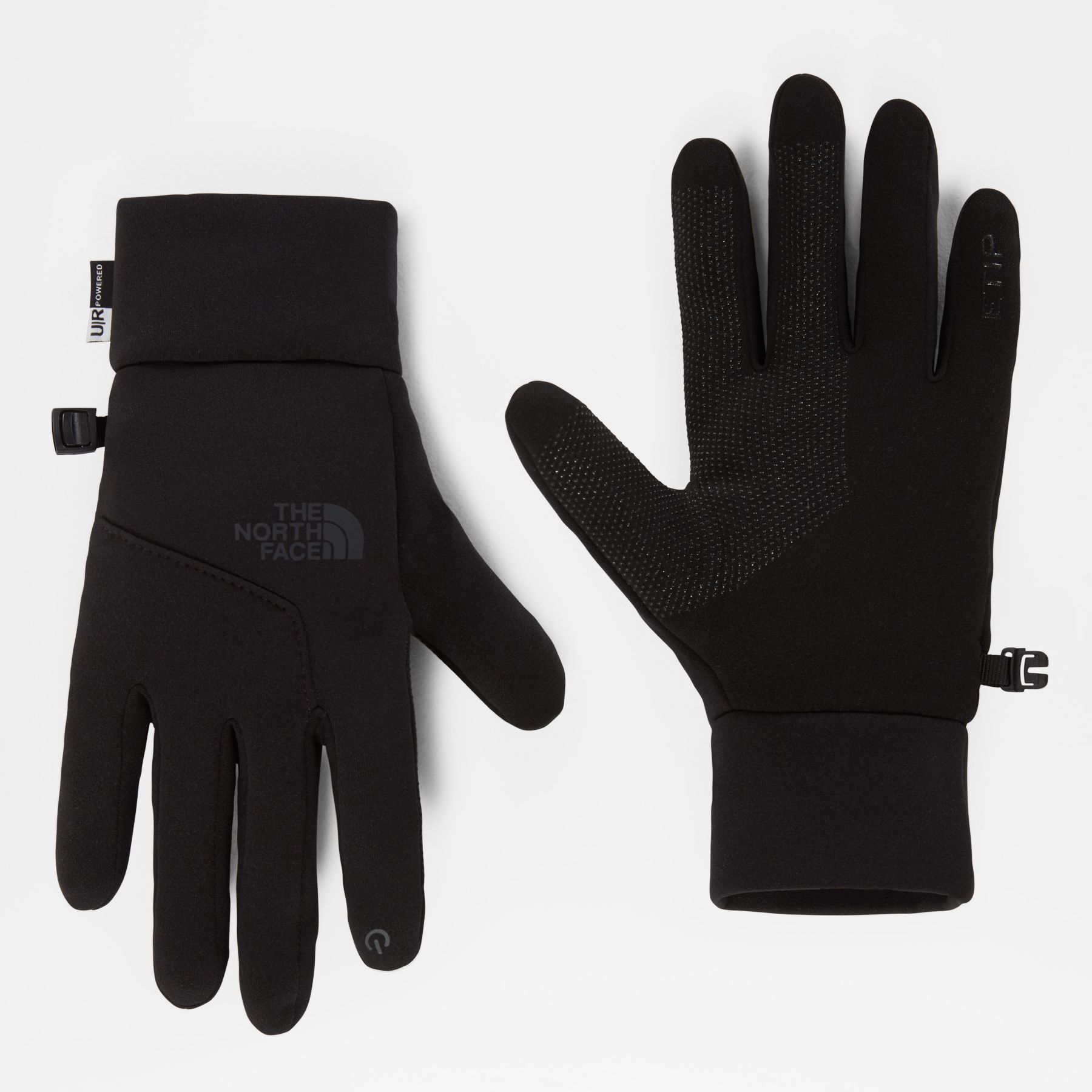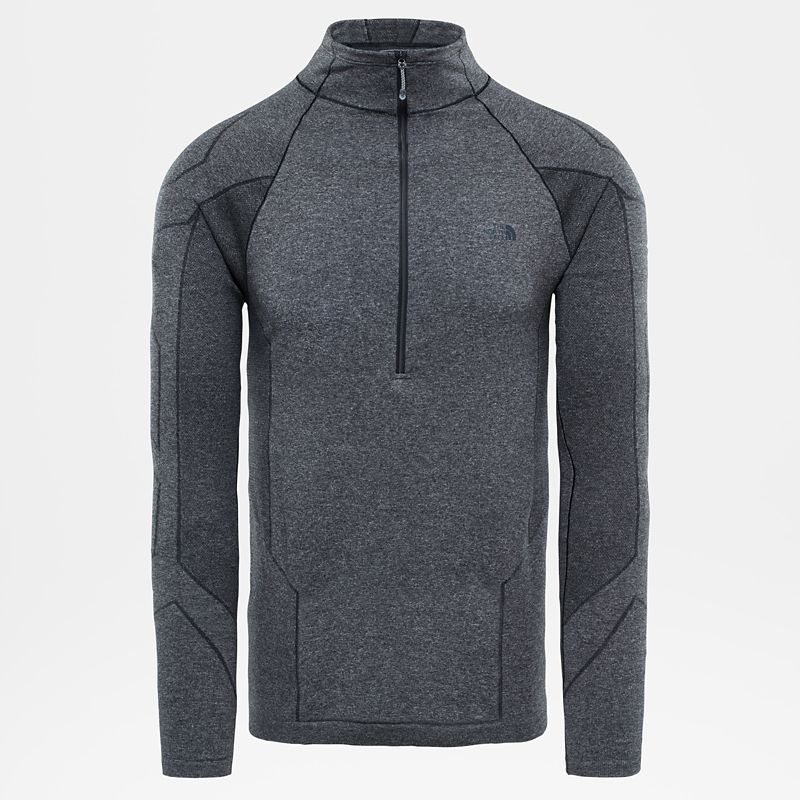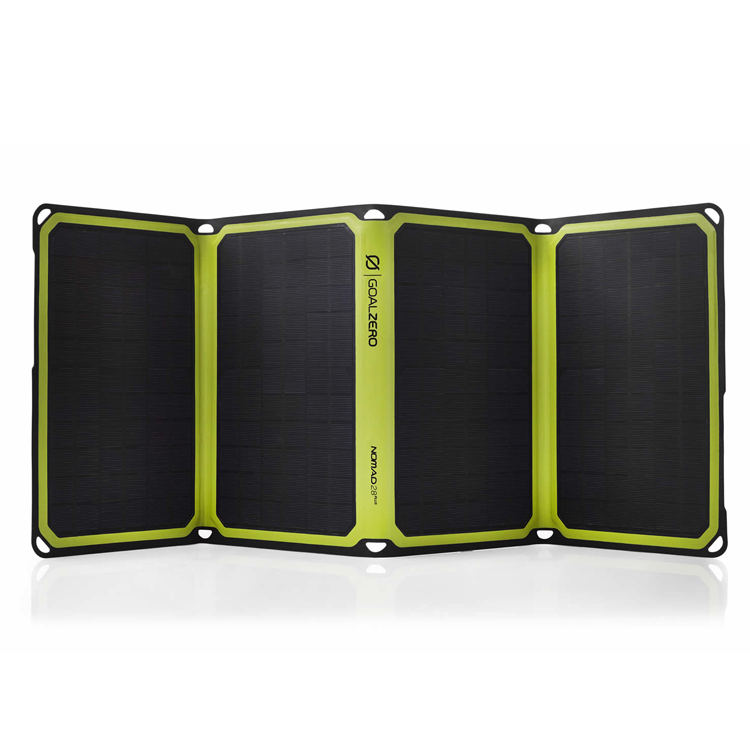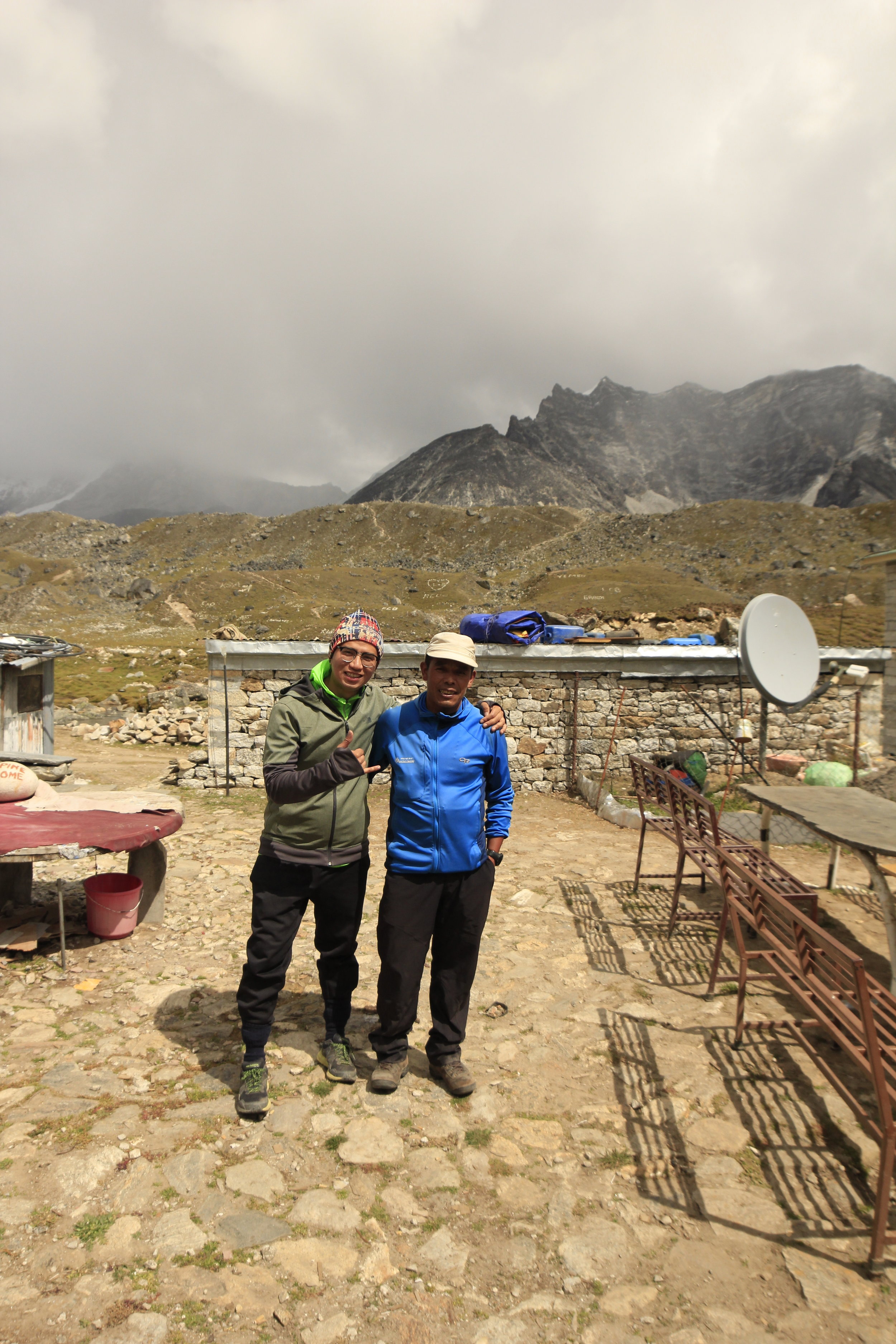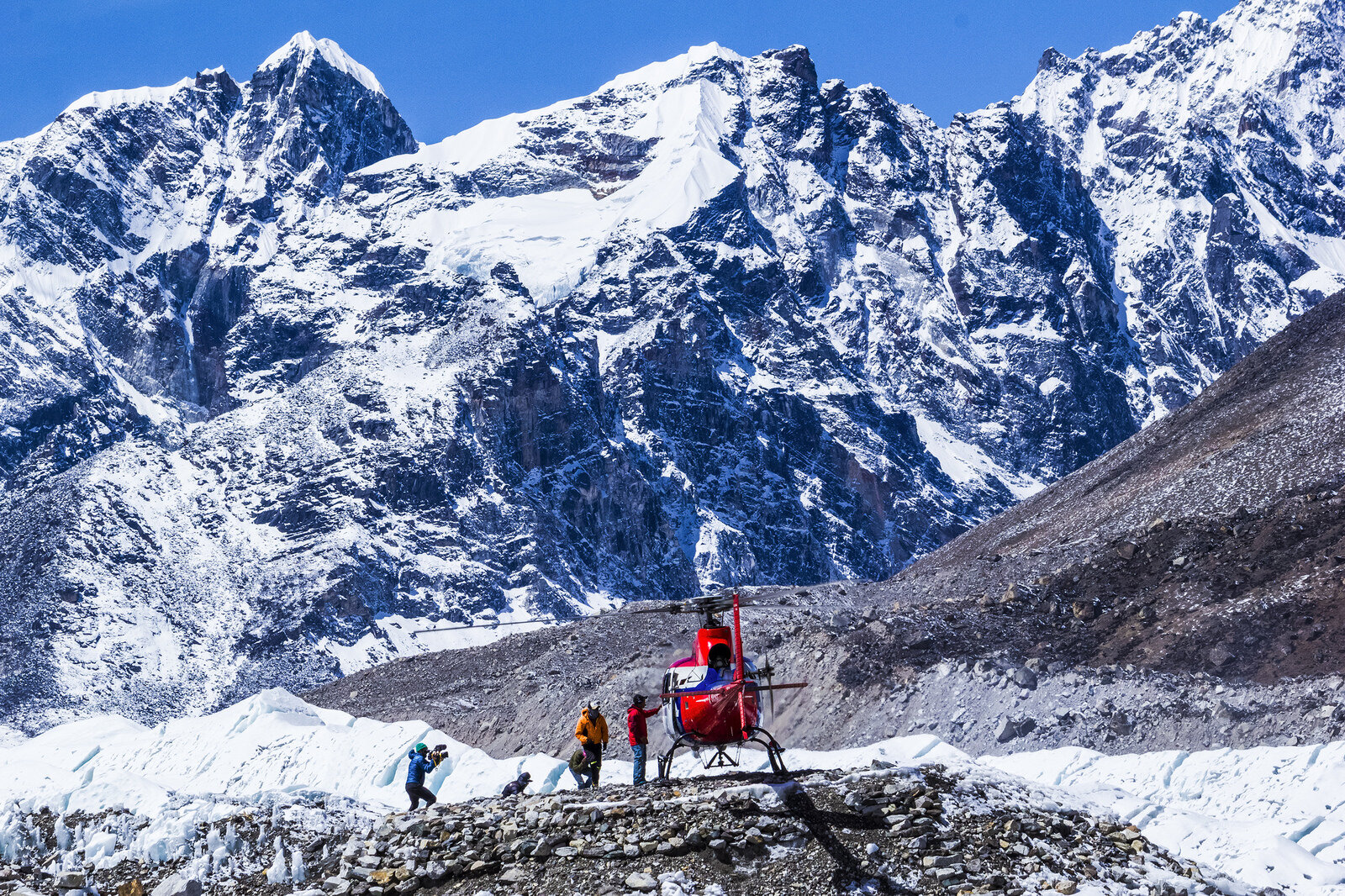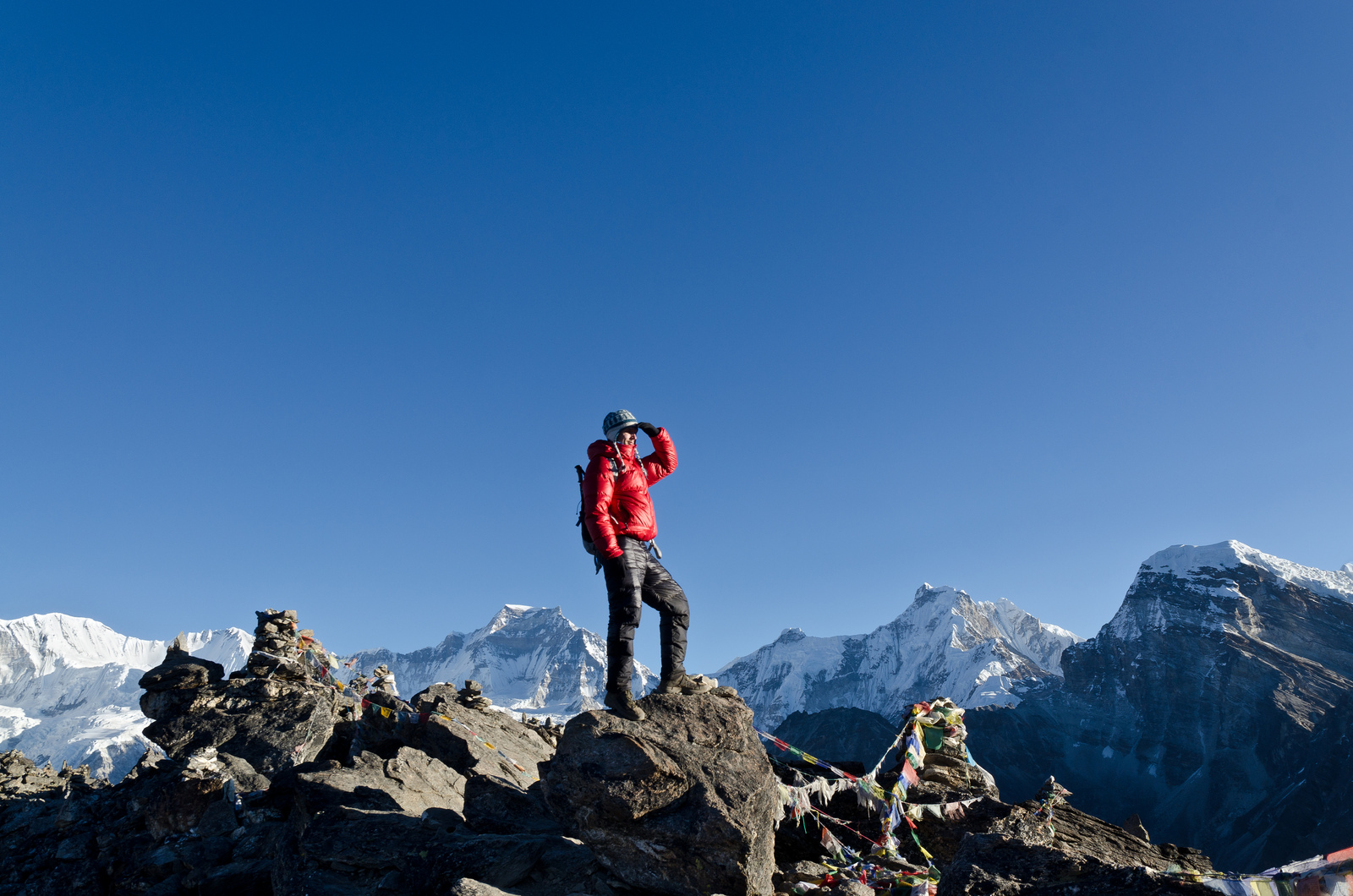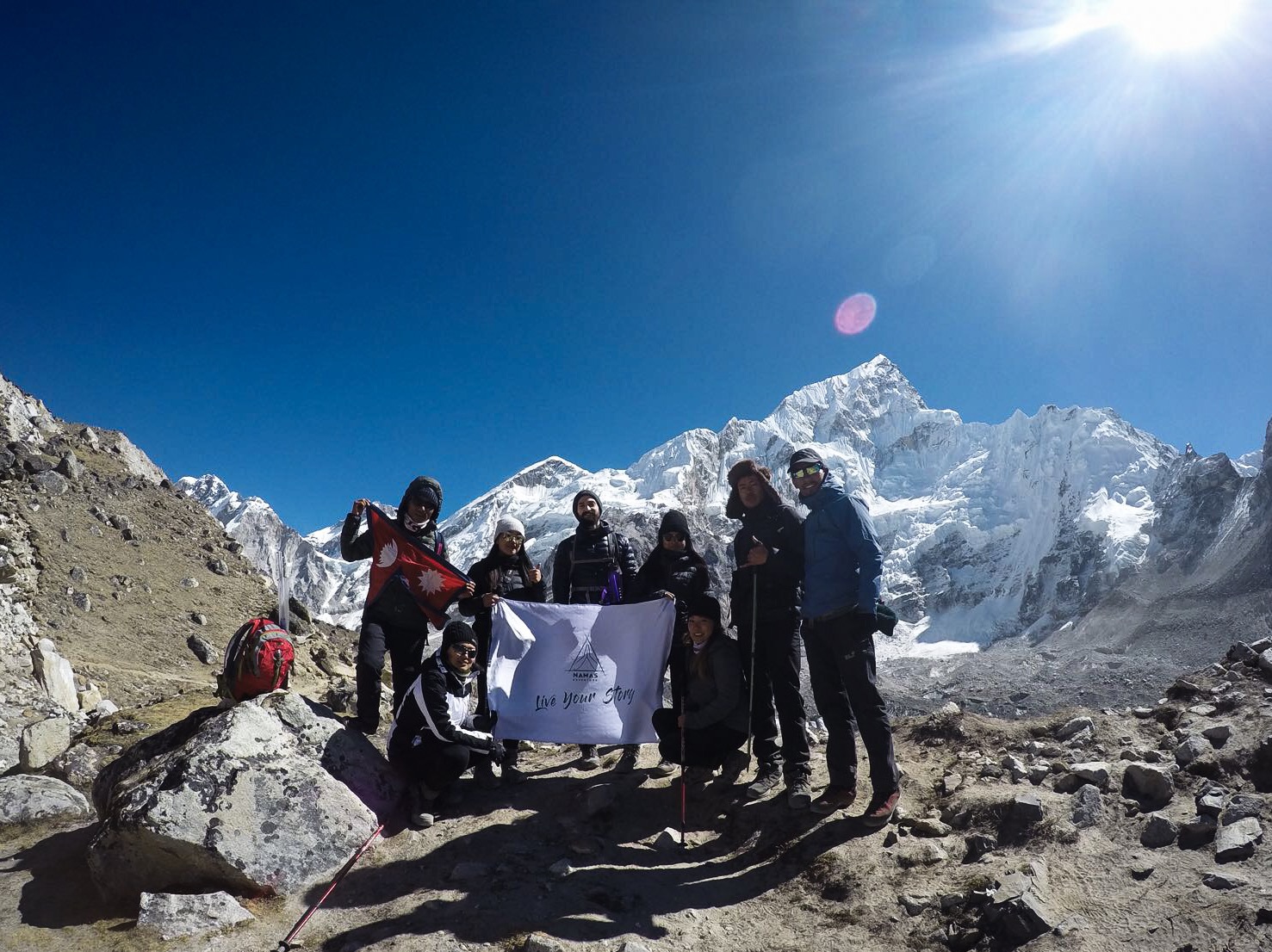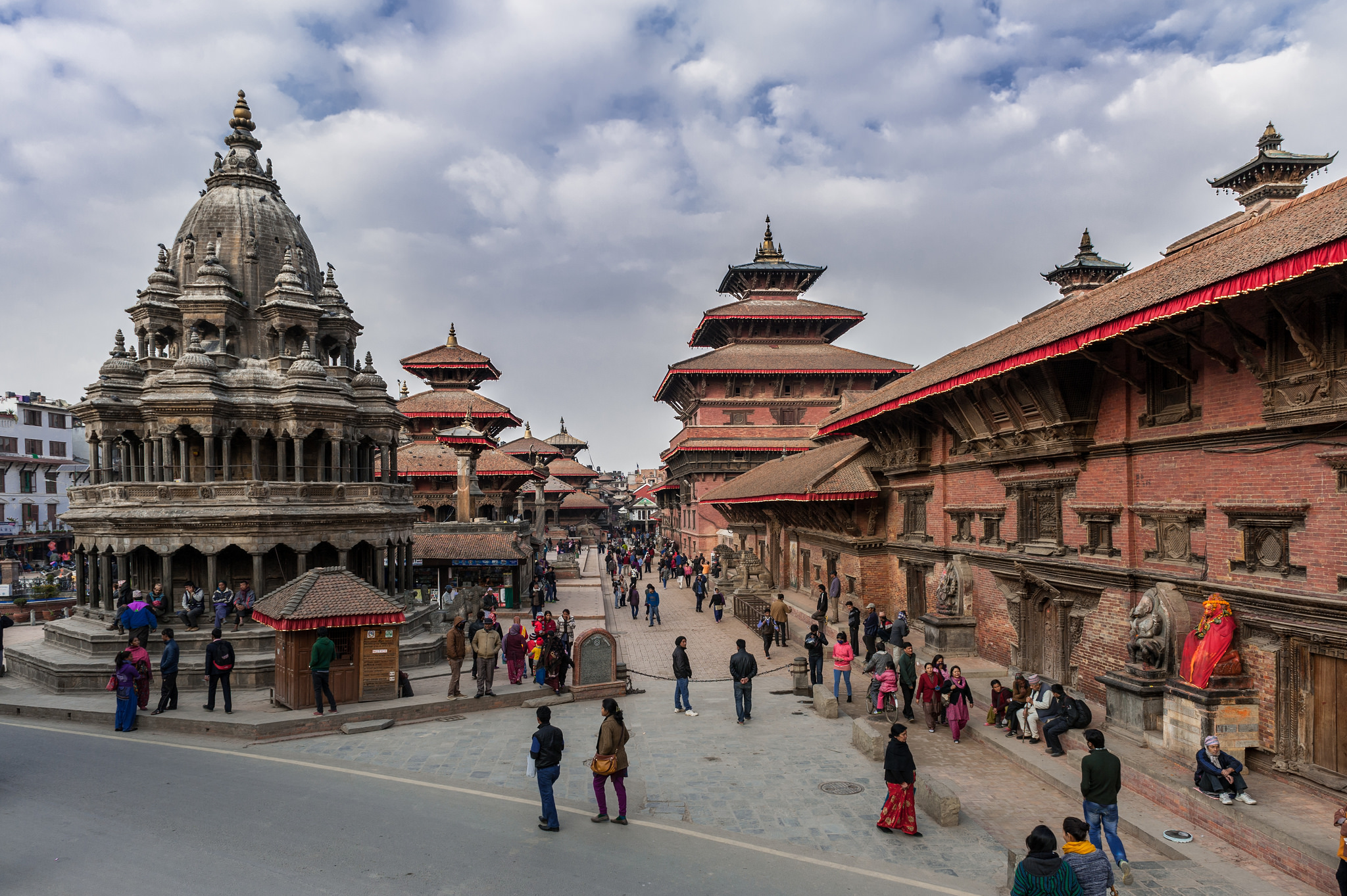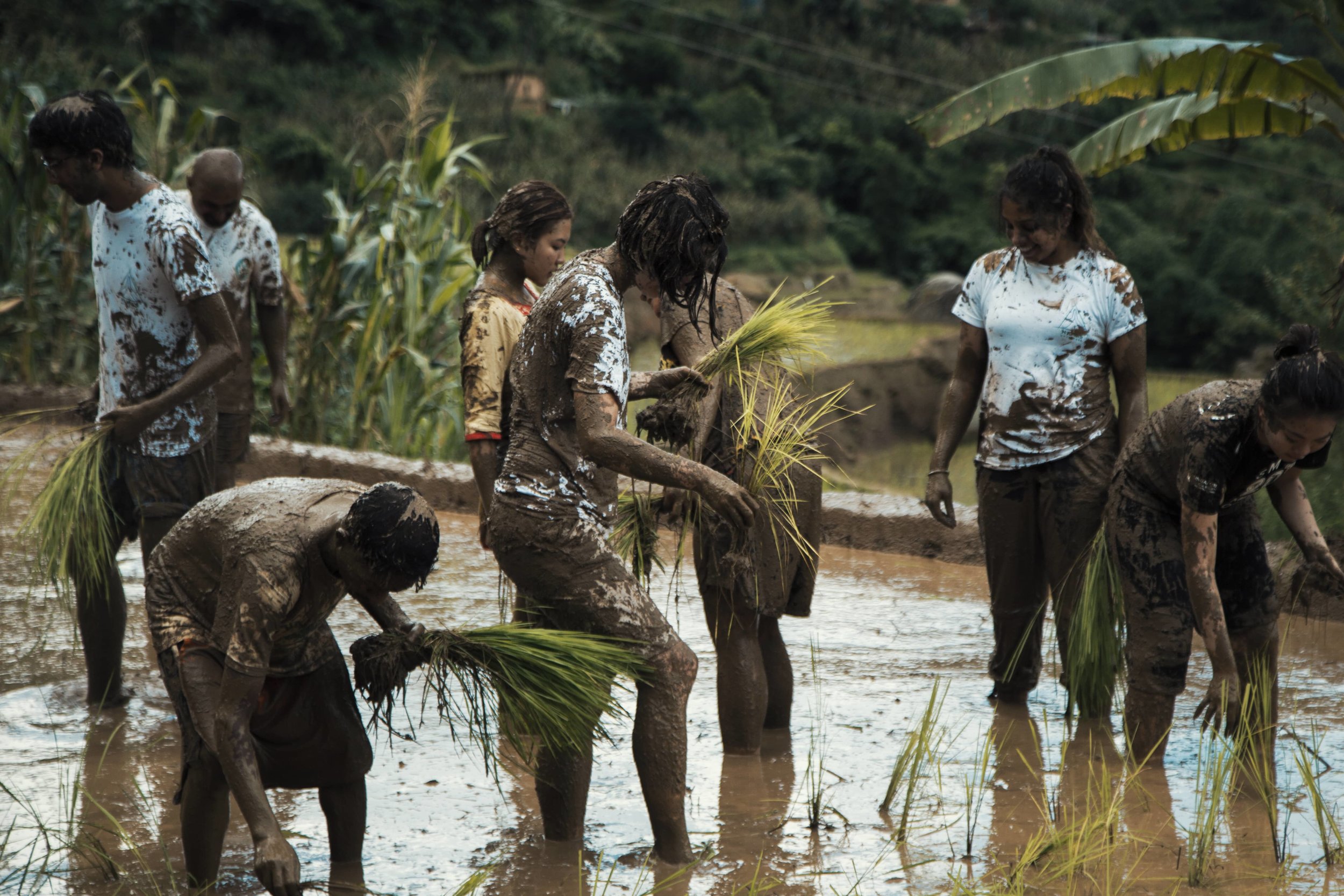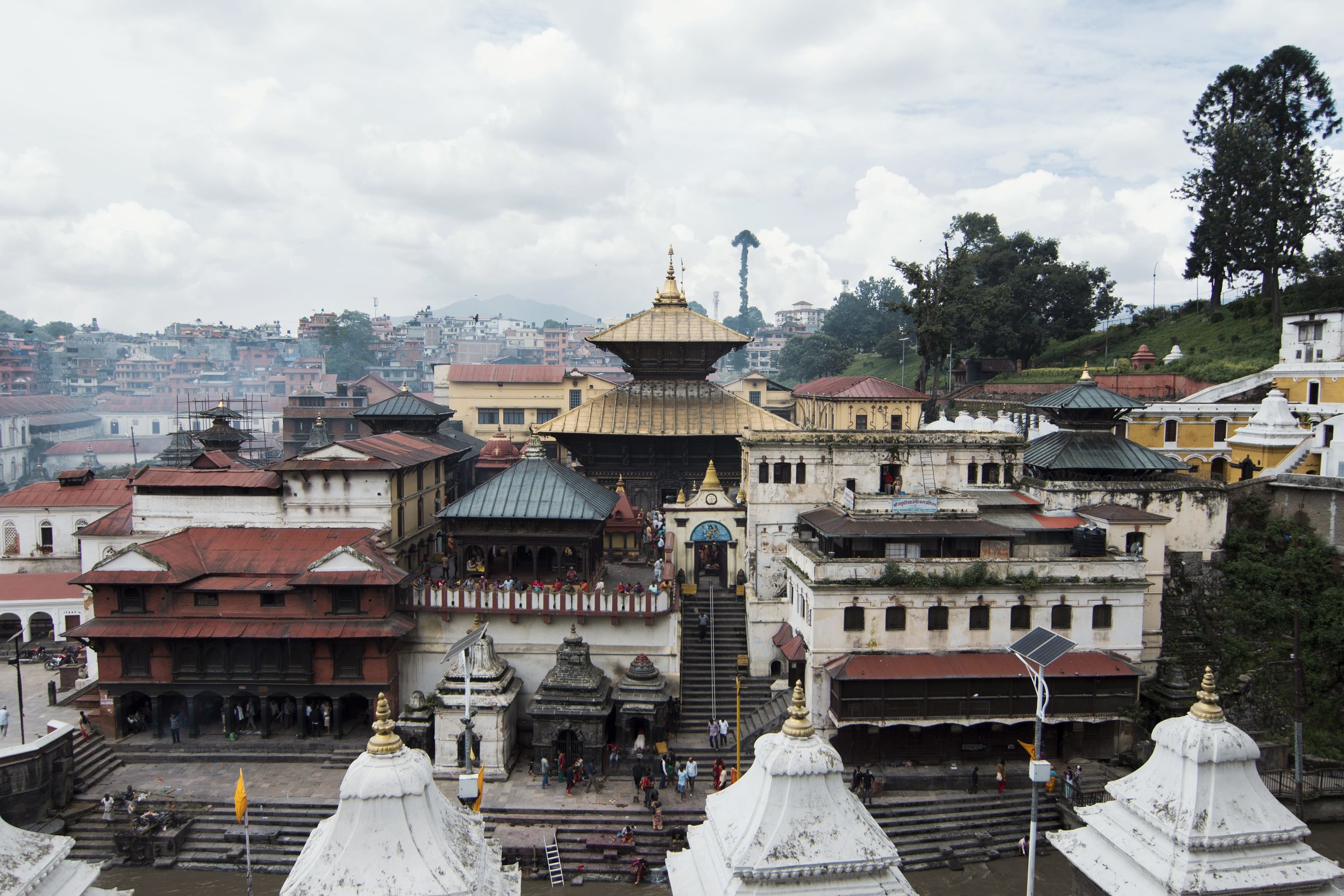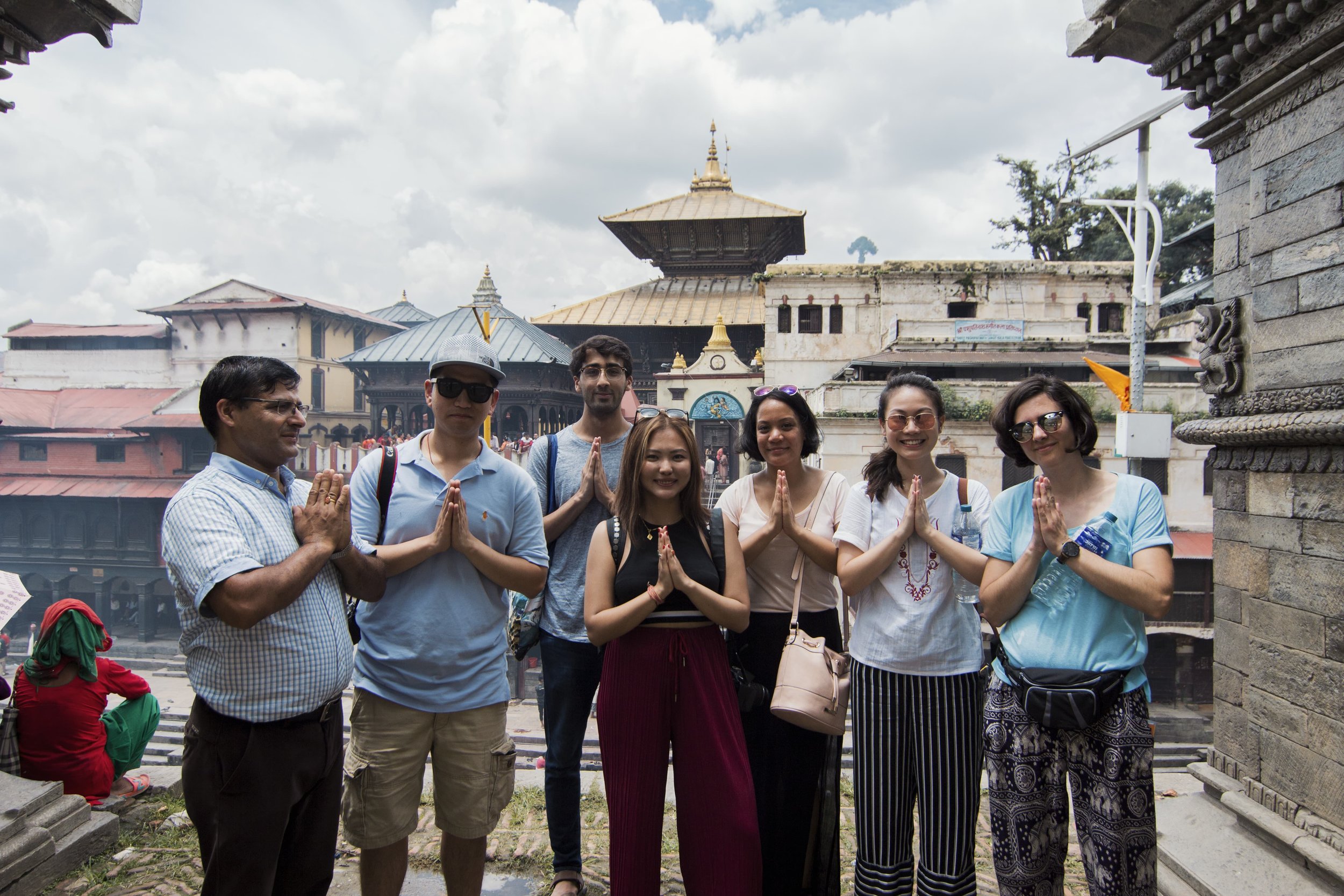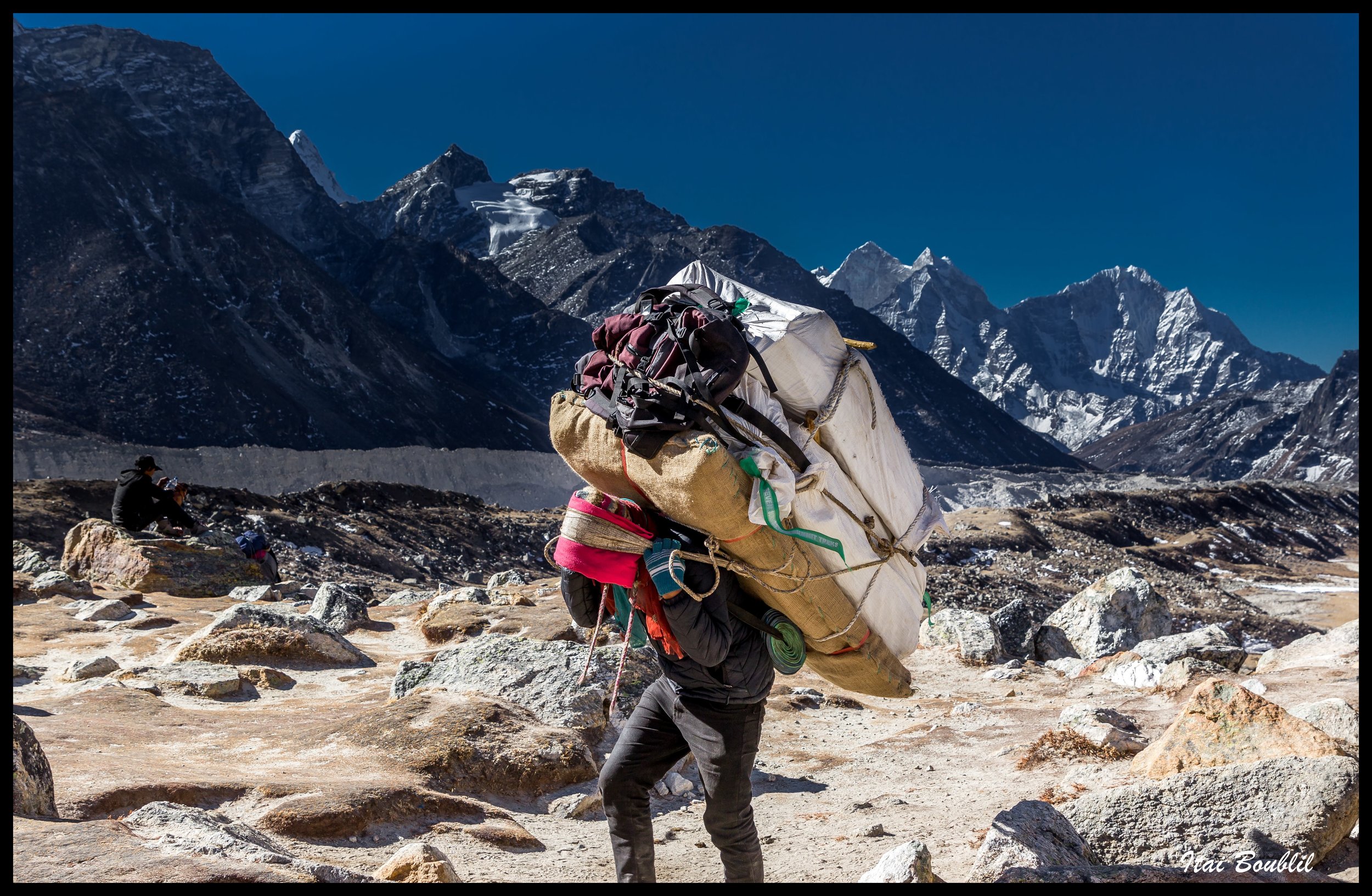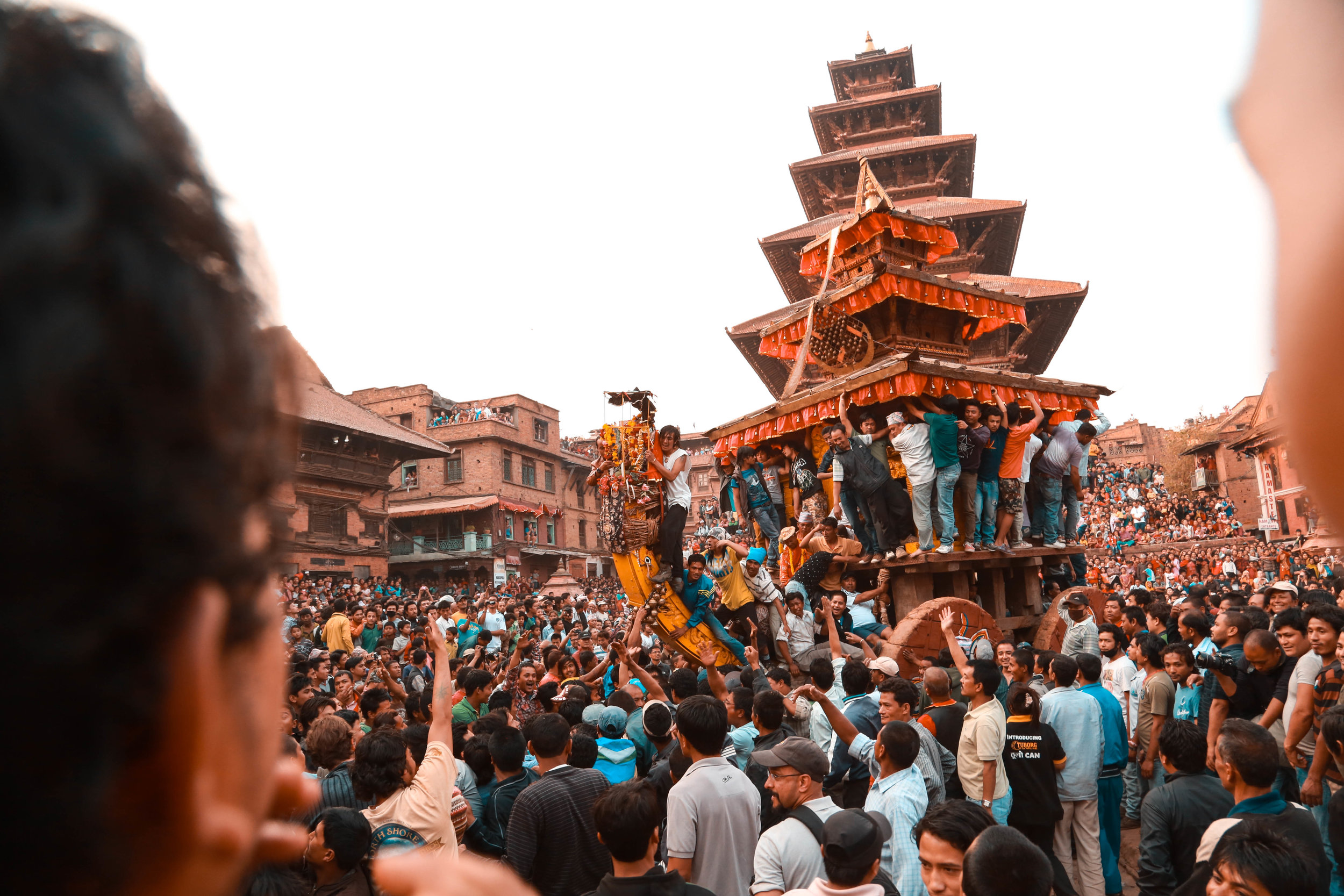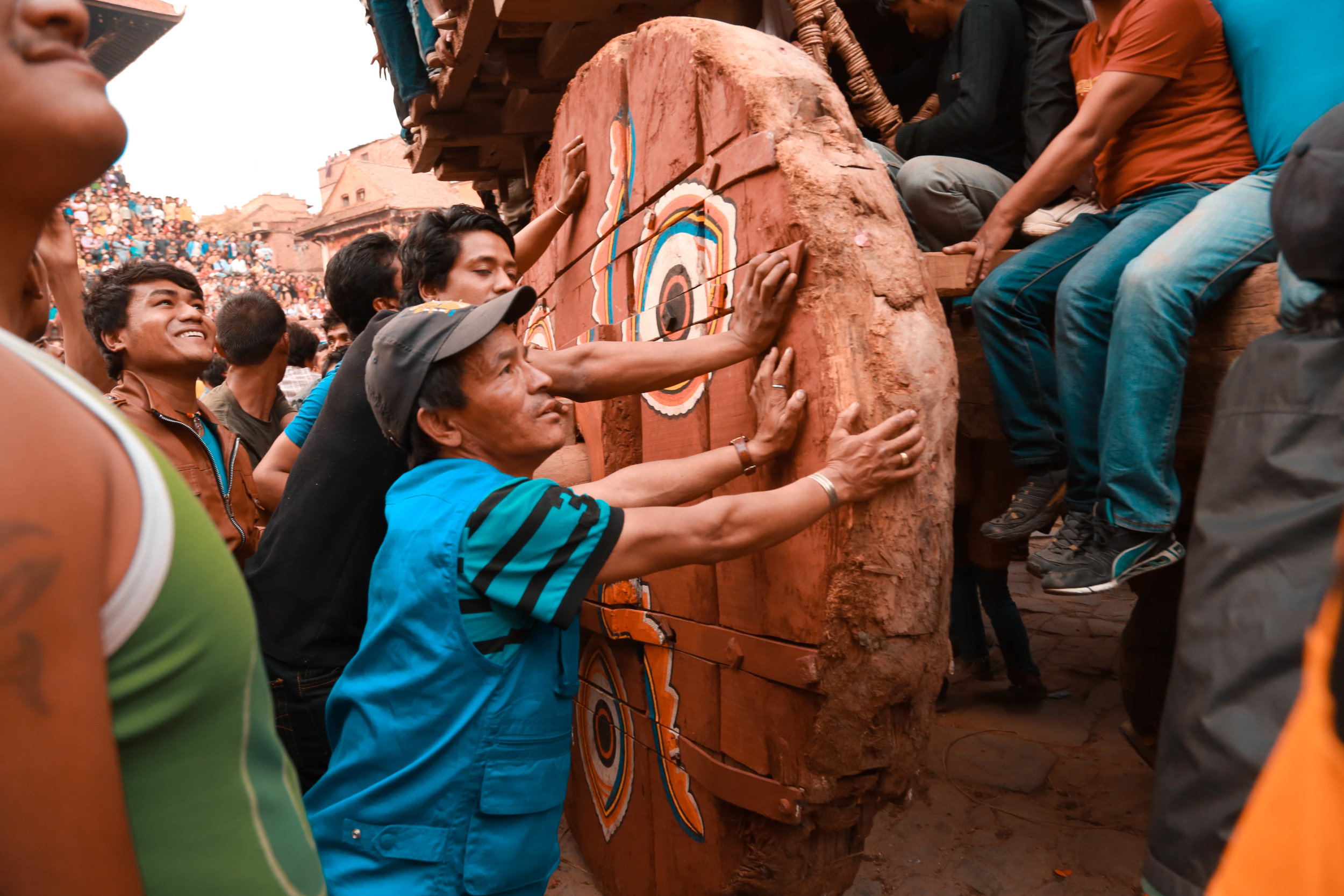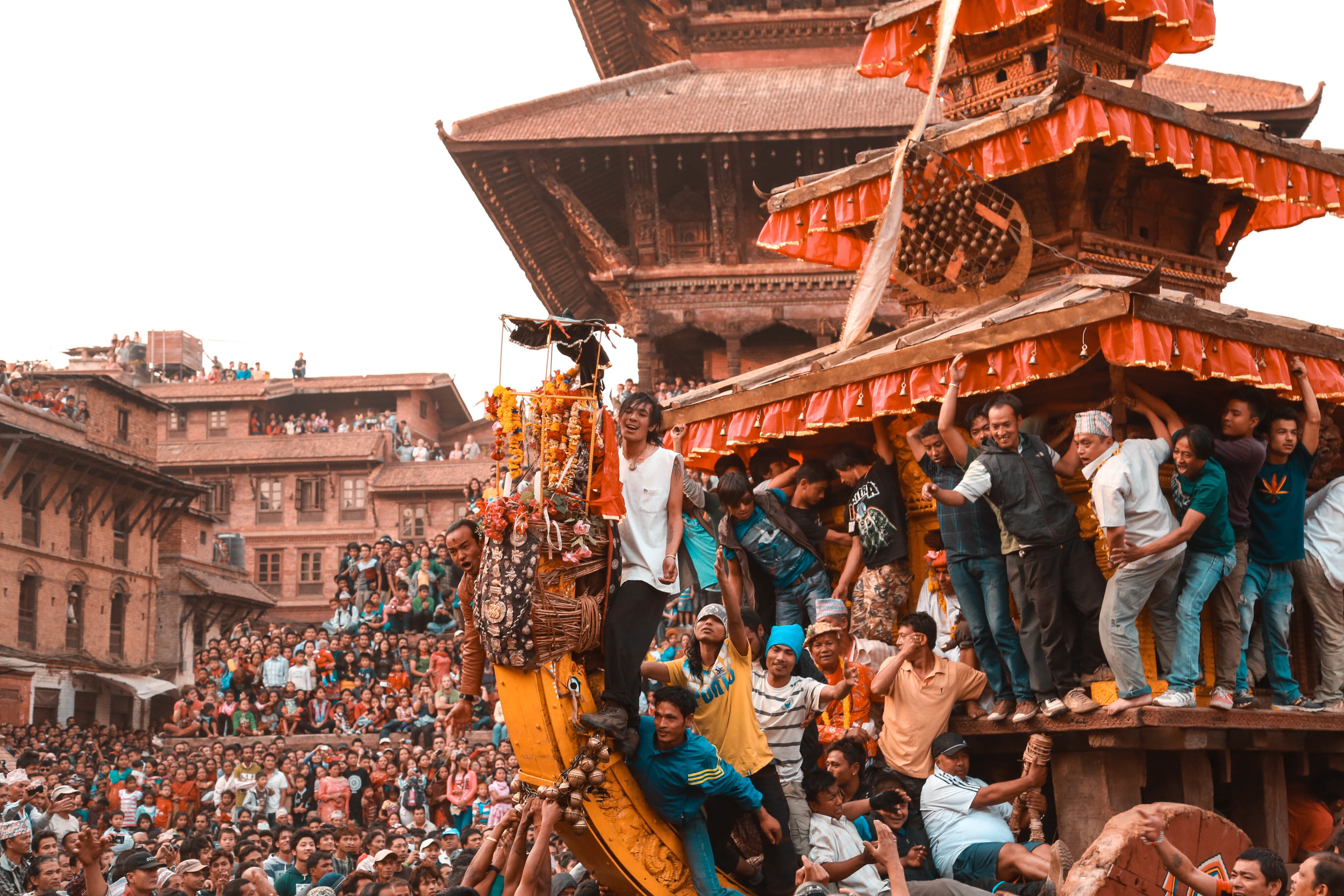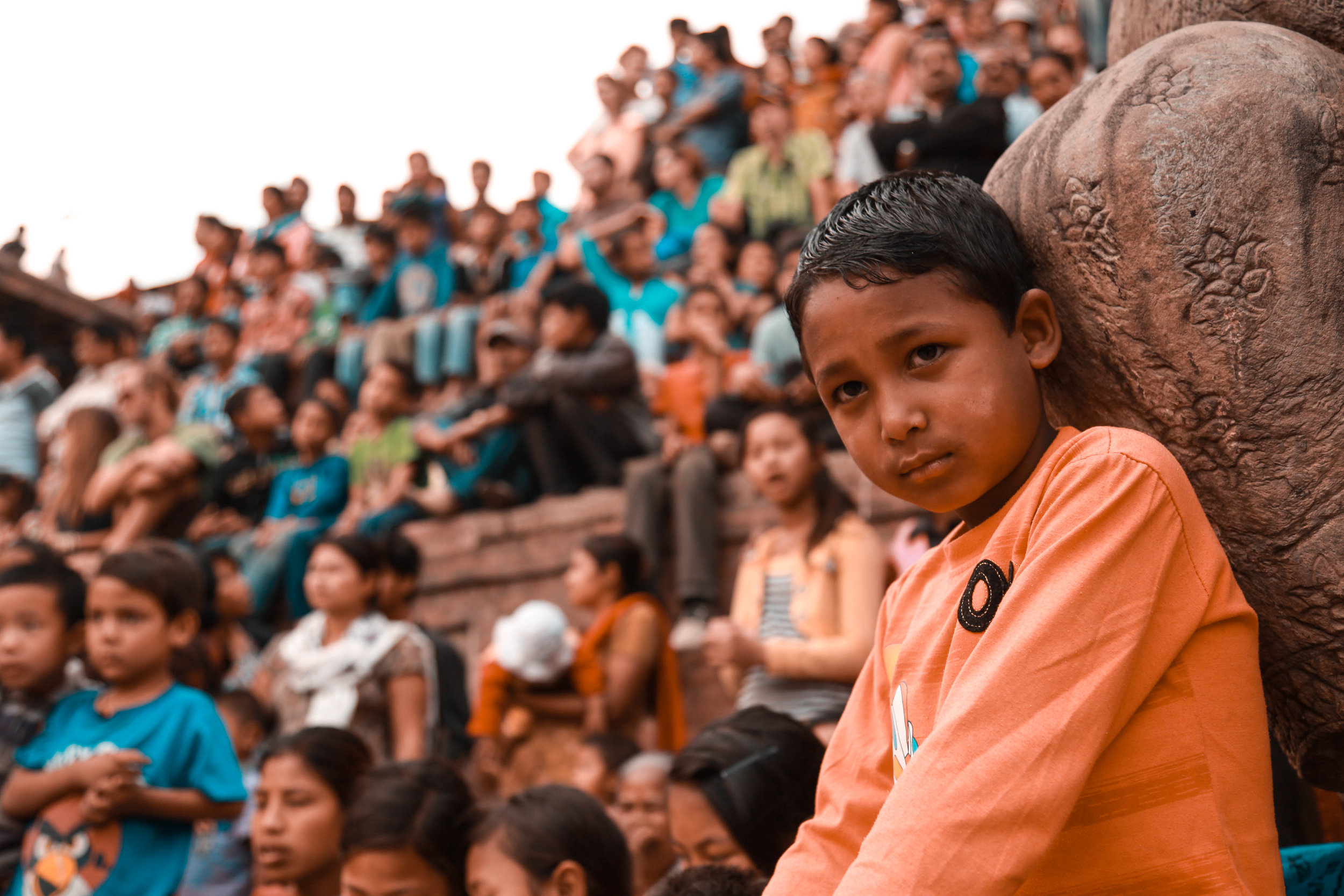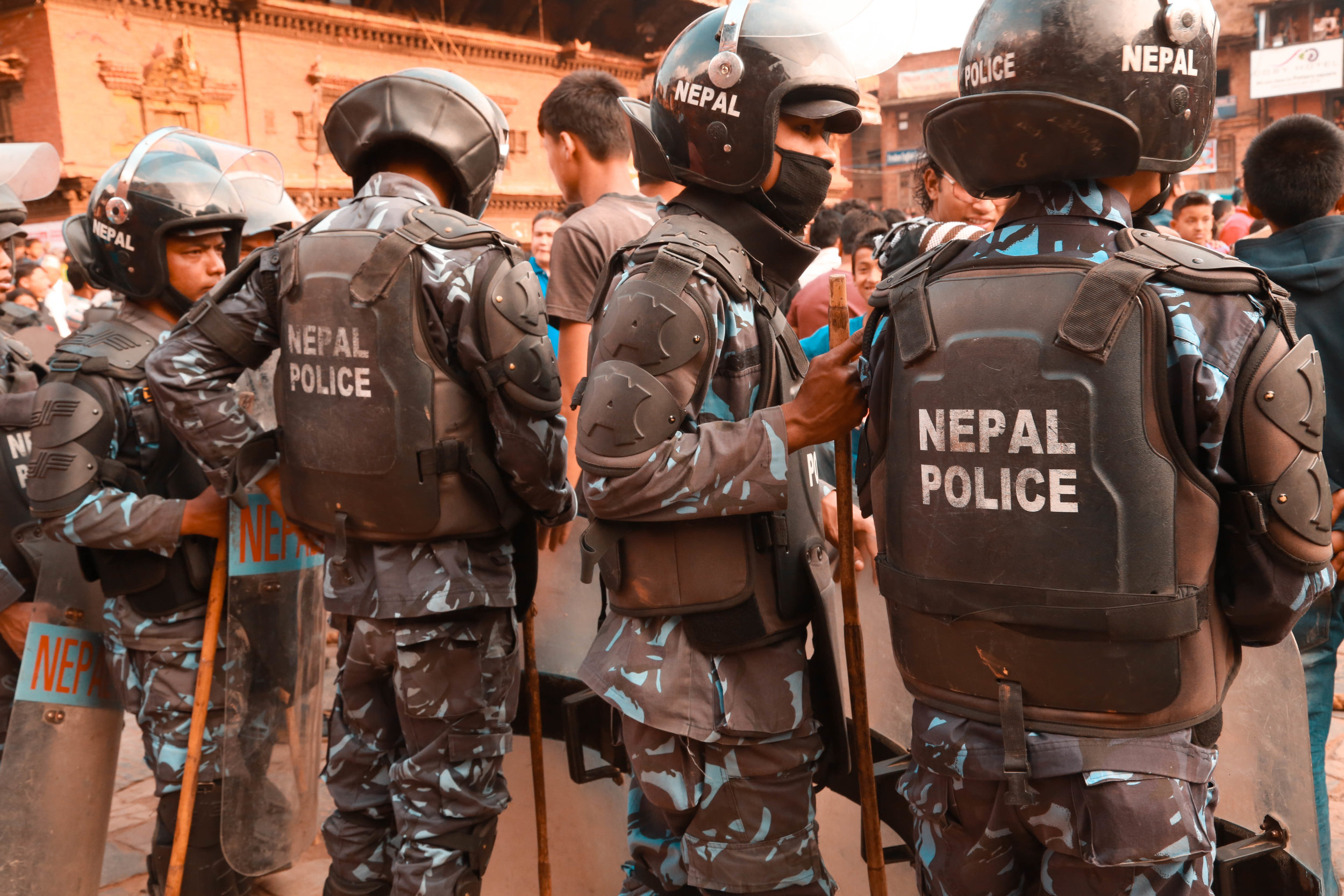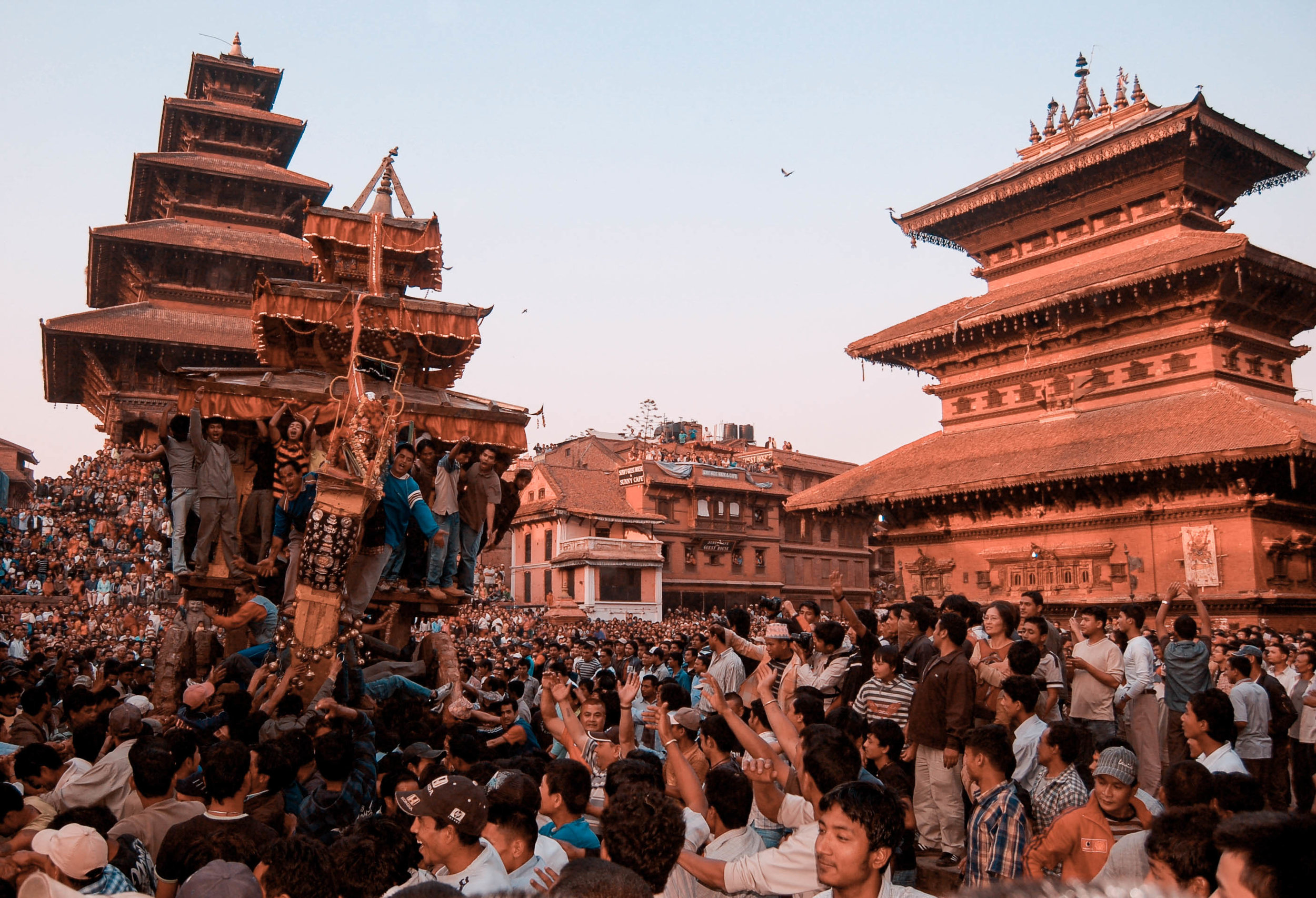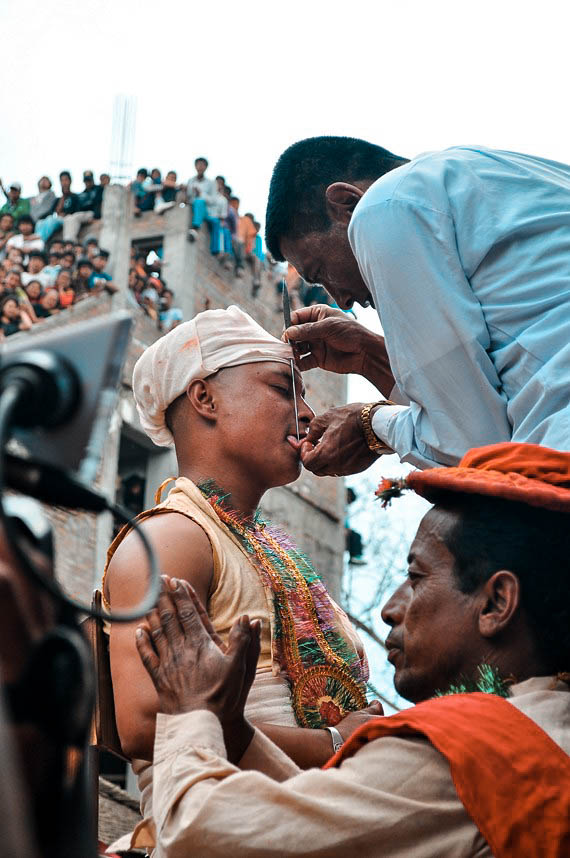7 remote trekking destination in Nepal - Namas Adventure
7 REMOTE TREKKING DESTINATION IN NEPAL
Photo by - Jackson Ho
Everest base camp and Annapurna region treks have rightly become one of the most popular trekking choices for travelers visiting Nepal. Why wouldn't it be? Firstly it's the charm of the world's greatest Himalayan ranges and secondly, it is easier to access these areas via flights to Lukla for all Everest trails and from Pokhara for all Annapurna trails. The momentum has only been building with rising adventure travelers coming to Nepal. 2018 was a great year for Nepal with the highest arrival to date of 1.2M travelers.
Visit Nepal 2020 is just around the corner and Nepal is seeking to welcome 2 million travelers which will be the first time in the history of Nepal's inbound tourism. With, Everest and Annapurna being the charm for most travelers we expect to see a significant rise of trekkers particularly in these trekking areas. I would say Everest base camp will be the most overcrowded and then following up to Annapurna base camp. In 2018, the Everest region saw 57,000 trekkers and the Annapurna region welcomed 1,73,000 trekkers, bearing in mind that the Annapurna region holds 5 major trekking trails. Annapurna circuit issued 28,060 permits in 2018. Annapurna base camp and Poonhill trek are the popular choices for most travelers.
So, it is only self-evident that the trajectory will rise and If I had to choose a trek in the Annapurna region then I would choose the Annapurna circuit. There are still fewer travelers compared to Annapurna base camp or Poon hill even with the rise in numbers in 2018. The traveler ratio is still half that of Everest trails. The landscapes are vast and the trail host beautiful diverse landscapes, challenging routes with the world's highest pass and the highest lake, culturally rich, and very welcoming people. If you are one for varieties in nature then this definitely is the one. Having said that if you really opt for a trek that is remote and with fewer people and you want the whole of nature to yourself then, we recommend the five remote, with no queue or even no people for several days. Just amazing nature all around you.
(Click on the images to find more about the tour info)
Manaslu Circuit trek - 17 days
2017 travelers: 6600 | 2018 travelers: 7300
The Manaslu Circuit sees fewer trekkers compared to the established trekking routes in the Annapurna region. The circuit is a stunning trek with spectacular views of Mount Manaslu (8163 m) and the Ganesh Himal Range, among others. Along the trail, you encounter an interesting mix of authentic Hindu and Tibetan-style Buddhist villages. The trail follows the spectacular Budhi Gandaki River all the way from Arugath to its source just below the Larkya Pass (5125 m). As you start low, at around 700 m, the landscapes are incredibly varied ranging from the green countryside and lush forests to spectacular high altitude landscapes skirting huge glaciers.
Upper Dolpo region and Phoksundo - 12-30 days
2017 travelers: 1500 | 2018 travelers: 1800
Trekking the Dolpa Circuit is an experience you'll never forget. You'll have the opportunity to experience life in the remote highlands. The trail passes through a variety of landscapes ranging from green pastures (in some ways resemblant of the European Alps) to barren rocks that extend into the Tibetan plateau. The Phoksundo Lake is of incomparable beauty, with its deep blue and emerald colors surrounded by steep bold rocks. On the way, you'll encounter small authentic villages steeped in Tibetan culture and tradition. Buddhism and Bonpo are very important for the people living in these villages and interwoven in everyday life.
Makalu BC trek - 21 Days
2017 travelers: 1550 | 2018 travelers: 1250
Makalu Barun National Park offers some of the most spectacular scenery in the Himalayas. The rewards of trekking here are fantastic but hard-won - this is remote wilderness trekking for the experienced. The trail to Makalu Base Camp takes you deep into the high Himalayas with the giant of Makalu, The Great Black, looming above you and Everest, Lhotse, and Baruntse in view. The verdant Arun and Barun river valleys lead to Makalu Base Camp.
Upper Mustang - 17 Days
2017 travelers: 4250 | 2018 travelers: 4,100
Website link: (Upper Mustang, click here)
The Upper Mustang trek brings you into the hidden world of the old Buddhist kingdom of Mustang, also called Lo. Lo used to be part of the Tibetan empire and is therefore closely tied to Tibet in culture, language and geography.
The region’s isolation from the outside world has contributed to a highly preserved Tibetan culture and unspoiled nature. Mustang lies in the rain shadow of the Dhaulagiri massif creating a ruggedly arid land surrounded by rocks in all kinds of colors and impressive formations. This barren landscape is dotted with settlements of whitewashed houses, barley fields, and Chorten festooned with prayer flags which add a splash of color to the landscape.
Langtang trekking - 11 Days
2017 travelers: 8500 | 2018 travelers: 10,650
Langtang trekking takes us through a dense deciduous forest of oak, maple, spruce, fir, and blue pine and bamboo havens, the agricultural lands of the Sherpa and Tamang-Tibetan people until we reach the spectacular panoramic view of Dorje Larpa (6990m.), Langtang Ri (6370m.), Langtang Lirung (7245m.). Here, in the cusp, lies the resurrected village of Langtang, a beautiful sight for sore eyes, especially when under the veil of the night and its starry skies.
Kanchenjunga Trek - 22 Days
2017 travelers: 470 | 2018 travelers: 970
Image by- Craig cassover
Please email us at namas@namasadventure.com for Kanchenjunga details
Trekking in Kanchenjunga offers the most beautiful Himalayan scenery. You will see the best views of Mt. Kanchenjunga, Mt. Makalu, and Jahnu Himal. You will also see towering heights of Mt. Rothang and Kabru above a moraine on the Nepal-Sikkim border.
TSUM Valley Trek - 19 Days
2017 travelers: 1690 | 2018 travelers: 2050
Please email us at namas@namasadventure.com for Tsum Valley trek details
Tsum Valley was a restricted area until it was opened for trekking in 2008. The Tsum Valley is a sacred Himalayan pilgrimage valley situated in northern Gorkha, Nepal. Literally “Tsum” means vivid. Against the majestic backdrop of the Ganesh Himal and Sringi Himal, and Boudha ranges, this serene Himalayan valley is rich in ancient art, culture, and religion. The local people are mostly of Tibetan origin and speak unique dialects. Trails are strewn with artistic Chortens and lined with mani walls made of thousands of stone slabs carved with drawings of deities and inscribed with prayers. The famous Kyimu Lung, a pilgrimage circuit in the central Trans-Himalaya, is well known for its center of learning and meditation. This circuit traverses the Tsum Valley the Manaslu area in Nepal, and southern parts of Tibet.
If you are the kind of traveler who is seeking a more remote pristine adventure, want to stay off the grid, and just enjoy the pure joy of silence, amazing landscapes, and pristine wilder trek then these are definitely the choices for you. Nepal holds so much more beauty and the focus has been on the Everest region mostly, so if you want to travel away from the crowd, visiting these destinations won’t disappoint you. We at Namas Adventure can organize these trekking tours for you, please email us if you want to travel to these amazing pristine beautiful destinations.
If you do have any more questions, please ask us below in the comment section or you can email us at bookings@namasadventure.com and our team will get back to you as soon as they can.
Stay well. Challenge yourself. Dare great things and live your story.
Reference:
Nepal tourism data - http://www.tourism.gov.np/
Annapurna circuit - https://thehimalayantimes.com/nepal/annapurna-circuit-witnesses-highest-number-of-tourists-in-2018/
Mera Peak a treat of panoramic Himalayan vista - Namas Adventure
MERA PEAK A TREAT OF PANORAMIC HIMALAYAN VISTA
Now, I am not exaggerating by that headline for Mera Peak. In this blog post, I am trying to share the visual journey of the Mera Peak trek/climb. First let me admit, although Mera Peak is classed as a beginners peak, I was dead tired (exhausted) by the time I got back from Summit to high camp. To me, that climb did not feel like a beginner’s climb or maybe I just was not fit enough (gotta train harder). Every Sherpa leader that I met there was like yes, this is the easiest one and the only peak with a very wide 360 views of all the Himalayas. I could feel my whole body burning with tiredness and at the same time, I was ecstatic as well because I was back safely from the summit. It was not that I had doubts about making it to the summit but I wasn’t expecting the degree of fitness I needed to have to make that climb. I have so much respect for all the Sherpa leaders that can just march up these peaks like it’s a walk in the park and I could only imagine the level of fitness everyone has when they guide the guest to 7000 - 8000 M peaks. I have realized that I need to upgrade my level of fitness by some fold and have more experiences under my belt to climb higher mountains. Next stop Baruntse Peak 7129, Tilicho peak 7134, Amadablam (climbers consider this tougher than Everest) the tough one 6810 technically challenging, Manaslu 8156 in the next 2 years.
So first all the technical details about Mera peak. The peak stands tall at 6476 M tall in Makalu valley. The mountaineering association in Nepal considers Mera as a trekking peak rather than an expedition peak which is just about right.
Beginners/ Intermediate trekking peak. No mountain climbing experience is required for this trip. Although previous trekking experiences do help.
18 Days total climb. But can be shortened 12/13 days, Mera Peak express ( Taking helicopter from Lukla to Kothe or Khare to Lukla. Additional charges apply)
Fitness level required. Endurance and strength training suggested.
Pro tip: To better your chance of making it to the Summit, make sure your itinerary has Base camp 5200M and high camp day 5800M. Both are tented camping.
Gears rentals can be done in Khare but I would highly recommend getting your own gears. I rented their equipment ( sleeping bag ) for the sake of trying and I would not recommend it at all. You will need all the mountain climbing gear for this trek. Even the boots are made of plastic ones which do not provide enough protection from the cold.
Best time to visit. March-May ( less traffic ) September - November ( high traffic )
Next goal Baruntse or Tilicho Peak ( 7000+M) mountain.
360-degree views of the Himalayas from high camp all the way to the Summit. Mt. Everest, Lhotse, Cho Oyu, Nuptse, Makalu, Kanchenjunga, and hundreds of small peaks are visible. On a clear day expect yourself to be completely blown away by the never-ending view of Himalayan vistas.
Mera peak trip was a job as well as an adventure. So the trekking trail separates from Lukla going south in the other direction than the Everest trail. That helps us avoid all the huge traffic that goes to the iconic base camp trail. The trek up to Nimgsa is pretty much walking one hilly trail, passing through small villages. But after that, the trail gets tougher and the snow made the trails even harder at some point. Mera isn’t a popular choice as Everest trails so the trails are not as well taken care of or are built like most on Everest base camp trails. On some part, we literally had to use our hands and feet to just climb the steep stairs and the trail wasn’t a gradual one. One minute it goes straight up and the other minute it’s a steep downhill but after Kothe camp, it was gradual uphill which was good.
The Himalayas are only fully visible after we left the Kothe camp. As we were gradually going higher the mountain tops with different shapes slowly appear and the next thing you know it’s on your right/left and slowly the Mera range appears right above on the right corner. We made a pit stop at a nearby glacier lake, which was 90% frozen. Kothe was our final tea house camp place. By the time we get to Kothe, we are now pretty much walking by the mountains. I could see this frozen sharp ice on the cliffs of the mountains. Finally, upon arrival in Kothe, we could see Mera peak and the other range just above. Our guide (Lopsang Sherpa) pointed to us the glacier we were to walk on before reaching high camp. To my surprise, the tea house in Kothe was the best one out of all during the entire trek.
So we acclimatized and rested in Kothe for a day then we set about for Mera Peak base camp. Now, this is the most tricky bit in Mera. Mera base camp is only built upon request and many will say oh! why did you have to have Mera base camp or it is not necessary or you can make your way to high camp directly. A lot of the operators choose not to do this because it adds an extra day to the itinerary or is only 3 hours walk from Khare camp. But when it comes to mountain and you want to better your odds of making it to the summit and completing your trek/ expedition rather than rushing and not acclimatizing properly. So, as a company, we choose to have Mera la Base camp in our Itinerary so that our clients and group has a better chance of successfully completing the journey. Then once we rested at base camp and moved on to High camp that’s when the real test began. From this day onwards we are on our harness, ropes, crampons, and mountain climbing shoes. Perfect practice for the next day’s summit climb. From the base camp, the terrains is completely different. We started off with a steep 80 degree walk up the snowy hill and then to the blue ice glacier climbing 4 - 5 hills to Mera high camp. You are walking slowly on those ice paths all the way to the Summit. Still, a tiring walk but the place they chose for a high camp has such a great view. It looks crazily dangerous as the campsite is just on the flat base side of the cliff and a 500-600 m drop after that, somehow it’s safe to station the camp there. So, the group arrived there and we rested in our camp waiting for the big day tomorrow. We briefed our team the next day as we had to start our climb to the summit at 4 am in morning.
The next day we were all set and ready to go at 4 am. We started in the dark and sunshine was scheduled around 4:30 am-ish, so as we were making our climb on the snowy slopes we could slowly see the sun rising just behind the Himalayan ranges. What a sight, to see the colors change and the white snow slowly light up making the whole climb shinier and brighter. Shades on and we started to move up to the summit. The walk to the top was a killer one. So on the high altitudes, anyone climbing is not supposed to stay out exposed out in the cold/ wind for long. Every break we took was a quick 30s to 1 min and then off we go again. I can’t remember the number of breaks we took but I am pretty sure we take a handful of one. It took us around 4 hours to get to the summit. Just when we were to reach the summit the final climb was a 90-degree vertical ice block and at that moment in my head, I was like how am I to climb this and then our climbing leader just took us a sideways walk from and slowly side-stepping we climbed the to the summit. I was exhausted, tired but joy overfilled me with what we had achieved. The whole group was at the summit and we spoke on the radio with our team at Kothe camp. There were congratulation, hugs, laughter, and tears. This was one of the hardest things that I had done but definitely worth it. This was it all the month’s worth of planning and preparation was for this climb. All the clients were at the top which was another achievement for all the Namas adventure team.
This was definitely a great experience for me because as a founder of Namas Adventure I want to understand as much as I can of work that goes during our tour operations which gives me the perspective of how our staff is doing while on tours and expeditions, as well as understanding in what ways we can improve in our services, having a great time with people with the same interest and enjoying my passion of climbing mountains, inspiring through our work and seeking for greater adventures.
This is the story I chose and it has been an amazing learning and developing so far. The story continues ahead and our message as a company leads with inspiring human individuals to choose to live their story.
Live Your Story.
See you in future adventures and good luck with many adventures ahead. The upcoming expedition that I will be joining Baruntse Expedition, Manaslu Expedition, and Amadablam Expedition.
If you do have any more questions, please ask us below in the comment section or you can email us at bookings@namasadventure.com and our team will get back to you as soon as they can.
Stay well. Challenge yourself. Dare great things and live your story.
Things to do In Pokhara
Heaven on Earth, City of Pokhara
Pokhara is a remarkable place of natural beauty. Situated at an altitude of 827m from the sea level and 200km west of Kathmandu valley, the city is known as a center of adventure. This enchanting city has several beautiful lakes and offers stunning panaromic views of Himalayan peaks. The serenity of lakes and the magnificence of the Himalayas rising behind them create an ambience of peace and magic. So today the city has not only become the starting point for most popular trekking and rafting destinations but also a place to relax and enjoy the beauty of nature.
Pokhara is part of a once vibrant trade route extending between India and Tibet. To this day, mule trains can be seen camped on the outskirts of the town, bringing goods to trade from remote regions of the Himalaya. This is the land of Gurungs and Magars, hardworking farmers and valorous warriors who have earned worldwide fame as Gurkha soldiers. The Thakalis, another important ethnic group here, are known for their entrepreneurship.
Getting here
Domestic Flights - 30 - 45 Min flight time from Kathmandu domestic airport.
Ground Transport - 6 hours of scenic ride by passing smaller busy towns. There’s a good chance you might be stuck at a traffic in Thankot just before passing the hills of Kathmandu. It might be 4-5 hours our waiting time.
Phewa lake
Phewa lake, the second largest lake in the kingdom, roughly measuring 1.5 km by 4 km, is the center of all attractions in Pokhara. The enchanting lake is an idyllic playground. Brightly painted wooden boats and sailboats can be rented on reasonable cost around lakeside.
The lake is neither deep (roughly 47 meters at most) nor particulary clean, but the water is warm and swimming is pleasant if you don't think about the probable pollution.
The eastern shoreline of the lake, popularly known as Lakeside or Baidam, consists of seemingly endless strip of lodges, restaurants, bookshops and souvenir shops. One of the fascinating parts of lakeside is the splendid view of the mountains, especially when the still water reflects the peaks, creating a double image.
Paragliding, Zip wire and Bungee Jumping
Several paragliding operators can be found in Lakeside. The rates is USD 120 maximum for foreigner, USD 90 maximum for Indian national and USD 70 maximum for Nepalese during the season time. During off season it could go down to 60 USD for foreigners.
Highground adventure operates zipwire and bungee. Combo price $120.
Avia Ultra Flights
It is a unique type of mountain flight experience only found in Pokhara. Prices are details can be found in the Avia club’s website. More infos in: https://aviaclubnepal.com/
Hot air Balloon ride
Hot air balloon services resumed again from 2018 with sole operator Balloon Nepal currently in Pokhara only. Price rates ranges from USD $90 thetered flights, free flight for 30 minutes USD $120 and Magical Voyage experience, 1 hour flight USD $160.
NightLife and Entertainment
Lakeside is famous for its tourist lifestyle. Pokhara is very welcoming to touristic lifestyle and live band performances are usually open until late 2 - 3 am in the night especially for tourist. Great food and great people. Lakeside holds range of hotels, restaurants, bars, music live band venues and clubs. Places recommended Busy bee, Altitude restaurant, Irish Bar and many more can be found on the street of Lakeside.
Food and Culture
Pokhara shares distinctly different food than Kathmandu. Pokharalies as the local define themselves have almost similar yet different food and culture than the capital. Which makes it unique on its own way. Pokhara offers various types of foods. Wester, Asian, and Nepalese.
Short Trek trips to Near villages from Pokhara City
Most of the Annapurna region trek begins from Pokhara but if you would like 2-3 tailored trips we can recommend various trip packages. i.e. Mardi Himal trek and Poon Hill trek is the most famous taking you closer to the mountains and other 1 day treks such as Dhampus or Lwang 1 day trek.
Other attraction in Pokhara - David's fall, Bat Cave, Villages, Power House, Pokhara Museum, Sarangkot for Pokhara View and World Peace Pagoda and many more.
15 Important things to know about Everest Base Camp
15 IMPORTANT THINGS TO KNOW ABOUT
EVEREST BASE CAMP
Everest Base Camp 5340M
Climbing Everest Base Camp has been an iconic destination for many adventure travelers. I have had the luxury of traveling to Everest base camp since it was on my dream adventure list before heading into higher mountains. Through my experience of trekking solo and other times guiding with fellow Sherpa leaders, I want to share some valuable tips that will make your trip easier.
Tips are in no particular order, they are just written down as I learned them through my experience.
1. Bring cash USD and Rupees
If you have booked your tour with a travel/tour agencies then all your necessary expenses are covered. But you would want to bring in extra cash just in case you want to buy anything that is not included in your package (ie alcohol, chocolate, or energy bars). If you are traveling solo then Nepalese rupees is a must, I would recommend around (Rs 1 Lakh 50 thousand or $1500). You want to make sure you have enough cash to tip your guides and porters and for any unplanned events.
2. Get insurance
Buying normal travel insurance and travel insurance for Everest base camp is hugely different. You will be standing at 5,644.5 m (18,519 ft) above sea level and on top of that, you are traveling to one of the most remote and rugged regions on Earth. There is no vehicle roads there so the only option is helicopter evacuation or the other option is a painful Dzo/mule ride down the terrains. High altitude-related illness, accidents, diarrhea, cough, and natural disasters like avalanches and rockfalls, are expected while trekking in Everest Base Camp. My best suggestion is to get the travel insurance that covers helicopter evacuation, repatriation, and independent trekking (if you are going solo) up to 6000 m (18,510 ft) and higher if you are doing side trips to Mt Lobuche, Mera, or Island Peak. It is very important to spend some time going over terms and conditions that could ease the process should you need to claim it back.
3. Flight to Lukla and buffer days ( Very important )
Weather conditions in the Himalayas can change rapidly and aviation schedules are not as reliable as you might expect. The flight between Kathmandu and Lukla where the Everest Base Camp trek starts is frequently delayed and maybe canceled for the day or several days in succession. In the event your flight is canceled you will need to either rebook your flight for the following day or attempt to get you on a chartered helicopter. You are responsible for the extra costs of helicopter flights which might be $250 - $400 per person or more. If you end up taking a helicopter instead of your flight you can ask for a refund of $150 of the flight fare. A similar case applies when you want to return from Lukla to Kathmandu. If you have booked your trip with travel/tour agencies like ours then the reps from the company should give you these options and take care of the refund amounts.
This happened to me when I was at Lukla, waiting for my flights back to Kathmandu. Flights were canceled due to poor weather. Some people were stuck in Lukla for 2 days waiting with no way out. If they had to fly the next day home, they would have missed their flight. So we chartered the helicopter to get back to Kathmandu.
Best seat - Sit at either the front or back of the plane on the left-hand side when flying to Lukla for best views. The Himalayas are on the left and the front and back are not obscured by the wings of the plane. Sit here for your first glimpse of Mount Everest before your trek. It will help to build excitement and the view is awe-inspiring.
4. Buy the right gear. ( Do not compromise on quality gears)
I highly suggest you buy the right clothing and gear before coming to Nepal. But even if you forget or wish you do not want to carry all those loads all the way then everything you could possibly need to climb to Everest Base Camp is available in Nepal. If you need it or forgot it, you can get it in Kathmandu. Check out our gear checklist blog.
5. Filtered water bottle
I cannot stress enough the importance of a filtered water bottle when coming to Nepal. You do not want to be buying plastic water bottles every time so instead, use bottles like (Life-straw or similar brands) which I find it is a lifesaver where ever I go in Nepal. Save the environment by not using plastic bottles and save money by using water from natural sources.
6. Pack a map and books to read
You will want to reference regularly, check altitude symptoms, illnesses, your route, and what to expect. Trekking to base camp takes several days and it can get a little boring at times. You may only have the energy to lay in bed and read a book, so bring a good one. You can buy books in Kathmandu and at Namche Bazaar.
7. Hand-wipes and sanitizer.
Showering is really not recommended in high altitude cold temperatures. You won't be showering much. Nobody does on Everest after their fifth day of the trek or until their 11th day. Showers are not very appealing at -10 degrees Celcius and you won’t be getting proper shower facilities after Namche Bazaar. Hand wipes and hand sanitizer are lifesavers, keeps you clean and smelling fresh.
8. Give ways to Yaks and Sherpa's at all times and traffic on trails
When trekking a yak train comes, move to the mountainside to get out of the way. You don't want to be nudged off a cliff by a yak or get hit by one. Sherpa's and porters work hard on the Everest trail, they are constantly taking supplies up and down the mountain. Help make their life easier by staying out of their way.
Everest trail is one of the most famous trails in Nepal and during the peak season the region welcomes around 15 - 20 thousand travelers. So you should expect a bit of traffic and don’t be surprised by so many travelers. The busiest month is April as it is the only time for mountain expeditions so a lot of mountain climbers will be heading up the route and October is another busiest month. So, if you want to avoid traffic plan your trek around early March, September, or towards November and December.
9. Keep batteries close to your body.
Sleep with them in your sleeping bags. Charging batteries is very expensive per hour (almost $5 per hour) The cold drains batteries quickly, extends their life by keeping them warm. Charges for batteries near or below Namche Bazaar 100-150 NPR/hour – Closer to Base Camp 300 NPR/hour
10. Everest viewpoints
Mount Everest, Nuptse, Ama Dablam seen in background
Everest is only visible from a few points during the Everest Base Camp trek. On your acclimatization day at Namche make sure you take the acclimatization hike to Everest view point hotel for an amazing panoramic view of Everest and other Himalayan ranges. Tengboche is another site from where the tip of Everest will be visible and the finally the mighty walk to Kalapatthar where the long stretch of Everest and Himalayas are right in front of you. Hike early and take your photos in the early hours for your memories to last forever.
11. Rewards yourself give yourself a few days after the trek before you have to fly home.
After you have walked all that way, you might as well encourage and reward yourself. After my Everest Base Camp trek, I stayed in a beautiful, cozy Dwarikas Resort in Dhulikhel with a hot shower, super comfy bed, massage, and a moment to myself. It added a sense of fulfillment, happy energy, excitement to see more, reflect, and added encouragement to explore higher mountains. I feel it is important to encourage and motivate yourself to do the things you want to do and once you accomplish it, reward and enjoy yourself. The entire journey of the Everest base camp trail is an experience in itself. There is something to admire about every turn. The regions monasteries, cultivated fields, grazing yaks, hot momos, Dal Bhat overlooking stunning mountains, the experience of trekking the rugged terrains with giant mountains, the view from Everest Base Camp, Kala Patthar, smiles of the locals, to fellow trekkers. Slow down every now and again to look around and take in the giant mountains, gorge, river, shops, homes, and life that all happens right along the path. There is nowhere else in the world like it.
12. Respect local culture
During trekking, you are exposed to new cultures and traditions. A lot of the way of doing things won’t be your way of doing so go with an open mind. When trekking Prayer rocks, walls and flags are meant to be kept to the right at all times. Also, ask before taking any photographs, many people do not want their photos taken.
13. Back to basics
I would highly suggest not to rely on WIFI or internet connections. Firstly wifi connection is very slow after Tengboche and expensive. 500 MB costs Rs 500 ($5) which to my experience is just not worth it. The other thing to keep in mind is that charging your phone will also cost you and the prices increases, the higher you go the higher the prices. So, staying out of touch with the post of the world and just living the experiences and not worrying about anything would be the best way to enjoy the trek. You may have the urge to share everything in that moment but this is the perfect moment to be in nature and allow yourself a digital detox, which is healthy for your mind and body.
14. Physically demanding than you think.
The terrains of the Everest region is raw and rugged. Reaching the lap of Mount Everest, the highest peak on Earth, is not easy but definitely doable with the right training preparations and will. Read our blog post on training for trekking in Nepal. It isn't recommended if you have knee problems or weak ankles because of steep ascents and descents, rocky paths, a lot of rock steps, and some moraine walking. Plus, people carrying significant extra weight are likely to struggle with this trek at altitude.
15. Prepare for altitude sickness.
Make sure you take the acclimatization rest day and the acclimatization hike day. There are fewer ways to prepare yourself for high altitude, so the rest days in your itineraries are a must. Please read our blog post on altitude sickness.
I hope the pointer listed above will help you when preparing for your Everest base camp trek. You have made one of the best decisions and you will not be disappointed, that I can promise. Stay healthy and fit. Enjoy your adventure and take lots of pictures. This will be a memory for a lifetime. Who knows you might be inspired to go higher and go on other challenging adventures.
If you do have any more questions, please ask us below in the comment section or you can email us at bookings@namasadventure.com and our team will get back to you as soon as they can.
Stay well. Challenge yourself. Dare great things and live your story.
Training for Mountain climbing Expeditions - Namas Adventure
TRAINING FOR MOUNTAIN EXPEDITION
The goal of your training is to get physically and mentally prepared to successfully complete your expedition. Your climbing goal will be to perform strong and steady throughout our expedition. Mountaineering requires a high overall level of physical conditioning. As you will be climbing in high altitudes, both your cardiovascular and motor fitness are needed to climb at different levels of intensity and to navigate challenging terrain. The greater your level of fitness, the more efficiently you can acclimate to the altitude. Fit climbers spend less energy on certain tasks, leaving their bodies ready for the task of acclimatisation.
When training you should particularly focus on two key areas of endurance building, developing cardiovascular fitness (fitness of the heart and lungs) and motor fitness (particularly endurance, strength, agility, and balance), following specific goals and timelines.
We suggest all our interested climbers commit to at least a minimum of four-six months of training time depending on your expedition.
ENDURANCE TRAINING
Endurance fitness is considered the most important for all mountaineers. Your expedition and body will demand various levels of intensity all day throughout. Excellent cardiovascular and motor fitness is very necessary. This can be both aerobic exercises as well as muscular endurance exercises.
Long-distance slow- running is one of the best ways to build your endurance fitness level.
CARDIOVASCULAR FITNESS
Cardiovascular Endurance is the ability of the heart and lungs to supply oxygen-rich blood to the working muscle tissues and the ability of the muscles to use oxygen to produce energy for movement. To get the most from your cardiovascular workouts, the ACSM suggests that you exercise three to five times a week at 60 to 90 percent of your maximum heart rate. Sessions should last more than 30 minutes, and you should choose exercises that use large muscle groups in a rhythmical fashion, such as long-distance cycling, running, swimming, or rowing. If you live near mountains hiking with 20/25kgs for 10miles once or twice a week is the best way to gain even more real-world experiences.
STRENGTH AND MUSCULAR ENDURANCE
In addition to leg strength, mountaineering requires a strong core (back and stomach) as heavy pack weights add a new dimension to climbing. Strength training principles are essentially the same for upper and lower bodies. Strength training can involve bodyweight exercises as well as routines using traditional weights. Kettlebell routines or even CrossFit training programs are helpful to build your overall body strength.
P.S. - Make sure you are working out your cores too.
RECOMMENDATIONS
Squats, lunges, and leg presses with weights 5 - 20 kgs
Push-ups, pull-ups, and military presses
Sit-ups, chin-ups, bicycle kick, leg raise, abdominal exercises, planks
Kettlebell - Lunges, Squats, overhead press
Training Plan example:
We have attached the training log of Bisesh’s when preparing for Baruntse climb and he will follow a similar time frame and routines for other 8000M+ expeditions.
Recommended Book for Mountain training: Training for the New Alpinism (Click here)
When you near your expedition date, begin making your workouts more mountaineering specific with hikes and climbs and occasional interval sessions aimed at broadening your range of comfort at various effort levels. Nothing beats the old and tested method of long hikes in uneven and steep terrains (adding weights to on your backpack) which best replicates the enviroment you are going to be in when climbing in Nepal, Pakistan or anywhere around the world.
P.S - Make sure you stretch after every long interval training. Stretching helps reduce muscular tension and increases flexibility.
Preparing yourself by committing to weekly training routines is very important. Expedition in the mountains/Himalayas requires a lot of physical, mental, and psychological toughness. This nature of activity demands athlete-level fitness. It is about putting yourself in the uncomfortable zone and pushing yourself to higher limits to see what you as a person can achieve. Mountaineering expeditions of any type should not be underestimated. The journey is a challenge in itself. It will push you out of your comfort zone and you will need to dig deeper mentally and physically. It is worth every effort and this will be your life’s greatest adventure. On a plus side, it will motivate you to lead a healthy and inspiring life.
Now you know how you have to train for mountain expeditions. Get yourself out there, enjoy your training, and stay fit and together with Namas Adventure’s team and like-minded adventurers, let’s take on your expeditions into Mera Peak, Island Peak, Aconcagua, Amadablam, or other higher mountains. Happy Adventure.
Article references
Live strong: https://www.livestrong.com/article/534286-six-components-of-fitness-related-to-motor-skills/
Very well fit: https://www.verywellfit.com/interval-training-workouts-3120774
Shape.com: https://www.shape.com/fitness/workouts/interval-training-short-workouts-really-pay
Here is a video of Chad Kellogg's training for Everest.
If you do have any more questions, please ask us below in the comment section or you can email us at bookings@namasadventure.com and our team will get back to you as soon as they can.
Stay well. Challenge yourself. Dare great things and live your story.
Training for trekking in Nepal
TRAINING FOR TREKKING IN NEPAL
Booked your Everest base camp tour and you have been thinking about how hard is the trek and how can I train myself for this great adventure? Trekking in Nepal can be an inspiring plan but it definitely poses a huge challenge especially for beginners who have no experience in high-altitude trekking. Preparing yourself by committing to weekly training routines is very important. Trekking up the great Himalayas requires a lot of physical, mental, and psychological toughness but it is not as bad as it sounds. More so I would say it is about putting yourself in the uncomfortable zone and pushing yourself to higher limits to what you as a person can achieve.
It’s important to have understandings of trekking in high altitudes in Nepal. Treks like Everest Base Camp, Annapurna Circuit Trek, and other base camp treks are normally a long route. On average most days you will have to trek for 5 - 8 hours climbing 200M - 300M a day slowly gaining elevation. All our itineraries are designed with acclimatization rest and hiking days. Slow and steady is the best way to safely enjoy the journey and minimize symptoms of altitude sickness.
We certainly believe anyone with the will, the right attitude, and some preparations can successfully complete the adventure. Following our suggested training exercises will make the journey even wonderful and you can stay fit and enjoy the unique culture and grand beauty of the Himalayas. So if you ask what training programs should you focus on, we have listed some key areas.
Endurance building training
When trekking up in the Himalayas, on average you will be walking for 5 - 8 hours a day and some days 10 - 12 hours just to cover up the distance, mostly during the summit days. So you need to be able to walk for long distances without stopping for longer intervals. Studies show that endurance training is one of the best ways to improve your cardiovascular fitness.
The best way to build your stamina is to do long slow-paced jogging exercises. You can start by walking if you have had longer breaks from running or any exercises. Take is slow and slowly increase your timing by 10% every week. Set a goal to run 30min to 40 min at least 2-3 times a week. Short uphill sprints will also further enhance your endurance fitness. Other recommended exercises are cycling or cross-train, swimming (try to hold your breath as long as possible), Zumba, aerobics, and spinning classes.
Medical research on higher altitude performance has suggested that you stop your endurance training 2 weeks before your adventure and focus on strength training.
Strength
As you are walking on uneven terrains, going long uphill and downhill, you will be depending a lot on your lower body strength. Medical research has shown that endurance training and strength training cannot be combined into the same routines. We suggest alternating your training routines every 3-4 weeks.
One of the ways to build your strength is through squats, lunges, and steep walking treadmills or uphills. Building lean and strong muscle is the goal here so work on smaller weights but with higher reps. Many of the most avoidable trekking injuries are due to a lack of flexibility. We recommend stretching properly before and after your workouts, as well as before and after hiking on the actual trek.
Finally, it is important to eat a quality diet while training and trekking.
Right Nutrition.
Carbohydrates are sugars and starches that fuel our bodies much like gasoline fuels a race car. Each gram of carbohydrate contains ~4 calories worth of fuel. The human body stores carbohydrates as glycogen in both our muscles and the liver. These glycogen reserves are relied upon to stabilize blood sugars and allow for optimal muscle function.
Include carbs at each meal and, if needed, in additional snacks to meet your training needs. Some easy high-carbohydrate meals include a sandwich, fruit, and yogurt at lunch, and pasta or rice, chicken, side salad, fruit, and milk at dinner.
PROTEINS provides a small amount of the energy needed for long training sessions, it is essential in supporting muscle development and recovery. Obtaining an adequate amount of protein each day is important.
FAT is an essential part of an endurance athlete’s diet because it is a primary energy source during periods of rest and low-intensity activity. Fat, in conjunction with carbohydrates, is also used as a source of energy during moderate-intensity exercise. Fat also plays an important role in proper immune function.
Water Make sure you are drinking plenty of water during your training days. It plays an essential role in every major organ and system, therefore should not be overlooked.
Trekking in Nepal should not be underestimated. The journey is a challenge in itself. It will push you out of your comfort zone and you will need to dig deeper mentally and physically. It is worth every effort and this will be your life’s greatest adventure. On a plus side, it will motivate you to lead a healthy and inspiring life. It might even motivate you to take on higher altitude challenges like Mera Peak, Island Peak, or other higher mountains.
Now you know how you have to train for trekking adventures in Nepal. Get yourself out there, enjoy your training, and stay fit and together with Namas Adventure’s team and like-minded adventurers, let’s take on your adventure into Everest Base Camp or other trekking adventures. Happy Adventure.
If you do have any more questions, please ask us below in the comment section or you can email us at bookings@namasadventure.com and our team will get back to you as soon as they can.
Stay well. Challenge yourself. Dare great things and live your story.
Written by - Bisesh Gurung
Trekking in Nepal gear list
You have plans to go trekking in Nepal and wondering what are the right gears to pack for the rugged terrains in the Himalayas. Packing the right gear is crucial to successfully completing your adventures in high altitude landscapes of Nepal. We have listed some of the necessary gears to take on any trekking you undertake in the mountains. Trekking such as Everest base camp, Upper Mustang, Annapurna circuit or even short ones like Mardi Himal trek or Poon hill trek requires the right gears.
Trekking Equipment checklist
Footwears
* Hiking shoes for the trek to base camp with ankle protection
* Gaiters
* Midweight thermal socks: 5 pairs
* Liner socks or equivalent: 2 pairs
Body Layers
* 1 merino base layers: top / bottom set
* Quick-dry sports bra (for women)
* 1 mid layer top: breathable Underwear
* Lightweight waterproof/breathable rain pants
* Convertible hiking pants
* Hooded Soft Shell jacket To be worn over other layers
* Midweight down or synthetic parka with hood
* Hooded Hard Shell: Gore Tex and breathable
* Insulated Down Jacket
* Long jones equivalent to Rab’s Polartec or equivalent: 2 pairs
Headgear and Hand wear:
* Wool hat (ski hat)
* Sunhat: To shade your face / neck from the sun on a hot day
* Buff: To protect your neck / face from the sun
* Under helmet Balaclava
* Glacier glasses: Full protection with side covers or wrap around
* Lightweight synthetic liner gloves: For wearing on a hot day; 2 pairs
* Soft shell gloves: To wear for moderate cold / wind
* Expedition Mitts for bad weather
Personal Gear:
* 20-30L Trekking Backpack: To carry on the trek to base camp. Simple and light.
* Sleeping Bag: Rated to at least -10 to -20C. Goose down or synthetic
* Compression stuff sacks: 2 large ones; for reducing volume of the sleeping bag, down parka, etc., in your pack.
* Trekking poles with snow baskets: Adjustable poles
* Head torch: 1 normal for base camp and 1 with remote battery systems for climbing at night. This will be used whilst climbing at night
* Sunscreen: SPF 50 or above
* Lip balm with sunblock
* Water bottles: 1 wide mouth bottles with 1L capacity
* Thermos: 1 litre (buy a good ones to keep your water warm for longer hours)
* Toiletry bag: Include toilet paper and hand sanitiser and small towel
* Hand warmers & toe warmers
* Pen Knife or multi tool (optional)
* Camera: bring extra batteries and memory cards
* Personal solar charging system (optional but recommended)
* Travel Clothes
Duffel bags (1) with locks
* Base Camp extra Items: Kindle, I pad, books, smart phone, etc
Cell phone in waterproof case
Cell phone charging cable
Local SIM card for cell phone (purchase in Nepal)
Portable power device (for recharging phone or other electronics)
* Snack food: Please bring a few days of your favourite climbing snack food such as bars, energy gels, nuts, beef jerky, etc. A variety of salty and sweet is recommended to give you extra energy.
* Small personal first aid kit: Include athletic tape, Band-Aid’s, Ibuprofen, blister care, personal medications, etc
Toothbrush (travel size)
Toothpaste (travel size)
Toilet paper
Personal wipes
Women’s hygiene items
Pee bottle
Hand sanitizer
Shampoo and conditioner
Biodegradable soap
Deodorant
Dental floss
Razor and shaving cream
Skin lotion
* Medications and Prescriptions: Bring antibiotics (Azithromycin, etc.), and altitude medicine such as Diamox and dexamethasone*
Companies recommended
Trekking Boots - La Sportiva, Northface, Patagonia, Mammut
Body Layers - Northface, Mountain hardware, Mammut, Patagonia, Arctyrex, Marmot, Rab
Headgear and hand wear - Northface, Mountain hardware, Patagonia, Mammut
Glasses - Julbo
Other gear companies: Exped, Garmin, Goal zero, Bio lite, MSR Gears
P.s- You can hire a lot of these items in Kathmandu (Thamel), if you do not wish to buy them.
Equipment checklist for Mountain / Peak climbing from 4000 - 7000M
EQUIPMENT CHECKLIST FOR MOUNTAIN / PEAK CLIMBING FROM 4000 - 7000M
Photo by David Ruiz Luna ( Island Peak, Nepal )
Good solid gears are an integral part of a successful peak or mountain climbing. We have listed the absolute necessities of mountain climbing gears to help you on your journey to the summit. Please consider each item carefully and be sure you understand the function of each piece of equipment before you substitute or delete items from your duffle. Keep in mind that this list has been carefully compiled by our Everest and other 6000+ expedition leaders. Don't cut corners on the quality of your gear. The listed gears below are for mountain and Himalayan peak from 4000 to 7000M. Expeditions which we operate at Namas adventure ( Mera Peak, Island peak, Mount Blanc, Aconcagua ), are the recommended essential gear for extreme conditions.
Climbing Gears
Helmet ( Black diamond, Petzel or similar brands)
Alpine Ice Axe (65-70cm)
A mountaineering harness, with adjustable leg loops.
Carabineers: 3 lockings and 6 regular
Rappel device: ATC or figure 8
Trekking Poles
Mountaineering boots
Mountaineering boots suitable for above 6000m; La Sportiva GSM2 or equivalent
Hiking shoes for the trek to base camp with ankle protection (North face, Salomon, La Sportiva, or similar mountain brands )
Gaiters
Thermal mountaineering socks or equivalent: 6 pairs
Liner socks or equivalent: 3 pairs
Flip flops / Slippers
Body Layers
2 merino base layers: top/bottom set
1 mid-layer top: breathable Underwear
Lightweight Nylon Pants: 1 pair
Hooded Soft Shell jacket To be worn over other layers
Soft Shell Guide Pants: Gore-tex and breathable
Hooded Hard Shell: Gore-tex and breathable
Hard Shell Pants: Gore-tex and breathable, big enough to wear over your guide trousers
Insulated Down Jacket with hood: North face Himalayan parka or equivalent with 600-800 down fills
Insulated synthetic Pants: Worn primarily when climbing below Camp 2
Long jones equivalent to Rab’s Polartec or equivalent: 2 pairs
Hiking Shorts
Headgear and Handwear
Wool hat (ski hat)
Sunhat: To shade your face/neck from the sun on a hot day
Buff: To protect your neck/face from the sun
Under helmet Balaclava
Glacier glasses: Full protection with side covers or wrap around
Ski goggles: To be worn on summit day in the event of high winds
Lightweight synthetic liner gloves: For wearing on a hot day; 2 pairs
Softshell gloves: To wear for moderate cold/wind
Shell glove with insulated liner: To wear for severe cold / strong wind
Expedition Mitts for bad weather
Equipment & Personal Gears
Expedition Backpack: 65L pack should be large enough.
25L - 35LTrekking Backpack: To carry on the trek to base camp. Simple and light.
Sleeping Bag: Rated to at least -20 to - 40°F. Goose down or synthetic
Compression stuff sacks: 3 large ones; for reducing the volume of the sleeping bag, down parka, etc., in your pack.
High-Quality sleeping pad (1 for base camp and 1 for high camps): Full length is preferred.
Closed-cell foam pad: To be used in conjunction with the inflating pad for warmth and comfort when sleeping.
Trekking poles with snow baskets: Adjustable poles
Cup: Plastic insulated cup for drinking
Bowl: A plastic bowl for eating dinner or breakfast
Spoon: Plastic spoon
Head torch: 1 normal for base camp and 1 with remote battery systems for climbing at night. This will be used whilst climbing at night
Multisport watch with Altimeter & GPS navigation
Sunscreen: SPF 50 or above
Lip balm with sunblock
Water bottles: 2 wide mouth bottles with 1-liter capacity
Water bottle parkas (2): fully insulated with zip opening
Thermos: 1 liter (buy good ones to keep your water warm for longer hours)
Pee bottle: 1-liter minimum bottle for convenience at night in the tent
Toiletry bag: Include toilet paper and hand sanitizer and a small towel
Hand warmers & toe warmers
Penknife or multi-tool (optional)
Camera: bring extra batteries and memory cards
Personal solar charging system (optional but recommended)
Travel Clothes
Duffel bags (2) with locks: To transport equipment
Base Camp extra Items: Kindle, I pad, smartphone, etc
Snack food: Please bring a few days of your favorite climbing snack food such as bars, energy gels, nuts, beef jerky, etc. A variety of salty and sweet is recommended to give you extra energy.
Small personal first aid kit: Include athletic tape, Band-Aid’s, Ibuprofen, blister care, personal medications, etc
Medications and Prescriptions: Bring antibiotics (Azithromycin, etc.), and altitude medicine such as Diamox and dexamethasone*
Apart from your personal clothes and shoes most of the mountain gears, sleeping bags, and mats can be rented when you are planning an expedition in Nepal, France, or Argentina.
Companies recommended
Climbing Gears - Black diamond, Petzl, Grivel
Mountaineering boots - La Sportiva, Kailas, Mammut, Scarpa
Trekking Boots - La Sportiva, Northface, Patagonia, Mammut
Body Layers - Northface, Mountain hardware, Mammut, Patagonia, Arctyrex, Marmot, Rab
Headgear and hand wear - Northface, Mountain hardware, Patagonia, Mammut
Glasses - Julbo
Other gear companies: Exped, Garmin, Goal zero, Bio lite, MSR Gears
If you do have any more questions, please ask us below in the comment section or you can email us at bookings@namasadventure.com and our team will get back to you as soon as they can.
Stay well. Challenge yourself. Dare great things and live your story.
Hiring Porters or Guides in Nepal.
HIRING PORTERS OR GUIDES IN NEPAL
One question that most of the travelers have while trekking in Nepal is do I need to hire a guide or a porter while trekking in Nepal?
The simple answer is NO. Let me explain, you do not really need a porter or a guide if you are a travel-savvy person and can carry all your trekking luggage for 5 - 14 days in Nepal. The trail is marked pretty clearly in most of the famous trails and you can always ask people for help. So, if you are traveling on a budget and you are ok with carrying your loads of 15 -20 kgs with a wanderer spirit and have this confusion of whether it is compulsory to hire a porter/guide, it is not. But do make sure you get a permit to trek and which is a must. You can apply it at the office. (click here)
We do not recommend trekking alone on routes like Dolpa, Makalu without a guide or a porter service. The reason being these are one of the less trekked routes and for a long stretch of trekking days there are no places to stay and you will have to set up tents and have your own water and food supplies. This is why at Namas Adventure we arrange staff to carry all the rations and tents for these long haul trekking. But most of the trek routes are very well facilitated in Nepal. Trekking Nepal on your own, below are some pros and cons
Cons
Safety concerns
Carrying your own luggage of 15 - 20 kgs
You have to sweat the details of your itinerary
No level of guarantee for hotel stay during peak season
Pros
You choose your own pace of adventure.
Saves costs on porter/guide service
Freedom with schedule
Hiring a porter
Hiring a porter is one of the cheapest ways to trek the great Himalayan adventure. Now how to get a porter without proper connections? It depends on which region you are trekking. If you are trekking the Everest region, once you land in Lukla there are a group of porters lining up for a job, so you can get one there. But for most of the other treks asking your hotels to make the arrangements is a safer option. Bear in mind the hotels will not be responsible after that. Another thing to be aware of is that do not expect a higher level of English from porters. Porters speak less to non-English. Their main job is to carry your luggage for your entire journey. They might help you find a hotel on your stops and you will be responsible for their food and accommodations. The standard wage for porter service in Nepal is $12 for every 30Kgs per day but we ask all our readers or travelers, once you hire them please pay them $20 per load of $30 kgs per day. Also, do resist hiring any children to carry your luggage. So, hiring a porter will free you from worrying about the load and you can enjoy the trip load-free and instead enjoy the adventure and beauty of the trails. Maybe you would want to take great selfies and landscape pictures. Also to be aware that they might not be able to keep up with your pace every-time so be patient and eventually they will catch up.
Cons
Extra expenses of $30-$40 per day ( including Porter charges with food and accommodations )
Communication barriers with porters being less/non-english speaking
Sweat the detail of your itinerary
Consider porters walking pace
Pros
Load free and enjoy the trekking
Some level of porter-led guidance
Some level of safety and local guidance
Hiring a guide
If you are looking for an immersive level adventure then guided service trekking in Nepal is the one for you. Hiring a guide will mean various services but make sure you are clear on it once you have made the agreement. Essential like your permits, local transport ticketing, and even porters. The costs do add up but at least someone is there to take care of it for you. Make sure your guides are TAAN licensed and most of the guides in Nepal have a good level of English and most senior guide leaders having least 5 - 10+ years of guiding experiences. They know the ins and out of the routes and with their relations in every village they will make sure you are well-taken care of. They will explain to you about different places, cultures, people and local lifestyles. Depending on your budget you can ask your guide to arrange a porter for your trekking days as most of the guide will only help you with guidance service. Some may help you with your luggage but be aware they have their own stuff and it is out of their own goodwill.
As a company, we arrange 1 guide for every 4 customers so if you are a group of more than 4 people we recommend you to hire a guide on that basis. As they won’t be able to guide everyone at once and having that extra person in a large group will definitely help with guidance service. If you want them to also arrange your local transport like domestic flights and hotels them, I ask you to do at least 1-2 month in advance especially for the well-known routes (i.e. Everest or Annapurna region). It can be hard to get tickets and hotel reservations.
Cons
Expenses on Guides $30 - $40 per day
May need extra expenses for porter services
Consider the pace of adventure with the guides
A credibility check has to be done on your own.
Pros
Guidance and local knowledge
Safety and guidance for your entire journey
Well English spoken
Booking with travel agencies or tour operators
This is where Namas Adventure as a company comes for all-inclusive services. Once you book through us everything is taken care of for you. From the very minute, you arrive and until your departure day. Through our network and key relationships with the locals, we make sure our best level of quality service is provided in all our adventure tours. We are careful from hiring the best mountain and trekking leaders to being responsible for treating our porters ethically and respectfully. Details are key and we make sure all our Sherpa leaders are licensed/trained and are well English is spoken or preferred language speaking guides can be arranged with the request in advance. We keep checks on the type of hotels that are used in the cities to make sure our clients do not fall ill into any health conditions. We also have a strong relationship with the network of rescue teams/helicopters and hospitals to provide assistance if anything is to go wrong. This is where we stand out on our services and we are committed to being one of the best service providers.
Cons
Expenses for the services
Consider other travelers in groups
Note: We are careful with local employments and at Namas, all our trekking Sherpa leaders are locals and most of the Mountain Leaders so far but with the level of expertise in different areas in mountaineering there will be international mountain leaders working with local expedition leaders.
Pros
Fully serviced tours
You don't have to sweat the details of your travel
Confidence and accountability
Safety and trust
Experiences in the mountain of Nepal and a great network with logistics and emergency service partners
Written by - Bisesh Gurung
10 Health, Mental and Physical benefits of outdoor adventure travel
10 HEALTH, MENTAL AND PHYSICAL BENEFITS OF OUTDOOR ADVENTURE TRAVEL
Photo by- Jamie Mc Guiness / Flickr
Seeing the beauty of Nepal is enough to keep you alive, your soul resuscitates and vibrates to the theme of the beauty of Nepal, think about trekking the Himalayan terrains to Paragliding in Pokhara, Yoga rafting in the Sunkoshi river, or how about enduro motocross or mountain biking in Upper Mustang. This is one of the best things that can ever happen to anyone. Life is beautiful when we know how to enjoy it. Recent studies have shown that a merry heart does more good than medicine. In the puzzle of this age, young people are finding it difficult to enjoy the true beauty of living, they are so engrossed in making a lot of money which is not bad in itself but living truly is examining the true beauty of your world.
What is outdoor adventure travel?
This is making the best moment of time by exploring new places, checking for what is not missing, and having a wonderful time digging out the true beauty of nature. For reference, we want to use Nepal as an outdoor adventure destination. I might sound bias but if you have done outdoor adventure travel somewhere else except Nepal or Peru, am sorry to say you are missing out on some of the world's greatest adventures. If you haven't visited Nepal and maybe while growing up you never had enough resources to visit astonishing places like Nepal, now that you're a young adult you should visit these amazing places. If you are around age 45 - 54, you would still have enough strength to explore.
Remember in as much as adventure travel is quite fun, it would require you to leave your comfort zone and might exercise you a little bit, but if you're fun-loving, you'd be happy you went for one. Before I go into the benefits of outdoor adventure travel, let me quickly take you by hand into the beauty of Nepal, if you stay outside Nepal and you're ever looking for a place to have your outdoor adventure travel, after reading this, I bet you'd be convinced to try Nepal.
1) Trekking in Nepal
Have you ever thought of walking on the toughest terrain before, the true beauty of Nature is seen when you walk and climb the terrains and you flex muscles like never before, feel the mild intensity of the weather and the cool breeze flowing? There is no beauty as such anywhere in the world. What better exercise can keep the brain and muscles alive, to keep them functioning in their best form.
2) Go for Paramotoring
Have you ever thought of flying like a bird, it takes away your fears and allows you to feel what it is to conquer the sky, it broadens your horizon and gives you one of the most beautiful sights of Pokhara and nearby hills.
3) Mountain Biking in Nepal
Mountain biking in Nepal will provide the golden opportunity to the visitors to enjoy the great natural view of the high hills along with the local settlements of the different places of Nepal. The mountain biking in Nepal will take the visitors to the local settlements of the Nepalese people where you learn their local culture and tradition and daily life. The cultural heritage and the traditional lifestyle of the Nepalese and Tibetan people can be observed through the microscopic view. The famous and usual mountain biking routes are Dhulikhel, Nagarkot, Chisapani or for longer rides, you can join our tours into Annapurna Circuit, Upper Mustang, and other different places of Nepal.
4) White Water Rafting in Trishuli river
There are places you go that boost your self-confidence, by default they allow you to face bold life challenges especially if you're between age 30-40 one of those places is the Trishuli river. The strength of the gushing white water, the terrific flow is enough to make you forget your fears and pains, life is truly beautiful when we know how to enjoy it.
5) Enduro Motocross in Nepal
Enduro motocross is fairly a new form of adventure service in Nepal. Although Nepal has more numbers of bikes than cars, local operators are tapping into new ways of adventure activities and motocross tours being one. Why not adventure travel and feel the thrill of off-road riding in Nepal with us.
6) Kayaking in Seti River
You would be wrong if you think kayaking is the same as canoeing, here the sitting position of the paddler is different, and also the number of blades on the paddle. Kayaking is interesting and makes the mind active and alert. Doing it in Nepal is uniquely different when as you are kayaking in one of the biggest tidal rivers of Nepal.
7) Go for Mountain Expeditions in Nepal
Are you ready for some real physical exercise, get your bag packs and ropes ready for some alpine climbing and let's get lost together climbing the great Himalayas and seeing Nature that will leave us mesmerized? And a lot more.
By now you should want to visit Nepal and have some outdoor travel adventure. You should know for certain these activities come with A lot of benefits which I will discuss now.
1) Get dirty!
In the 21st, too much emphasis has been placed on hygiene, and recent research shows that this might be leading to allergies and some other bowel diseases. Imagine going Rock Climbing on Nagarjuna and getting dirty. It simply means you'd be getting healthier in the real sense of it. Getting dirty improves your physical health.
2) Pack descriptions
Doctors are now handing over park descriptions to patients to help them fight some health problems, at times some doctors in Nepal would advise patients suffering from heart disease to obesity, and all other similar illnesses to have some kayaking and other outdoor travel adventure.
3) Stress reliever
John T.Andrew says a walk in Nature lowers pulse rate and stress levels more than walking in the city. The beauty and silence of nature are enough medicine for stress. In our world where the noise of automobiles and industries machines is on the hike, taking a walk around helps to release the tension on the muscle and make one stressless.
4) Prevention of Virus diseases
Studies are proving again and again that not only does nature give you the social and mental benefits of making you a nicer and happier person, partaking of it is physically good for you, too. A series of recent study results from Japan shows that taking a walk through the woods might protect you from the common cold and other viruses. It’s postulated that being exposed to phytoncides, aromatic oils with infection-fighting properties that certain trees emit, bestows immunity. In yet another Japanese study, it was found that participants had lower pulse rates and lower levels of the stress hormone cortisol after a short nature walk as opposed to taking a brief jaunt on a city street.
5) What If I told you outdoor travel adventure might give you a bigger brain.
Yes, it is difficult to believe but this is the magic of travel adventure, on a normal day as one grows older especially those around the age of 50, the ability to retain gets smaller due to the fact that the hippocampus gets smaller and thus leading to memory loss. But now, research was done on young adults within the age of 45-54 years, who walked 45 minutes daily for a year and it was discovered that their hippocampi grew on an average of 3%. Walking and hiking keep you mentally alert.
6) Outdoor travel adventure helps you to reflect better.
You can easily recall what you saw and how they look like this even helps your brain to stay active, this attribute is very important when you can reflect on your daily activities, it gives you an edge over others as you can know where to adapt quickly and adjust your life.
7) It dissolves your fear.
Imagine having a mountain climbing where you're are moving up the hill, naturally, your winning instincts comes alive and you would always want to try new things out, people who are happy going and always smiling tends to have a long happy life because they reached out for their dreams and aspirations.
8) Adventure travel feeds your dreams and builds your confidence.
The editor of National Geographic Traveler Magazine once suggested that the “Cycle of Travel” went like this: 1) dream, 2) plan, 3) go, 4) share. But no matter how many steps it takes to get there, the one thing that’s certain about traveling to spectacular nature spots is that it soon becomes addictive. Experiencing one wilderness just doesn’t seem to be enough; your soul quickly calls for more. And each time you go, you find yourself changing. Adventures build your confidence; and with each successive one, you challenge yourself just a little bit more. I would add a fifth step to the Travel Cycle: dream bigger.
9) Physical fitness.
Engaging in outdoor travel adventure like mountain climbing also help stay fit, your muscles rejuvenate and come alive, it is one of the most effective forms of exercise you can ever dream of. People who go for outdoor adventure activities are always physically fit.
10) Long life
Researchers at the University of Massachusetts recently found that going on vacation and doing vigorous outdoor activities while there may help extend your life. They found that vacations actually reduced the risk of untimely death and heart disease in a group of at-risk middle-aged men. What a convenient thing to tell your boss!
Waterfall rappelling, river rafting, world-class mountaineering, enduro motocross and more are waiting for you in Nepal. Now that you know the benefits Of Outdoor adventure travel, you might want to know about some more interesting places to go in Nepal.
Upper Mustang Hike trekking in Nepal.
Trekking/walking is beautiful and if you do it regularly, chances are you have a sharper memory even at your old age. The Upper Mustang trek brings you into the hidden world of the old Buddhist kingdom of Mustang, also called Lo. Lo used to be part of the Tibetan empire and is therefore closely tied to Tibet in culture, language and geography. The region’s isolation from the outside world has contributed to a highly preserved Tibetan culture and unspoiled nature. Mustang lies in the rain shadow of the Dhaulagiri massif creating a ruggedly arid land surrounded by rocks in all kinds of colors and impressive formations. This barren landscape is dotted with settlements of whitewashed houses, barley fields, and Chortens festooned with prayer flags which add a splash of color to the landscape. If you are not a native of Nepal, you would instantly wish you were born there. ( Click here for tour info)
Mera Peak Climbing in Nepal
Peak climbing in Nepal is one of the most fun and thrilling adventure activities to try in this paradise of mountains and valleys. In such adventure activities, the participants will be properly tied with the rope for their safety and the destination to the summit will be marked, every participant has to try their best to reach the summit so as to win the competition. ( Click here for Mera peak climbing infos )
Zip Flying in Nepal
If you ever come to Nepal and you didn't do zip flying your outdoor adventure travel is never complete, Nepal has dangle 600 meters in thin air while roaring forward at 140 km per hour 1.8 km long! The world's tallest and longest zipline! The zipline at Nepal now offers the rush of extreme zip lining, the first of its kind in the whole of Asia. Zip flying in Nepal is not just another zipline; it is the world’s longest, steepest and fastest zip-line to give you the ultimate adventure experience. The launchpad is situated at the peak of Sarangkot, Pokhara, offering the most spectacular views of the Annapurna mountain range and the Pokhara Valley. Zip flying has been in operation since June 2, 2012. Safety is the leading criteria, and the system by Zip-flyer TM LLC, USA is designed with the most advanced technologies and has delivered a state-of-the-art zipline. So get ready to experience the ultimate adrenaline rush!
What are you waiting for again, this activity will mentally keep you alive and keep your daring spirit soaring. Experience specialized guided adventure tour in Nepal with Namas Adventure.
Email us at namas@namasadventure.com for any tour info or if you would like us to arrange a bespoke/tailor-made adventure travel itinerary (Click here) to Nepal or Peru we are here to assist and help you achieve your dream adventure.
If you do have any more questions, please ask us below in the comment section or you can email us at bookings@namasadventure.com and our team will get back to you as soon as they can.
Stay well. Challenge yourself. Dare great things and live your story.
Written by - Shirle
Altitude sickness
ALTITUDE SICKNESS
Trekkers in Dhaulagiri Base Camp
As adventure travelers, we naturally have the urge to defy the challenges that we see or want to take head-on so that we can accomplish our sense of adventure. There are also times when your body defies all the expectations, all science and we do have the capacity to prove all the numbers wrong but it is wise to understand the warnings and worst-case scenarios of our daring adventures. Also, another piece of advice is just because you didn't have it on the first run doesn't mean you will not have it on your next high altitude adventure. 'Prevention is better than cure', applies in the mountains.
While trekking or mountaineering adventure you have to be aware of acute mountain sickness going into the high altitude zones. We cannot point out precisely exactly what type of person certainly suffers from this, but the signs and symptoms are there when ascending the great Himalayas peaks, Andes, or any high altitude mountains. In this post, we will cover the science behind it and some of the suggestions that have been developed so far to overcome altitude sickness. In fairness, even mountain climbers who have climbed Everest 10 + times suffer from the symptoms, they are just better at dealing with it. There is no escaping and it is normal to feel its effect but it is very important to follow the precautions and guidelines to be safe, enjoy and complete your adventure.
I met Danuru Sherpa(Senior Mountain Sherpa Leader), who has summited Everest 13+ times. Even he mentioned that headaches are normal in high altitudes. At Lobuche 4940M.
So what is Altitude sickness and its three types?
It is a group of symptoms only experienced when elevating high altitudes too quickly. We say on average people start to feel the effects from 2500M above sea level.
Lukla Airport 2860M. Don’t be surprised or discouraged if you start to feel the altitude (lightness feeling) once you land in Lukla. This will be your very first day when starting your treks or mountain climbing trip in Everest region.
Three types of altitude sickness:
1. Acute mountain sickness (2500 M +) is the mildest form and it’s very common. The symptoms can feel like a hangover-dizziness, headache, muscle aches, nausea.
2. High Altitude Pulmonary Edema (HAPE, 3200 M+) is a buildup of fluid in the lungs that can be very dangerous and even life-threatening.
3. High Altitude Cerebral Edema (HACE 4300 M+) is the most severe form of altitude sickness and happens when there’s fluid in the brain. It’s life-threatening and you need to seek medical attention right away.
Symptoms of Altitude sickness?
Normal signs
Headache
Dizziness
Nausea or Vomiting
tiredness
Shortness of breath
Loss of appetite
Some of the extreme signs that need immediate attention
Face, eyes, and lips color turns dark red to blue
Extreme Stomach ache and constant Vomiting
Loss in consciousness and fainting
Do not panic, when you have any of these signs. Follow the instruction from the guides and remember your body has the capacity to overcome and adapt to the new environment. Also, do not rush on your itineraries, as longer days itinerary are designed to help your body adapt to the high altitudes and we advise our travelers not to skip their acclimatization day. It is usually placed during the rest days to climb up to 300M - 500M high so that your body adapts to the environment. So that your body adapts and develops extra red blood cells in your bloodstream which in turn helps your body and brain to better utilize the oxygen in your body.
Note - It is very important that you have the right insurance (with Repatriation) and Helicopter rescue. Helicopter rescue is very effective in Nepal. You will need to provide all your insurance details (emergency hotline) to your operators so that when needed rescue is sent immediately. Please check our trusted insurance provides page (click here). Although there has been news of scams, reputable companies/operators won’t risk this, cheap tour prices are one of the main indicators.
Himalayas, Nepal. (Ama Dablam in centre)
Prevention and treatments.
Mountains as beautiful and magnificent they are, comes with hostility and challenges which we are not used to in our daily lives. We have laid down some preventions to overcome them.
Avoid flying directly to areas above 3000M high
Avoid alcohol and heavy smoking
Drink enough water. (3l - 4l) per day.
Do not overstress your body and avoid heavy exercise.
Walk at a mild comfortable pace. ( It is not a race, you want to overcome the challenge but understanding your body and mind is important, do not let your ego take over)
Acclimatization day is important, Stop and rest when you can.
Energy or Chocolate bars are helpful
Every night before sleep, drink hot tea or water. Jasmine tea is our favorite.
If you fall sick allow your body to fall sick and get some rest, there’s natural ease when you allow your body to accept what you are feeling instead of fighting it.
Treatments
Drop altitude immediately, we recommend anywhere from 500M - 1000M.
Take bottled oxygen (Normally for mountaineering or in an extreme case)
Take medication (all our guides will be carrying first aid kits )
Control your breathing and be mindfully aware of your heartbeat.
Finally, it would also be wise to follow local ways to dealing with altitude sickness. We can share few local tips
Garlic soups are the best while trekking the Himalayas. Garlic’s natural properties assist in thinning your blood which helps for better circulation.
If you can take a spicy taste, potato wedges with spicy Nepalese chutney (local ingredient) help with headache
Try to avoid sleeping during day, try and resist the pain and sip warm Jasmine tea or water.
Dal Bhat power 24 hours, it rhymes but definitely has its benefits. The carbs give you the strength and energy needed to ascend the hills of Nepal.
And lastly, check the level of oxygen in your body when you stop for the night. All our local guides will be carrying one set of fingertip oxygen level checkers to make sure your body has the right amount of oxygen needed. Based on that and their experience, they will advise you on how to recover and give their extra needed attention for your care.
Oxygen level chart ( click here )
Note - It is very important that you have the right insurance (with Repatriation) and Helicopter rescue. Helicopter rescue is very effective in Nepal. You will need to provide all your insurance details (emergency hotline) to your operators so that when needed rescue is sent immediately. Please check our trusted insurance provides page (click here). Although there has been news of scams, reputable companies/operators won’t risk this, cheap tour prices are one of the main indicators.
Get set on your adventure into these challenging areas, be safe. Defy the odds but equally, be aware of what could go wrong equally. Happy and healthy adventures.
Live your story.
Nepal under £1000 | $1500
Pic - Benjamin / everest region
Planning your Nepal adventurers this 2018 and you are wondering what can you do under £1000 in the culturally rich mountainous country? We narrow our all-inclusive and activity tours that can be done under your £1K ( $1450 or €1150 ) budget and it is not just the one type of adventure (i.e. trekking ). Nepal does not compromise the essence of adventure whether you are there for 1 week or plus. Below are some adventures listed.
Everest Base Camp (5380 M)
Price £990, 14 days
Yes it's true, Everest base camp the most well known can be experienced just at £990. When ever travelers think of Nepal, Everest base camp is the first thing which comes the mind. No, you are not climbing the mountain but rather just reaching the base camp, which is at 5380 M ( 17,600 ft) high. Yes, the most famous bucket list adventure is just got more afforadble!
We have set departures to Everest base camp, ( click here ) more infos.
Annapurna Base Camp (4310 M),
Price £720, 12 Days
The most famous trek after Everest base camp. This trek is vastly different from Everest region considering the landscapes, culture, heritage and the Himalayas. Annapurna is one of the most varied trek in Nepal from arid-desert land to hot springs. Travelers go through the villages which are mostly resided by the Gurung tribes, compared to Everest region which is mostly occupied by Sherpa tribes of Nepal.
We have set departures to Annapurna base camp, ( click here ) more infos.
Mardi Himal trekking (4500 M),
Price £750, 11 Days
Mardi Himal is one for the adventurers who seeks something new. This trek site is slowly gaining attention from adventure seekers. If you are one looking for off the beaten trek route, this is be your option until it gets will surely get the massive influx of adventurers.
To enquire about Mardi Himal trek please email us at namas@namasadventure.com ( Minimum 2 bookings required)
Poonhill trekking (3210 M)
Price £650, 8 Days
Poonhill is considered the most luxurious trekking site of Nepal. It is the shortest and quickest trek sites which takes adventurers closest to the Western Himalayas of Nepal. One highlight is the 3000 steps from Tirkhedhunga to Ulleri, and of course the final day Poonhill itself for panoramic view of western Himalayas of Nepal.
To inquire about Poonhill trek please email us at namas@namasadventure.com (Minimum 2 bookings required)
Motocross Adventure, Hills of Kathmandu.
Price £ 999, 6 Days
This one is for the riders and frankly it is also a unique introduction to the biking terrains of Nepalese hills. Motocross adventure itineraries are considered amongst the most extreme in Nepal. Nagarkot and Shivapuri still gives you the thrill of dirt bike adventure, which we recommend for beginners to moderate experienced riders. While a fairly new development for tourist adventurers, Nepalese people tend to always explore as bike riders rather than 4 wheel drivers.
To inquire about Motocross Adventure, please email us at namas@namasadventure.com (Minimum 5 bookings required)
Mountain Biking Nagarkot,
Price £ 145, 2 Days 1 Night
This Nagorkot tour is for the adventurers interested in culture, sightseeing and mountain views but also enjoy their cycling. Nagarkot is famous for is wide-ranging views of the Himalaya from Annapurna in the west to Everest it the east. From Kathmandu you ride along the flat river valley behind Thimi, through a series of back alleys and walking tracks. Once in the ancient town of Sankhu, we climb up from around 13 km on a mix of dirt road and jeep road to Nagarkot.
We have set departures to Nagarkot MTB everyday, (click here) more infos. Minimum of 2 bookings required.
Yoga Rafting
Price £ 950 | 11 Days
Yoga rafting is a new concept and the customer satisfaction has been overwhelming. Nepal being a very spiritual country, Yoga is an activity that has been integrated into trekking and now in rafting activities. Your day starts with an early sunrise yoga session that warms up the body and prepares us for a day of paddling on the beautiful river, whilst immersed in the most beautiful scenery. Practicing sun salutations with the rays of the Himalayan sun on your face will awaken your body as well as your spirit. This rafting trip is at grade II river and is beginner-friendly. This trip focuses on your body, mind and soul's health, wellbeing and awakening.
This is an exclusive tour and our teams only runs it few times in a year. For more information about the trip ( click here ) .
Rafting, Canyoning and Kayaking
Price £ 250, 3 Days
Nepal is considered to be one of the largest source in fresh water relative to the land mass base. You can guess where the waters mostly come from, of course the great Himalayas! The condition is perfect for river based adventures. Rafting and Kayaking in the rivers of Nepal has always been there, but hasn't gained its fair share of attention amongst adventurers as trekking. Maybe we are pushing it but this one is for the adventure thrill seekers.
We have set departures for Rafting, Canyoning and Kayaking everyday, (click here) more infos. Minimum of 2 bookings required.
Bungee jump, Canyoning or rafting
Price £ 210, 2 Days 1 Night
Consider the hills and the hanging bridges of Nepal and its height. All in all, Nepal has the perfect condition for the crazy adventure seekers. Currently there are only 2 bungee sites in Nepal with Last Resort being the 2nd highest in the world. This one is for the one who dares and seeks the thrill of height and jumps. Maybe it is never too late to give it a try.
To inquire about bungee, canyoning or rafting, please email us at namas@namasadventure.com . Minimum of 2 bookings required .
Ready to adventure travel Nepal this year !? Our team is here to answer all your adventure calls, lets talk adventure.
Written by - Bisesh Gurung (Founder)
Summer Adventures in Nepal
Photo by Jamie McGuinness of Phoksundo lake Dolpo.
As most of the world gears up for the June - July summer holidays, and as a traveler, if Nepal is on your travel list during these months then we have a handful of recommendations. Monsoon season usually starts from mid June/July ending during the last week of August. during these months it will rain heavily but luckily not every day. Nevetheless, there is something magical in the air at this time and the most pristine and less traveled trek sites open and accessible during monsoon season. Adventure all around Nepal resumes from September.
So, where can I go in Nepal during June - August?
Below are some of the amazing trek sites you can access during your summer holiday. ( Note * - for trekking adventures please have additional days as contingency plan on your itineraries, as travel disruptions are likely to happen with local transportation due to chances of landslides in highway connecting routes).
Trekking adventures
The best part about trekking during June - August is the small number of crowds (to no crowd) in all trekking sites. Trekking can be done in the region where it falls in the Himalayan rain shadow, meaning there is no rainfall in these areas of Nepal.
Upper-Mustang ( 17 Days )
Months during summer ( Monsoon in Nepal ) recommended: Early June and Mid August
The Upper Mustang trek brings you into the hidden world of the old Buddhist kingdom of Mustang, also called Lo. Lo used to be part of the Tibetan empire and is therefore closely tied to Tibet in culture, language and geography. The region's isolation from the outside world has contributed to a highly preserved Tibetan culture and unspoiled nature. Mustang lies in the rain shadow of the Dhaulagiri massif creating a ruggedly arid land surrounded by rocks in all kind of colours and impressive formations. This barren landscape is dotted with settlements of whitewashed houses, barley fields and chortens festooned with prayer flags which add a splash of colour to the landscape.
The trail follows the ancient salt caravan route through which the people of Mustang traded Tibetan salt for grain from the lowlands. The goal of the Upper Mustang trek is the capital of Upper Mustang, Lo Manthang. From the pass Lo La (3950 m) you can see the walled medieval capital in the distance, the white-washed 6-meter tall wall sticking out in sharp contrast to the barren landscape. Upper Mustang is one of the driest region in Nepal and this is the only time of the year where the floras and faunas bloom which occurs due to light rain sprinkles brought by the escaped monsoon clouds from the Himalayas.
If you would like to travel to Upper Mustang region, we have fixed departure dates announced. ( Click here ) for detailed trekking adventure information.
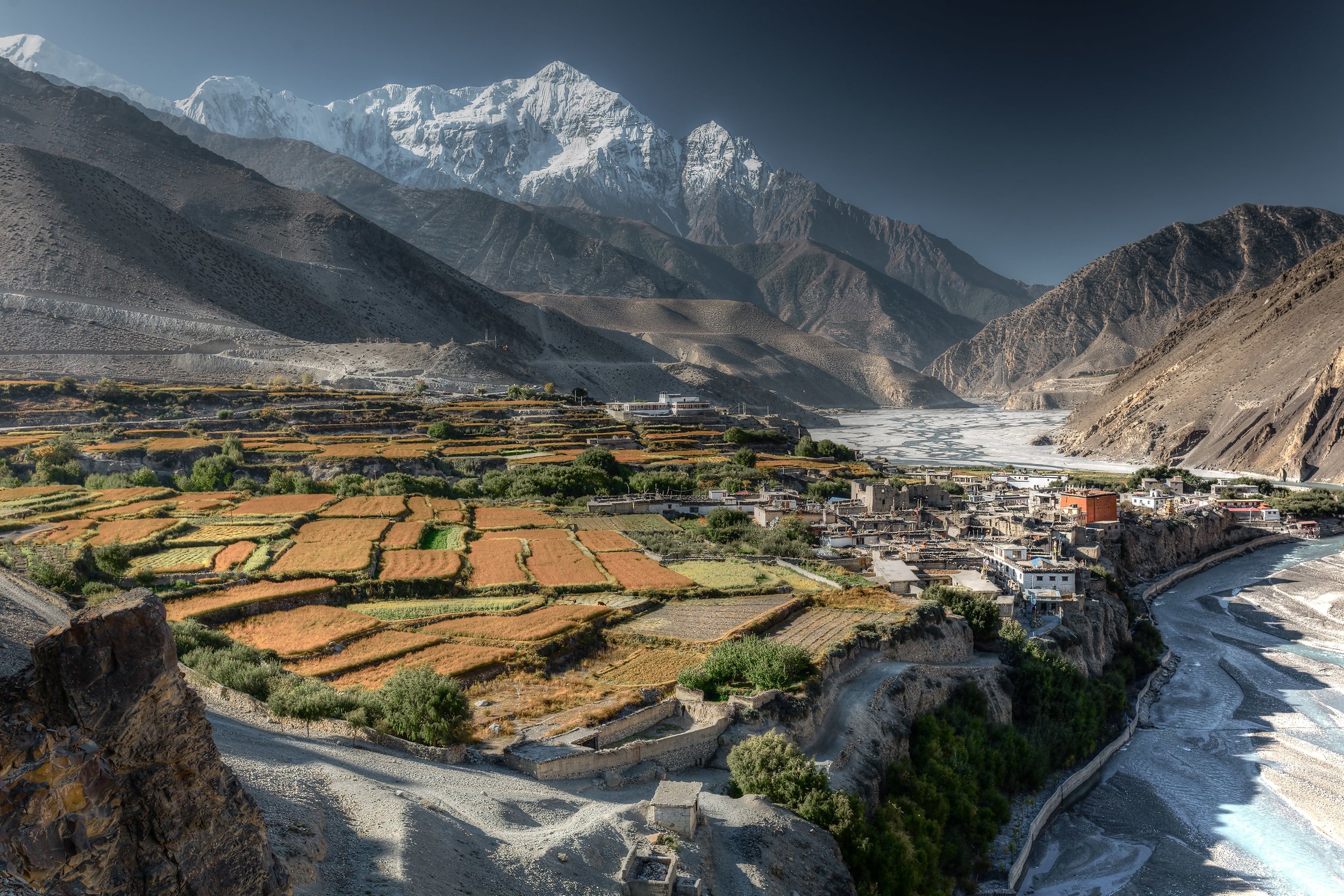
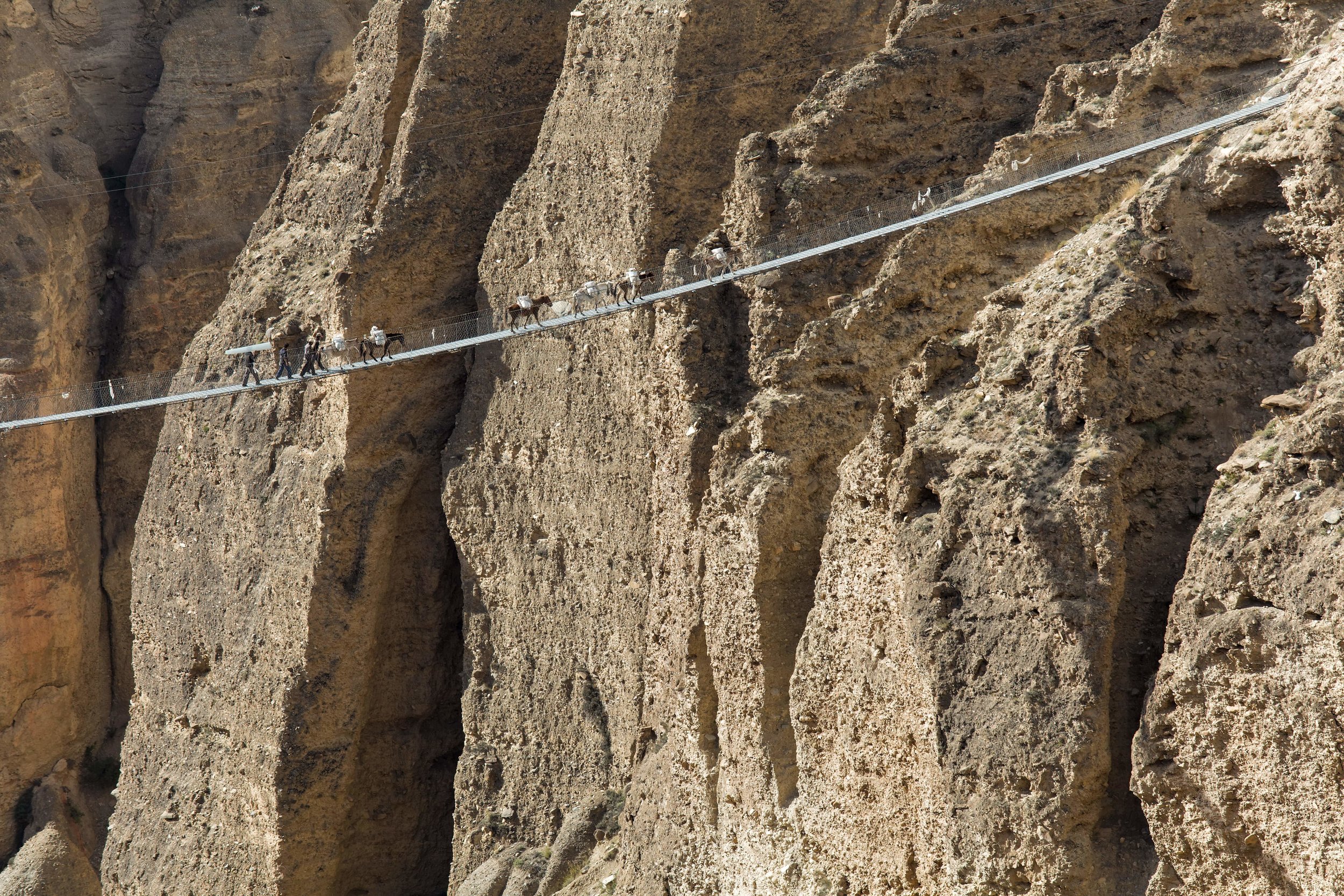
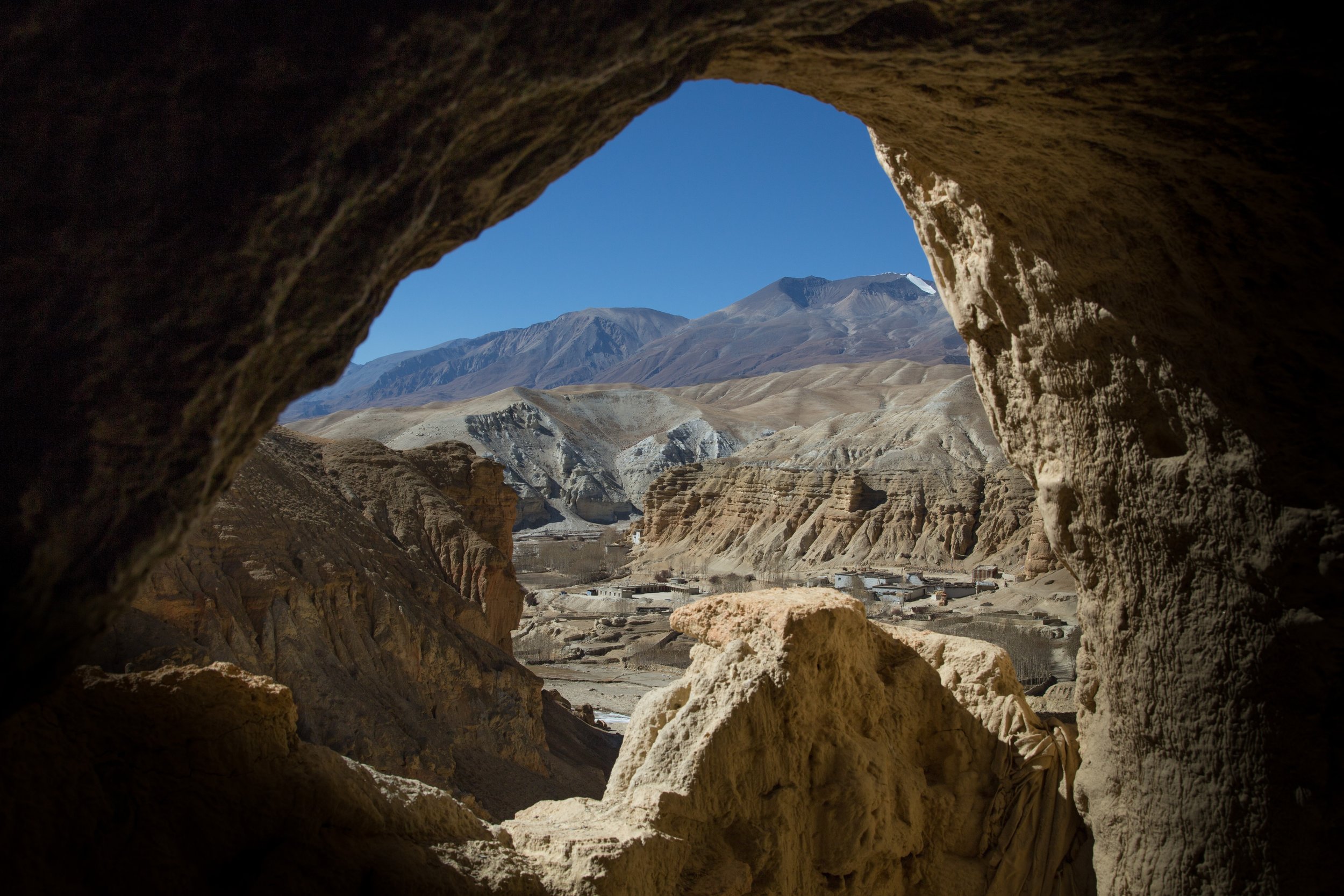
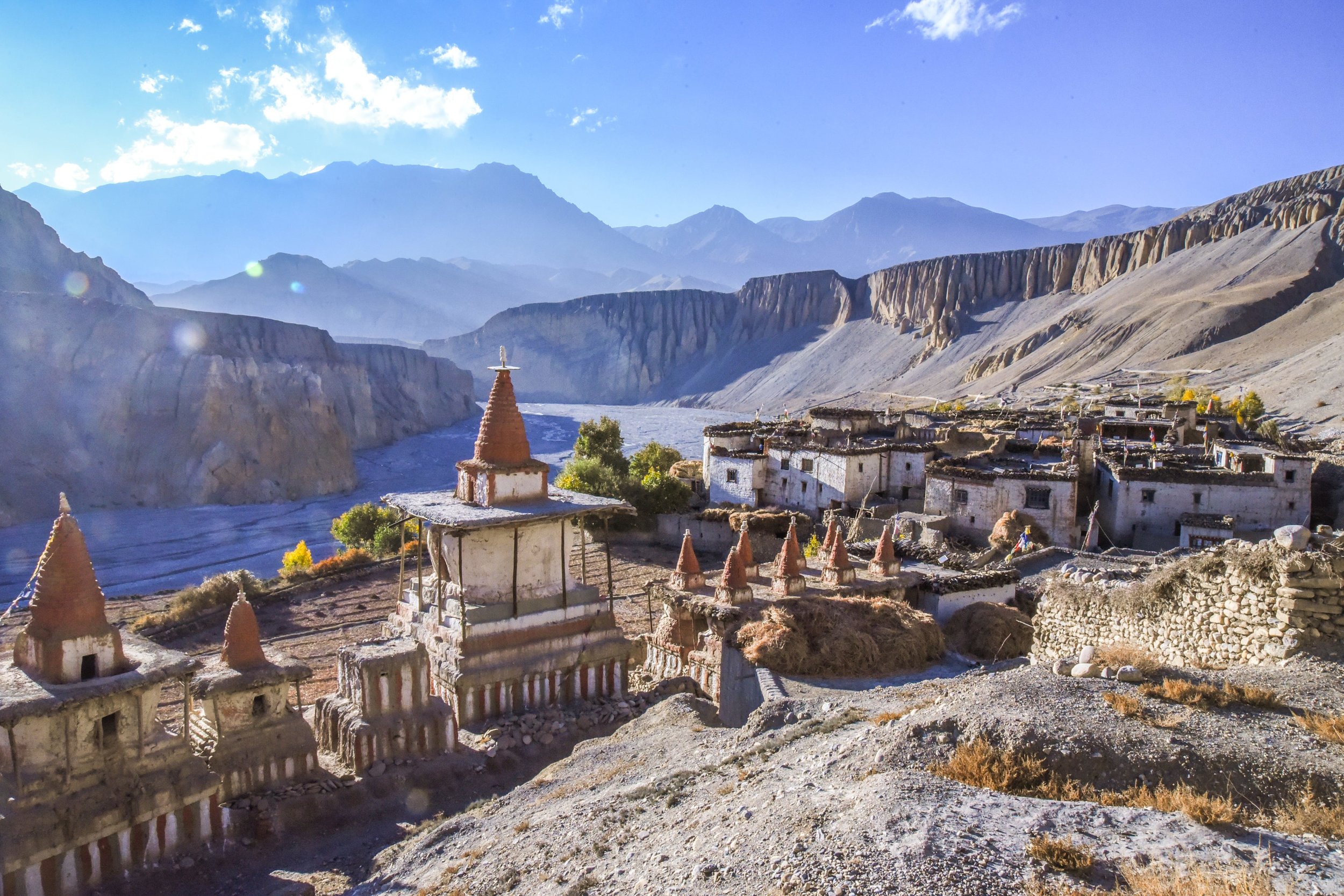
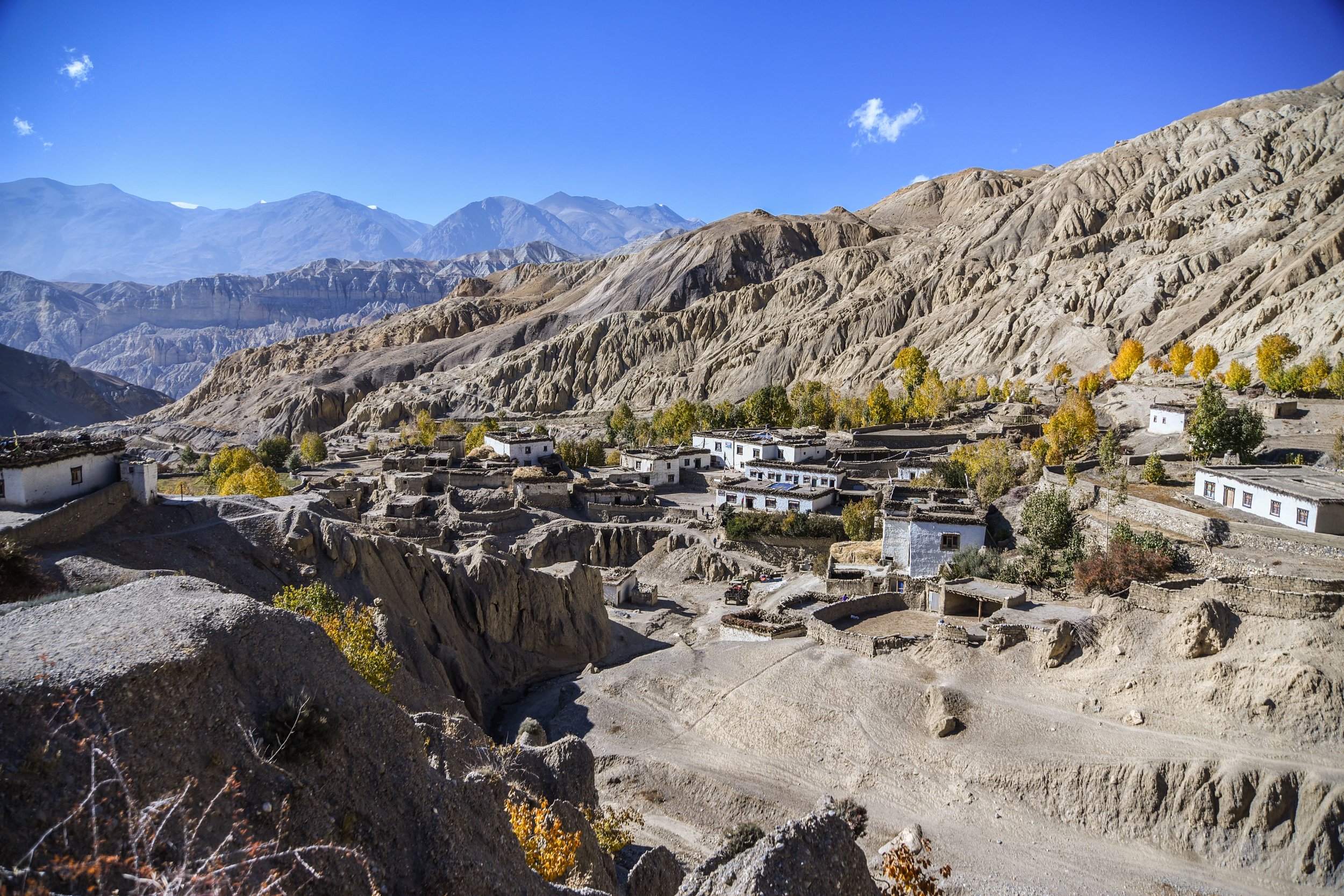
Annapurna Circuit ( 17 Days )
Months during summer ( Monsoon in Nepal ) recommended: Early June and Mid August
The Annapurna Circuit - appropriately known as Nepal's classic trek - offers more variety than any other equivalent length trek, and will take you through virtually every type of scenery that Nepal has to offer. You will witness superb views of the Annapurna and the Dhaulagiri mountain ranges and an amazing variety of landscapes varying from sub-tropical through alpine peaks to an arid semi-desert akin to Tibet. The climax of the trekking involves crossing the iconic Thorong La Pass (5416m). The majority of the trip will be based in tea-houses throughout the route where you will also get time to spend in villages inhabited by many of Nepal's different peoples, both Buddhist and Hindu. Like Mustang region, this is the only time of the year where the floras and faunas bloom which occurs due to light rain sprinkles brought by the escaped monsoon clouds from the Himalayas.
If you would like to travel to Annapurna circuit, we have fixed departure dates announced. ( Click here ) for detailed trekking adventure information.
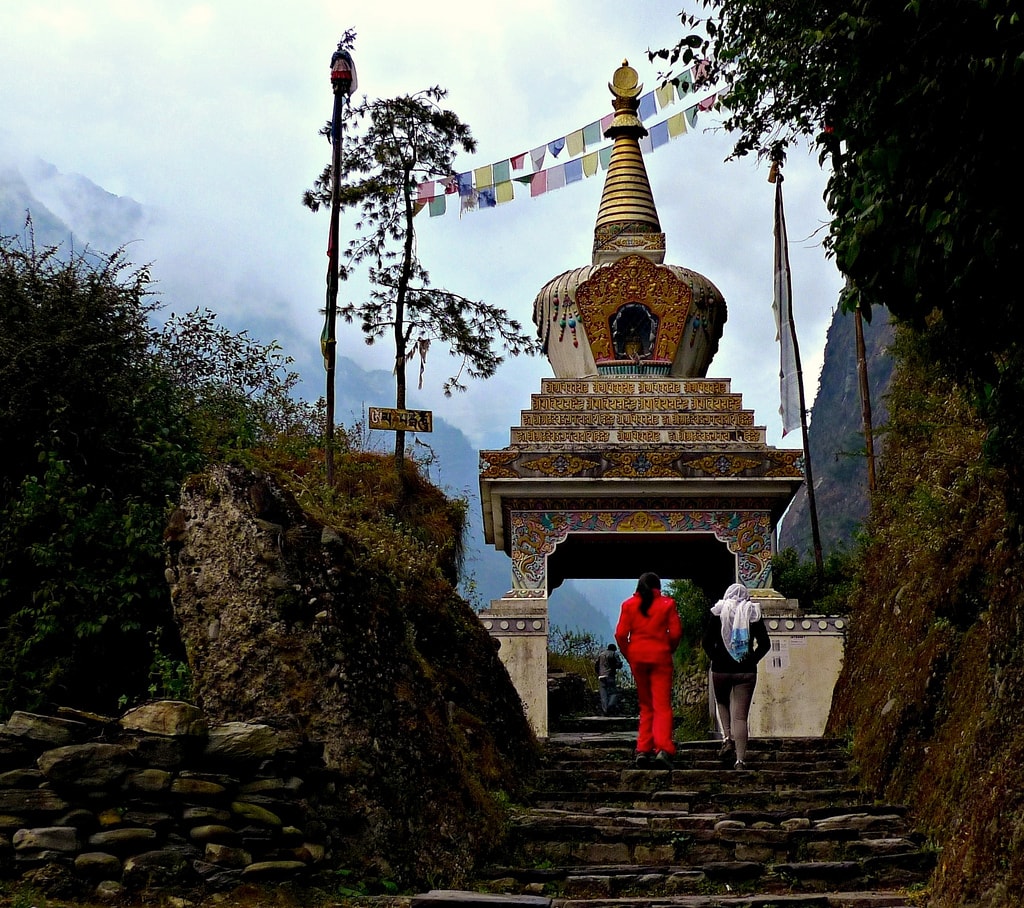
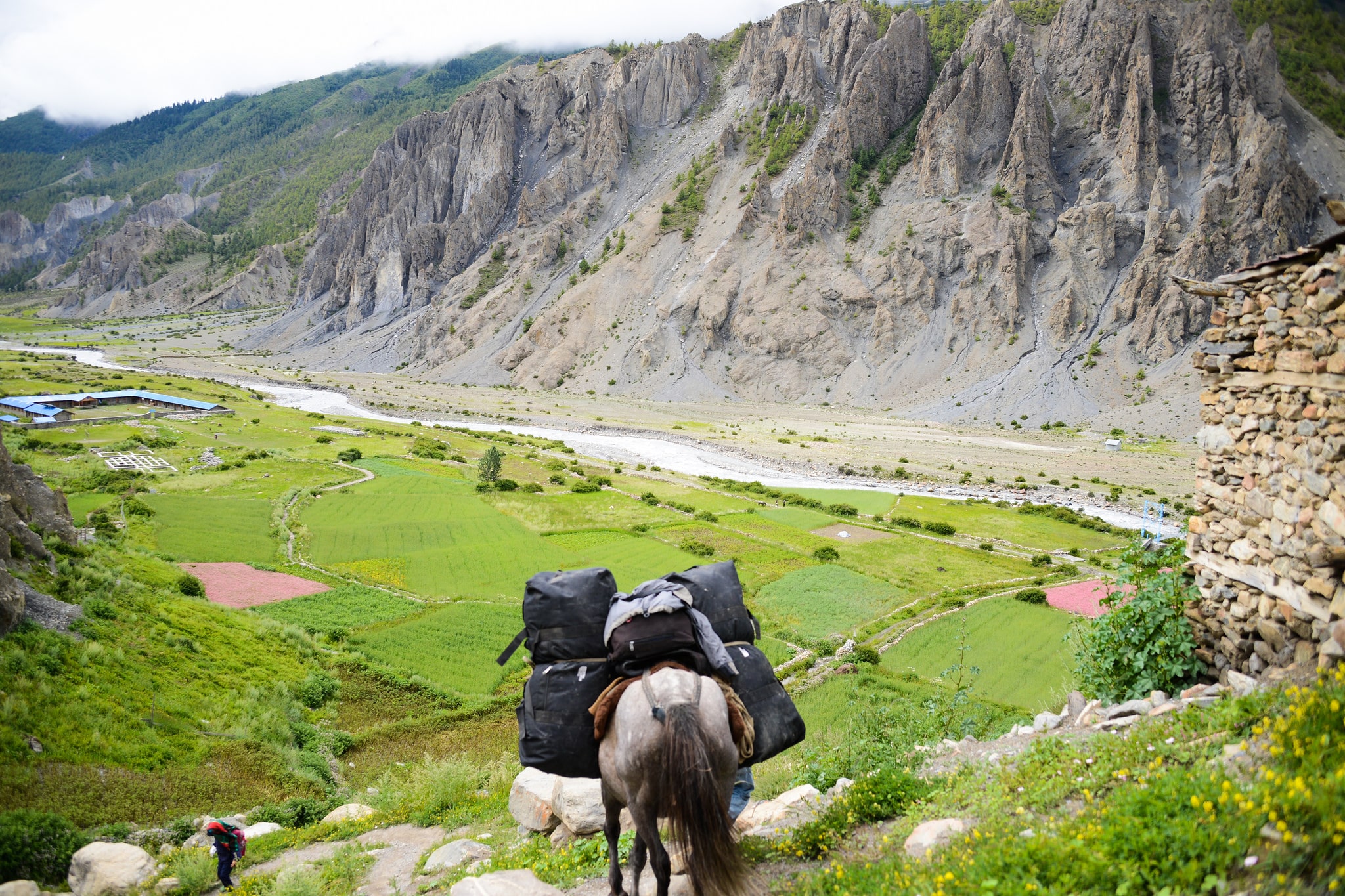
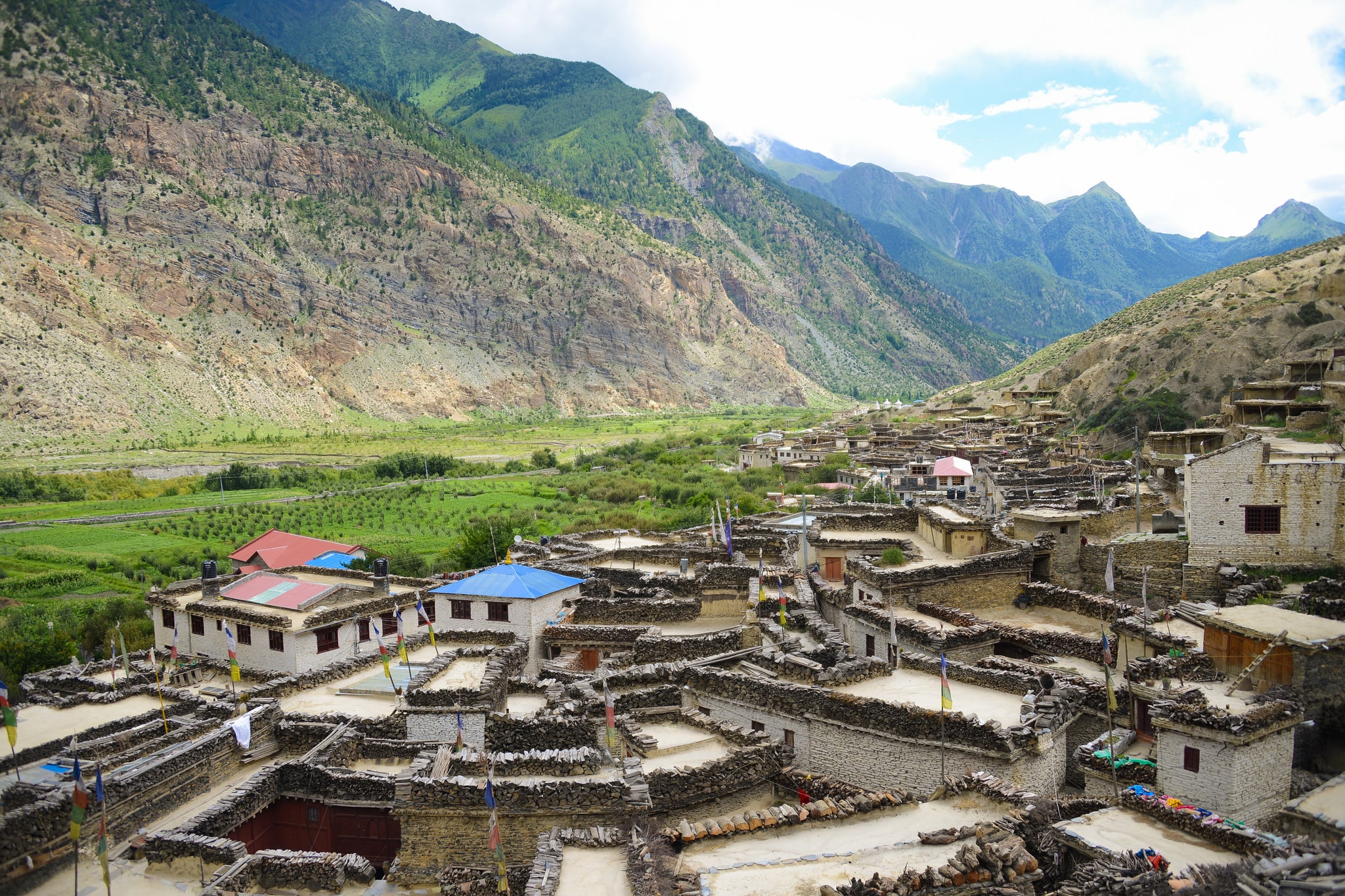
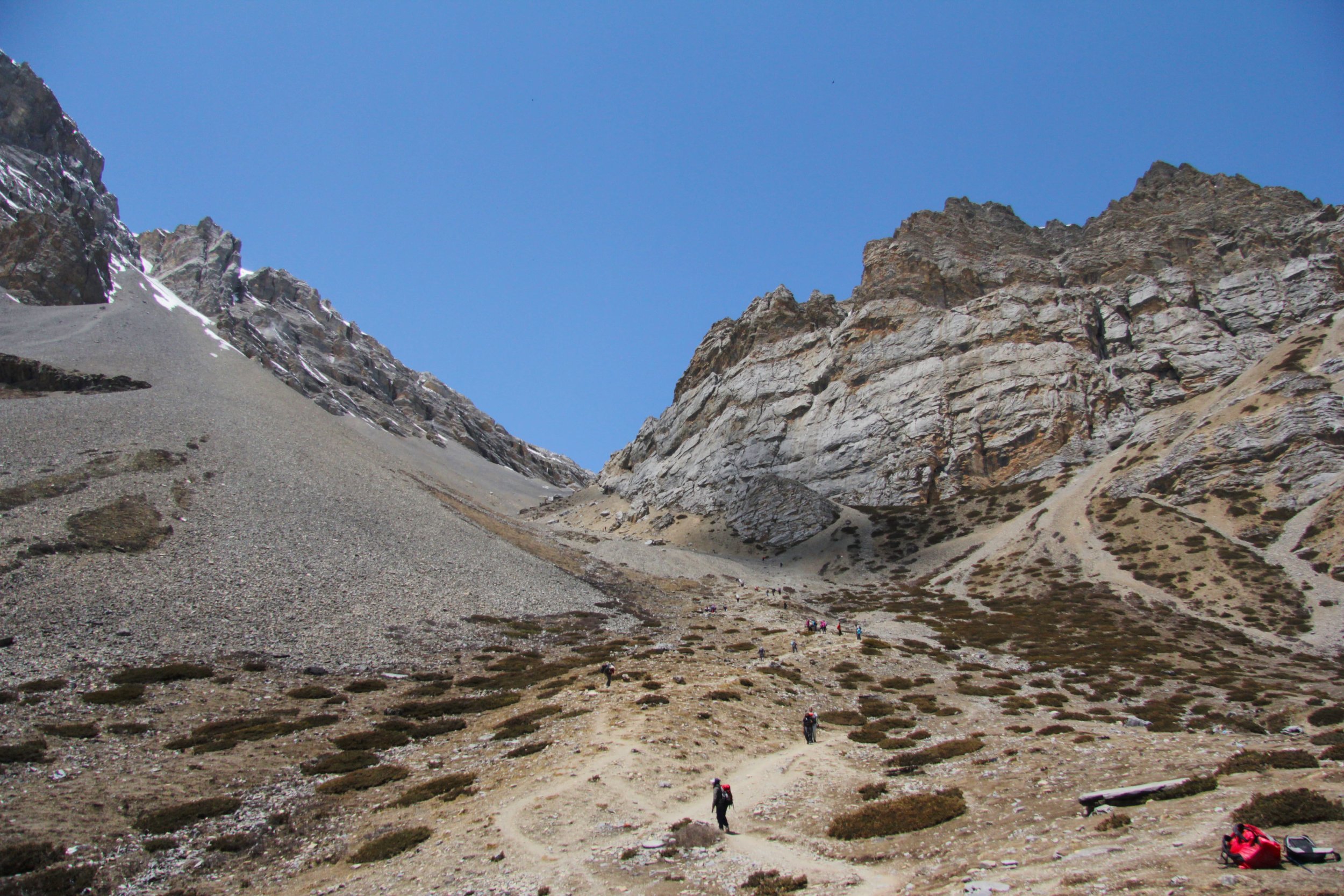

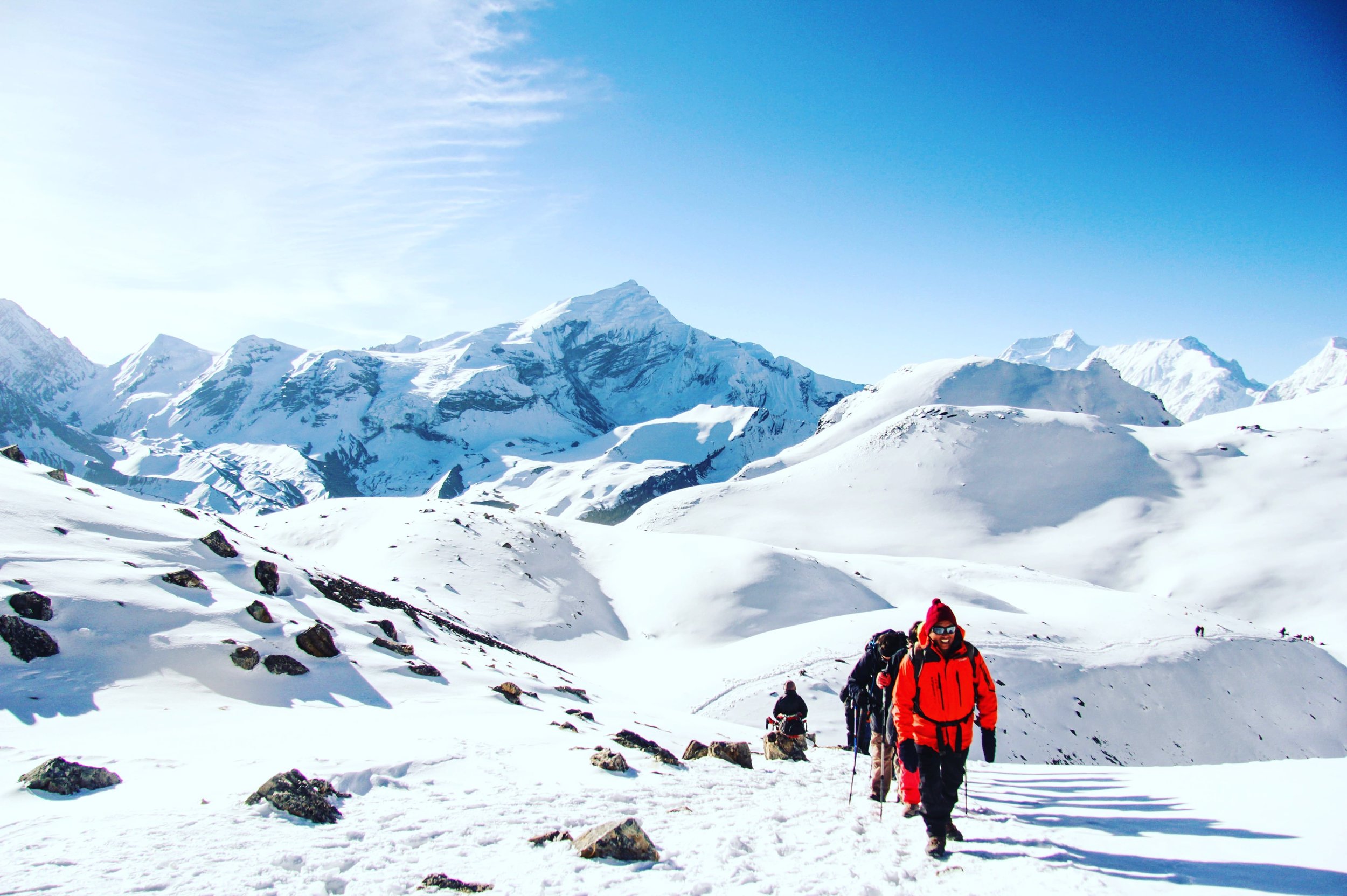
Dolpo and Phoksundo ( 30 days )
Months during summer ( Monsoon in Nepal ) recommended: Early June and Mid August
Trekking the Dolpa Circuit is an experience you’ll never forget. You’ll have the opportunity to experience life in the remote highlands. The trail passes through a variety of landscapes ranging from green pastures (in some ways resemblant of the European Alps), to barren rocks that extend into the Tibetan plateau. The Phoksundo Lake is of an incomparable beauty, with its deep blue and emerald colors surrounded by steep bold rocks. On the way, you’ll encounter small authentic villages steeped in Tibetan culture and tradition. Buddhism and Bonpo are very important for the people living in these villages and interwoven in everyday life. Bonpo religion is the oldest spiritual tradition of Tibet. It is very closely related to Buddhism but has more shamanistic and animistic influences contributing much to the region’s mythical appeal. Due to its remote location, Dolpa is still an “off the beaten track destination”. Tourists are few and far between, especially in the summer months. The Dolpa Circuit is a quite strenuous trekking with some steep climbs. The trail ascends to two high passes, Numa La (5318 m) and Baga La (5190 m). These crossings involve long climbs and long descents. That being said, the scenery on the way, the views from the passes and the encounters you will have with the Dolpa people will make it all worth it. Camping is recommended for this trek. There are basic guesthouses in Juphal, Dunai, Lingdo, Dho Tarap, Ringmo, close to Sanduwa (next to the Amchi Hospital), Chhepka and Kageni. At the other places, you will have to camp.
If you would like to travel to Dolpo region, we have fixed departure dates announced. ( Click here ) for detailed trekking adventure information.
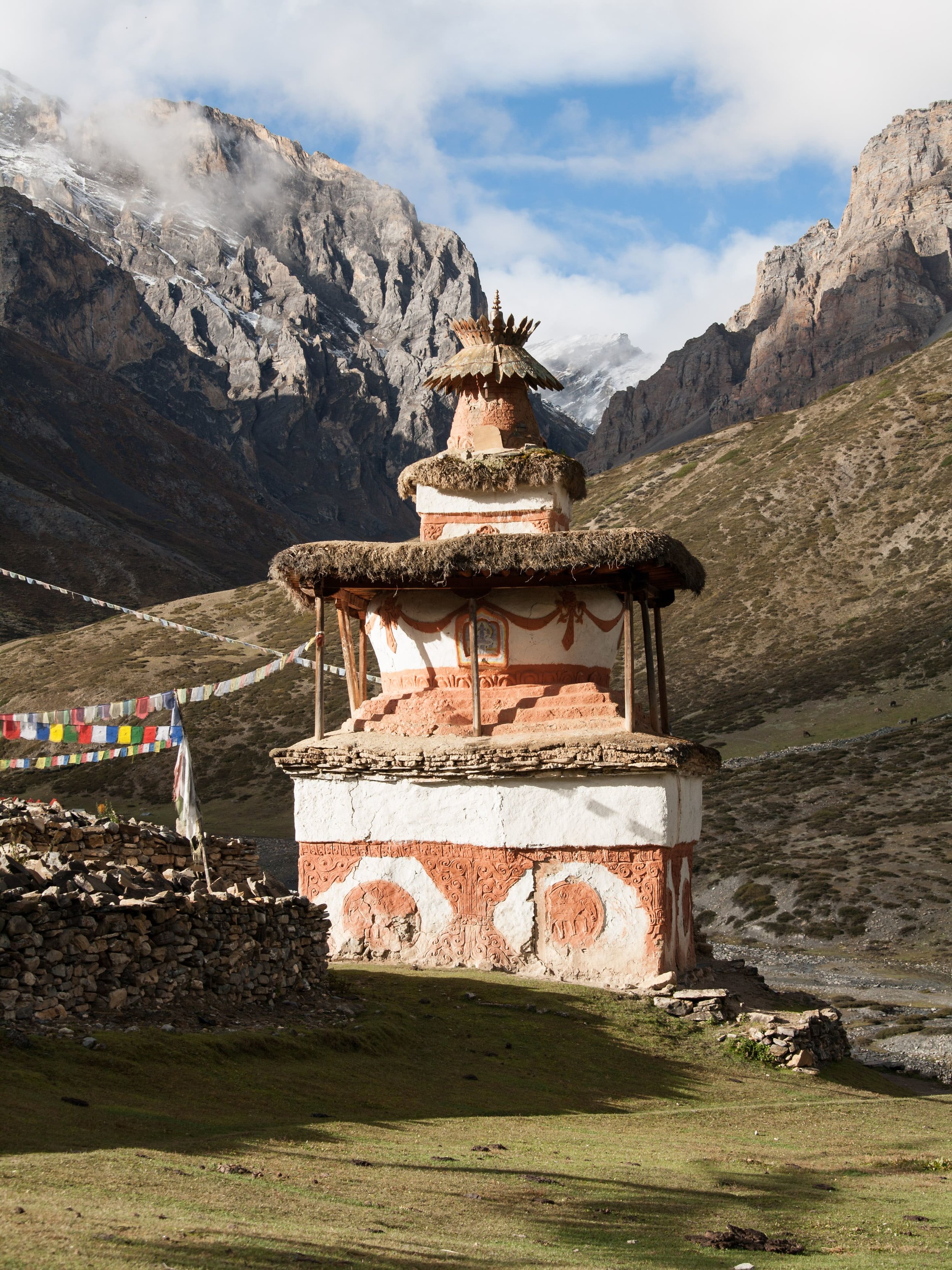
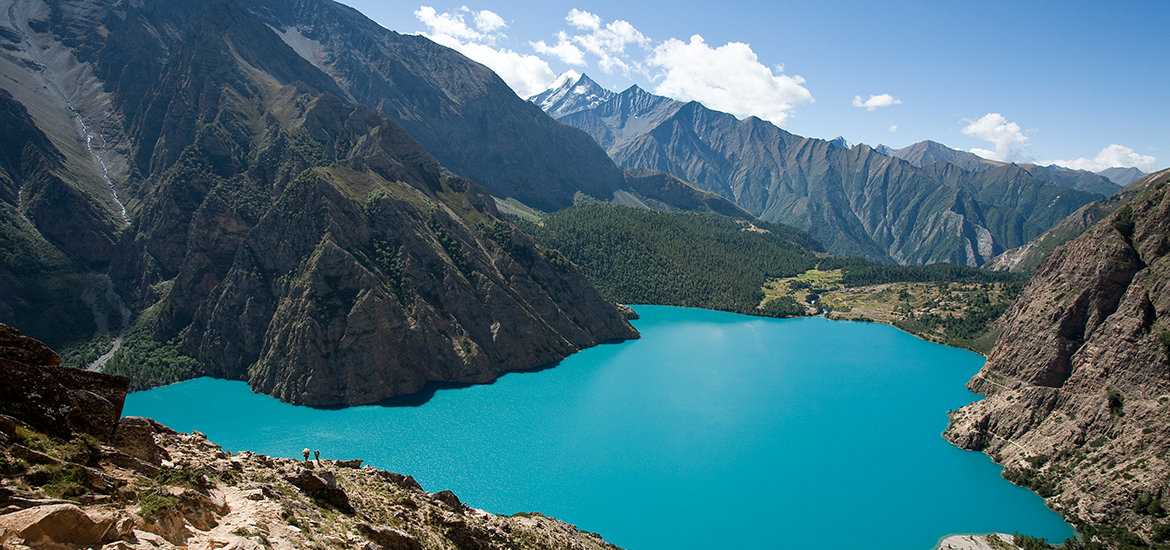
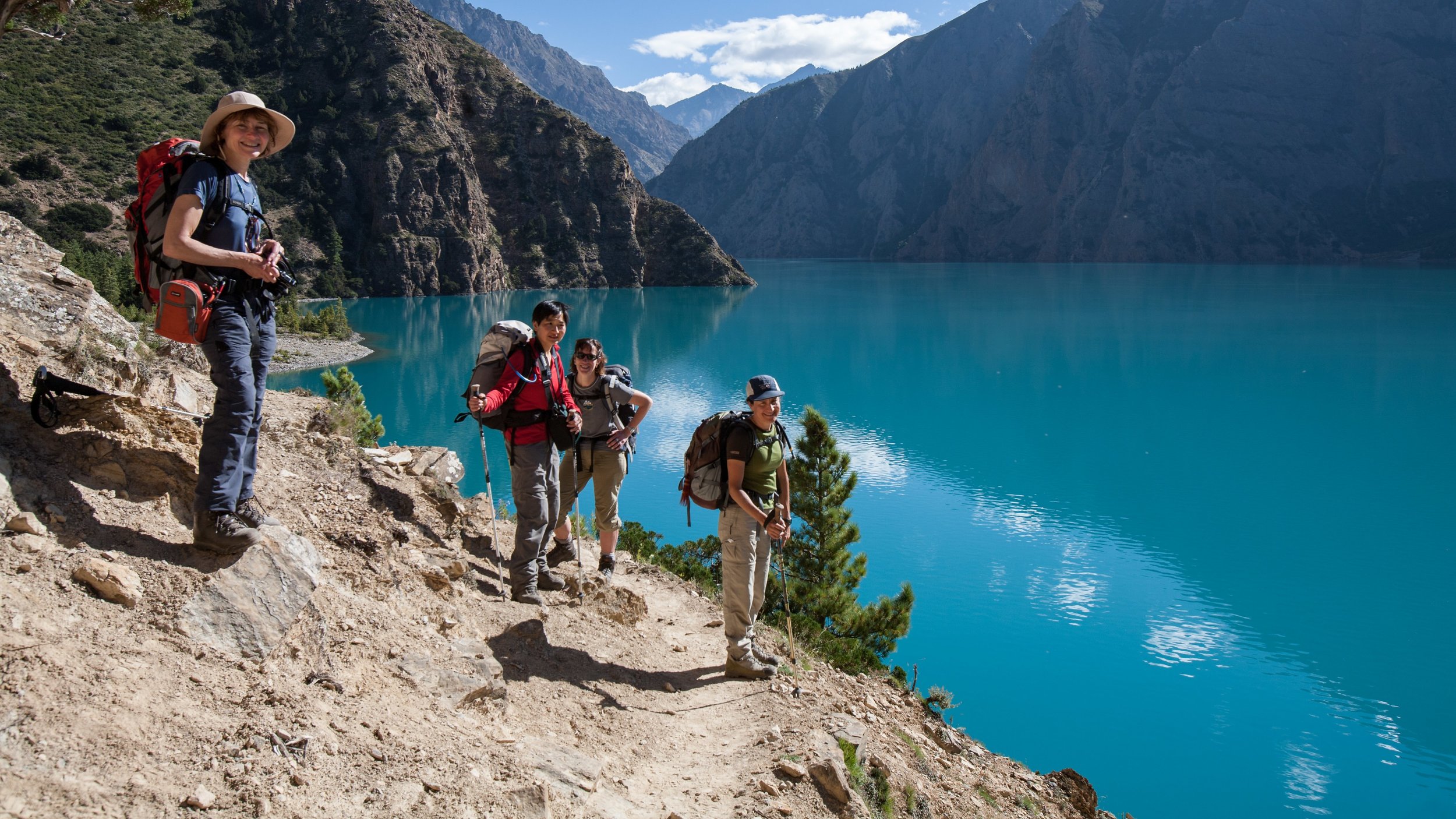
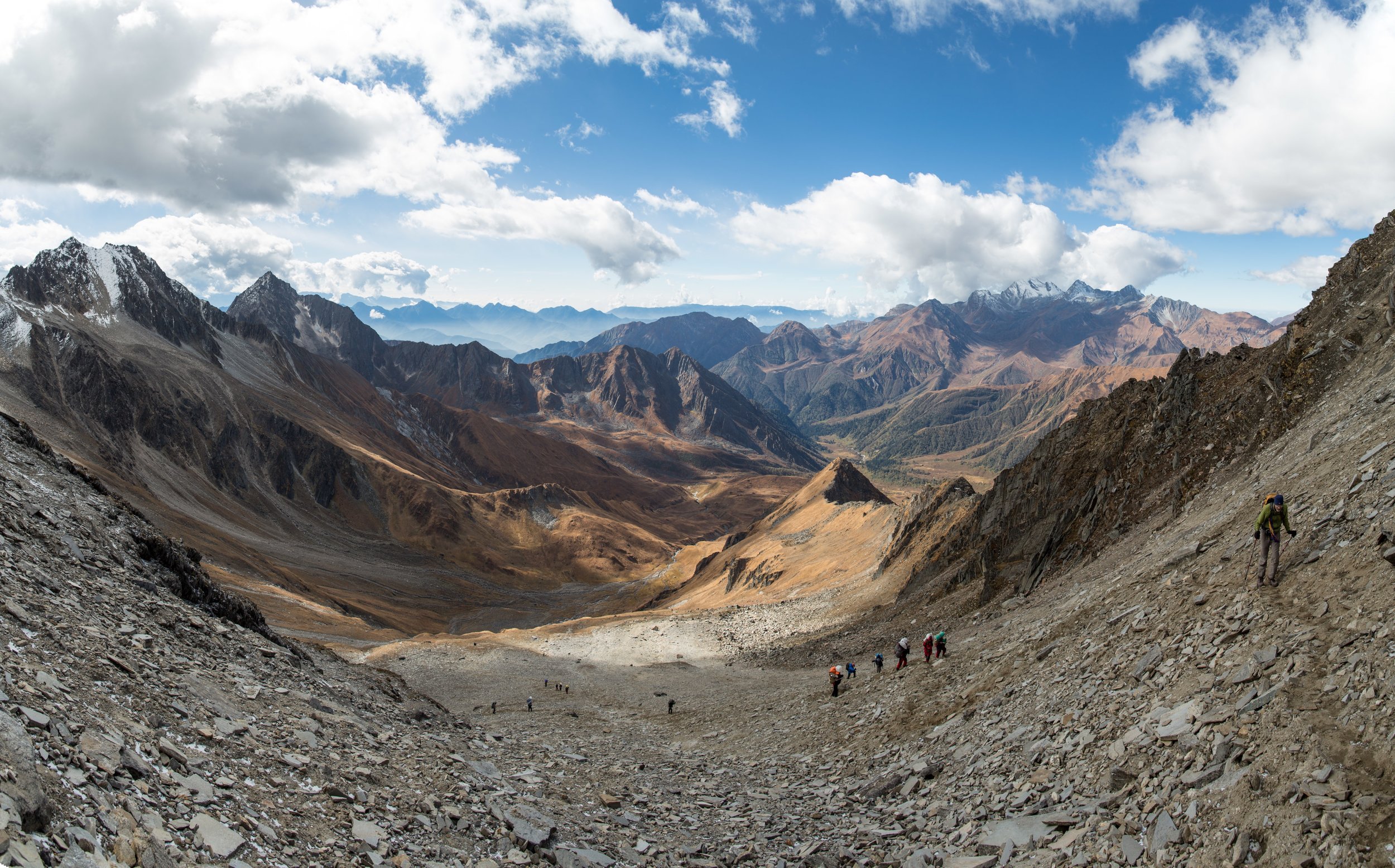
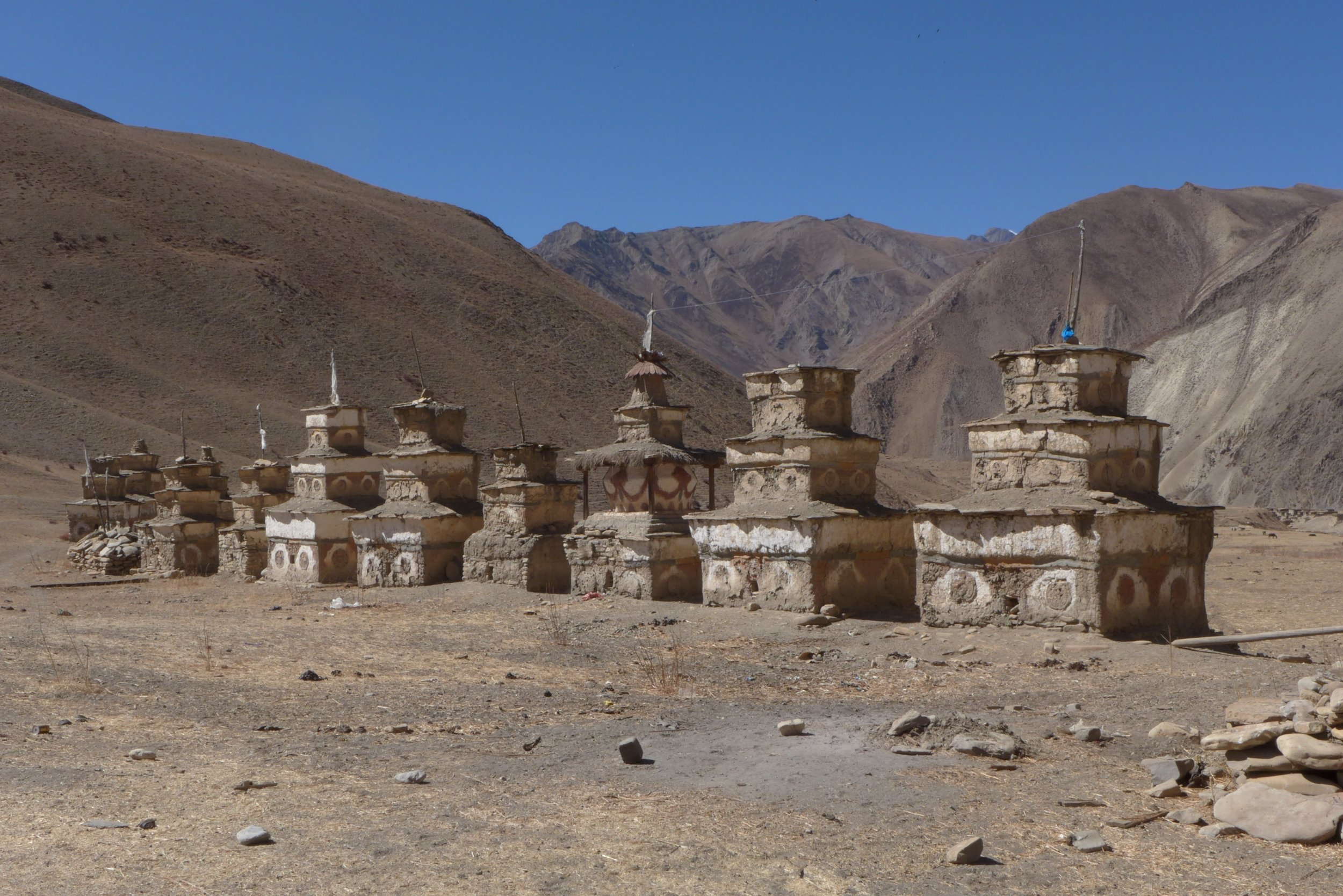
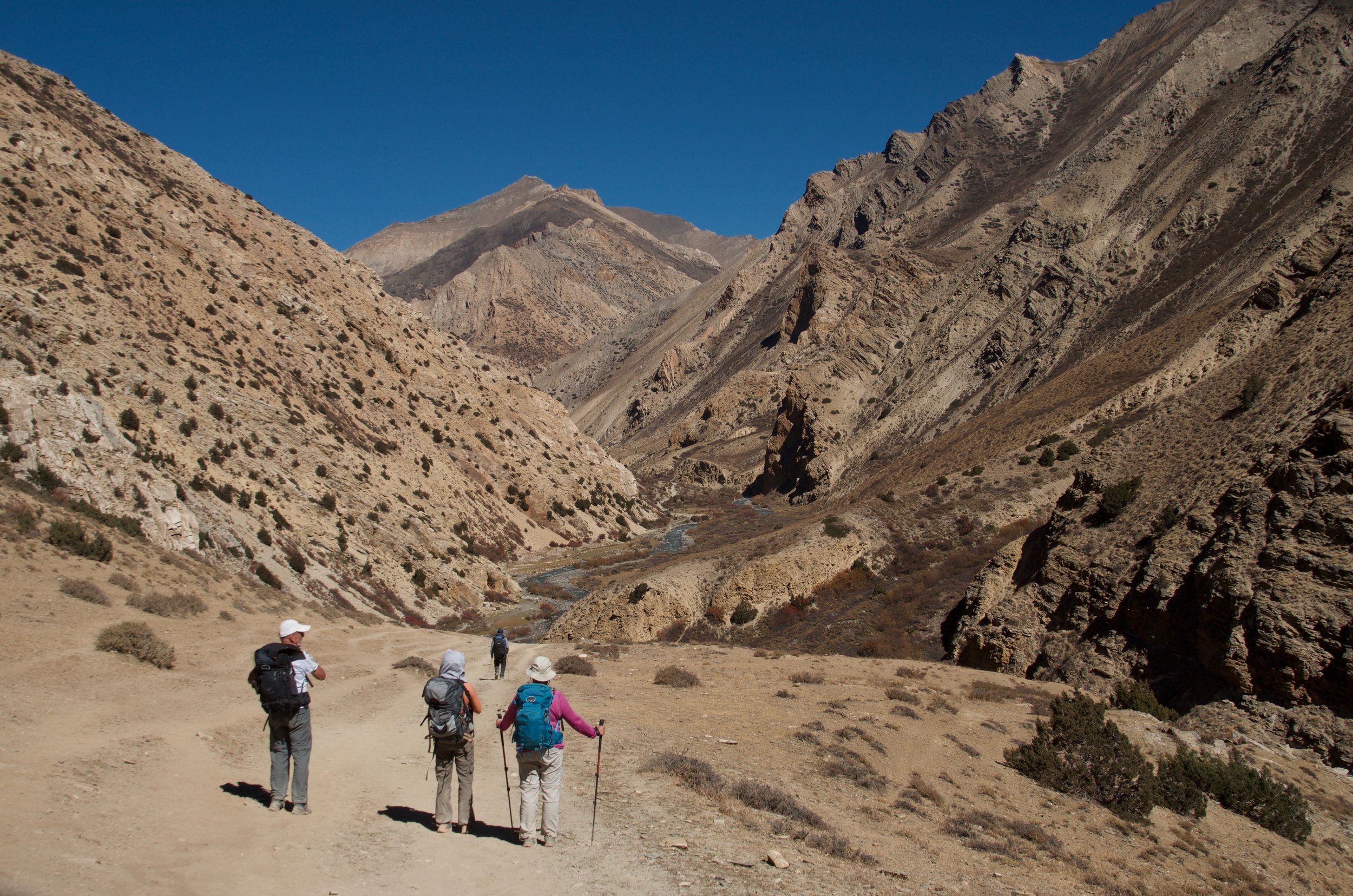
Soft Adventures ( Culture and tours )
Kathmandu is open for tourism throughout the year. If you are looking for short relaxed local guided tours with spells of cultural activities in your travel plans then tours like temple run ( click here ) and visiting monasteries, UNESCO heritage durbar squares, museums are recommended.
Also, tours around outskirt villages of Kathmandu are possible. Paddy plantation festival falls around mid-July every year and this can be experienced around this time of the year. This is one of the activities that is unique and has been drawing attention for authentic travel experience.
To plan your adventure, please email us at namas@namasadventure.com for travel advise and other expert advice on adventure travel recommendations.
Written by - Bisesh Gurung / Founder
Credits:
Pictures by
Dolpo - Jamie McGuinness (https://www.flickr.com/photos/jamie8848/albums)
Dolpo - Mayriam Kaba
Upper Mustang - Jamie McGuinness (https://www.flickr.com/photos/jamie8848/albums)
Annapurna circuit: Huey yoong (https://www.flickr.com/photos/bluryee/)
$20 by 2020, a case for our himalayan porters
Photo by - Jimmy Walsh
Over 700,000 tourists come to Nepal every year to trek and climb the great Himalayan peaks. Most of the trekking routes in Nepal are located high in the mountains; are full of difficult terrain; and often have no roads for vehicles to pass through. It is by sheer, unadulterated raw strength that supplies reach the high-altitude areas of settlements, necessary to both locals and tourists, during the journey up the grand peaks. Those who do this legwork are known as: porters and it is because of their strength, life and business can coexist in these remote areas. Consequently, tour operators who offer trekking and hiking services hire porters to carry their clients’ luggage, tents, and other equipment that are unable to carry. Each porter’s daily distance is determined by their tourists' itinerary.
Photo by - Itai Boublil
During my conversations with all the trekkers, Himalayan hotel owners, airlines, Sherpa guide leaders and porters, I was struck by the salary porters received- unarguably meager in return for their not only valuable, but also extremely laborious work. On average a porter offering their services in Nepal earns $12 (Rs. 1200 – Rs1300) per day carrying upwards of 30 Kgs. Often, the more they carry the higher their earnings, therefore, it is not rare to see porters piled high with luggage making their way to the tourists’ nightly destination. I also found out that although porters may be able to sleep in lodges depending on availability of space, their food and more often than not, accommodation too, are both something they must factor and budget within their $12 daily salary. In short, their $12 wage dwindles to $7 after spending around approximately $4-5 on food and accommodation.
Photo by - Roger Nix
I’m glad to say today that voices have been raised on behalf of porters to address their disproportionate pay and insufficient working conditions. Porters' Progress (www.portersprogress.org), a non-profit organization, was established in 2000 to help protect the interests and livelihood of porters. They distribute jobs, offer a lending programme for equipment and hold classes in English, health, hygiene and altitude sickness prevention at their offices in Lukla. Today porters ask for $17 a day for their work, which would allow them to cover their food and accommodation costs and still keep the full original $12 a day. However, despite only asking for a small $5 dollar raise, little progress has been made so far towards reaching this proposed wage. Unfortunately, with the lack of education and alternative jobs prospects, porters are left with little bargaining power to demand this change.
We at Namas know first-hand how hard the porters work to carry supplies for tour operators and tourists. We also understand that without them Nepal’s trekking regions will face herculean struggles. In line with our core values, from this year, 2018, onwards, Namas will commit to paying porters their desired $17. Moreover, because we know we can do more, Namas aims to raise this base salary to $20 a day by 2020. While this means we can’t always offer the most competitive prices for our customers, by finding efficiencies elsewhere and a rigorous approach, we will ensure that there will be little to no impact on our customers. Our past and present customers all believe in what we are doing, and we are sure our future clients will also support us in bringing forth this positive and much-needed change.
Photo by - Usuf Islam
Thank you and we hope you too can soon become a part of our great adventure, as we continue to live out our stories.
Founder
Bisesh Gurung
Namas Adventure
Edited by - Shanti Rai
World's Most adventurous airport. LUKLA
Ever since I have voiced my want to trek Everest, everyone has been asking me one question. Is the airport and plane ride safe? I think the tag “World's most extreme and dangerous airport” (The History Channel, 2010), has given Lukla Airport a negative connotation that there are accidents every day or every month. This is not the case at all, but one can see why the calamitous perception.
On paper, Lukla airport is the perfect recipe for what could be a knuckle-biting near disaster. Only certified carriers (STOL) and pilots can take this 40-minute long flight, during which you will find yourself dodging mountains and flying through thick, white smothering of the surrounding clouds. With the unpredictable weather and no navigation aids, pilots must use their visual flying skills, which as I mentioned are at times blurred, and their empirical knowledge of the area’s terrain.
Reaching the end, you are faced with a beautiful view of the small, colourful town of Lukla at an altitude of 9,500ft, perfectly ready to have your trekking boots on the ground. But here what you see may not be the best for your blood pressure. Here, it’s time to find another reasoning behind the infamous name, that is, the relatively tiny runway. Sitting at only 1,729-foot long, a very tiny strip in comparison to Heathrow’s 12,802-ft, this timorously tiny runway is coupled with the fact at one end of the runway is a steep cliff with a 2,000-foot drop and at the other is a solid, stone wall. The plane either lands, or falls off the cliff or hits the wall.
However, as apprehensive as what I have described above may make one feel, the reality is quite anticlimactic. Given good weather, most flight activity happens between six and nine a.m., and during peak season there can be up-to 30-50 flights a day. While the airport only handles 4 planes at a time, it’s a quick switch over to take the waiting trekkers back to Kathmandu and before you know it the planes are flying back already in the next 10-15 min. Furthermore, given Nepal depends heavily on tourism, especially in the Everest and Annapurna region, and flight safety is given the utmost importance. It is carefully followed at both regional and governmental levels and I can say by experience that they don't take the flights lightly for Lukla flights. The bummer tends to come in the only one other form, an externality which I advise all travellers to be aware of. The biggest problem is often the temperamental weather.
Sitting at such high an altitude and in such vigorous terrain, the sky which looked clear a few minutes ago, can suddenly change with winds blowing swathes of fog and clouds obscuring visibility. At such moments, for safety all flights will be stopped, and should the weather persist, ending in cancellations. This is why, although flights are scheduled to run from 6am to 5pm, I say most flight activity takes place between 6-9am. I encourage all Everest trekkers to have a contingency plan in case weather turns bad and there is cancellation of flights. We recommend an extra 2-4 days to allow for flight cancellations and re-bookings or extending your budget to include helicopter expenses.
Downhill runway
If you decide to charter a private helicopter, then it will be $1500-2500 for 5 - 6 people (the higher margin to get from Kathmandu to Lukla). When flights are cancelled, as is so often the case with later flights, there is also a good chance of unused seats in the helicopter flights and you can ask your tour company or helicopter companies to query whether there would be space for a smaller party (1-3 seats) to join ad hoc. It saves costs, lessens wasteful use of time and resources for all parties involved and we recommend speaking with your tour provider to see if and how they can help you in such a situation. In the case of cancelled airplane flights, you are entitled to the refund so be sure to query this with your tour company, or the airlines if you didn’t use one.
Third-party tour operators are imperatively valuable in such situations as their network allows them to get up-to-date information from both airports involved and search for the contingency flights. A recent case caused much confusion when, although the weather be sunny and clear in Lukla, the airport closed. It turned out the route from Kathmandu to Lukla was turbulent and unsafe to fly, but at Lukla one couldn’t see that far into the distance. A wide lens is needed when dealing with this route.
While one can after gaining experience trek the Everest route by themselves, the stress involved in getting to the starting and ending point of Lukla, arranging back-up flights, especially if you don’t speak the language, is exponential. Along with the aforementioned, perhaps “World’s most stressful…” is also a fair description. Tour operators and their teams are highly experienced to deal with unexpected situations, and the reason why it is still rare for people to make this trek on their own. At Namas, we have staff members who watch the route on both ends as well as partnerships with airlines and helicopter providers to ensure hassle-free flights. If you are planning to go to Everest base camp (click here), we have several dates announced for 2018. We take care of all your accommodations, flights, flight transfers, local Sherpa guide and porter service and meals during all trekking days.
Nevertheless, for those wilder ones, if you are planning a solo trip, here are some pro tips
Price one way: $160 - $175(one way) Kathmandu – Lukla and it is best to choose an early flight.
Speak to helicopter providers working in this area.
Return flights to Kathmandu - Confirm your ticket with your airlines a day before in Lukla. This is very important or else the operators assume that you won’t be taking that flight and will add other passengers to your seat. Speak to your hotels or tea houses staff in Lukla, most of them knows the airlines staff and will help you confirm your return tickets.
Peak season: April/May (Spring) is very busy with mountaineers and most of the tickets are booked for mountain climbers and big groups and October(Autumn) is another busy month. It can get very hard booking flights during these months, so plan early and reserve early (or you will have to count on your luck :D).
TIMS and Everest region permit is a must. (link)
If you hire a porter at the Lukla airport, please pay them $18-$20 a day. The real wage is much less as they will be using this daily rate to pay for housing and food along the route. (Be a responsible traveller)
Alternative routes to Everest region, 14 - 16 hours vehicle ride to Jiri from Kathmandu which adds extra 2 days to your Everest itinerary.
If you have any more questions regarding your trekking plans for Everest, please do let us know below in the comment box or in our email namas@namasadventure.com.
Happy Adventure.
Written by - Bisesh ( Founder / Namas Adventure )
Edited by : Shanti Rai ( Namas team member )
Contemporary Superstitions: Frills, fancies and sources of hope
We are all superstitious at heart; if not heart, then gut for sure. Granted science has greatly weakened the influence superstitions once held in society and governance, each of us, in our own way, at the risk of appearing irrational, contribute towards keeping the flame of superstitions alive. Here is why we do it.
But first let me clarify that the type of superstitions referred to here, are not the type that infamously exploit the weak; oppress the vulnerable; and indoctrinate the uneducated. Times have changed and fortunately for witches, I mean, women, the hypocritical basis behind witch-huts, and other similar prejudiced and myopic superstitions, have long been eradicated (no, women are not responsible for drought; famine; or anything else men cannot explain). Not everywhere, of course. Science has yet to reach all parts of the world; growth and progress likewise. Nevertheless, in majority of the developed, secular world, zealous adherence to repressive superstitions are definitely becoming a thing of the past.
The superstitions of today are all relatively harmless. As the world has changed to adapt to science and technology, superstitions too have changed accordingly. In order to suit the rationale of the contemporary society, they have forsaken their credibility, and with it their oppressive, dictatorial attributes. Instead, they have refashioned themselves into silly (jumping over legs shortens leg length); superficial (lucky charms); and sentimental; nostalgic (wearing something borrowed, something blue, something old and something new on your wedding day) frills and fancies. Furthermore, whereas in the past superstitions was dogma, therefore absolute, now its practice depends entirely on the respective individual.
It's up to you whether you want to risk the Sun god's wrath by opening your umbrella indoors or not. It's up to you whether you want to risk crossing the same road a black cat has just crossed. It's entirely up to you whether or not you choose to: clip your nails at night; walk under ladders; or worry about the impeding seven years of bad luck you are meant to incur, if you ever break a mirror. The rational, sophisticated mind knows that it matters little whatever action it takes. The end result will not be affected.
However, it's remarkable how many people find themselves altering their behaviours once they become aware of a superstition. For example, let’s say a friend tells you that whistling at night can attract demons (and you are a notorious night whistler). You will initially guffaw at your friend and dismiss the entire thing as silly and ridiculous. Nevertheless, next time you find yourself alone at night, it is highly likely that you will not whistle (no matter how strong the desire). Unexpected glimpses of black cats; owls; and black beetles too can prompt cautious behaviour in many.
Perhaps it is because humans have the ability to imagine. In a dark setting, it is extremely easy to mistake the rustling of trees for a villainous, evil demon, whose sole purpose you have deftly discerned, is solely to terminate your life in the most horrible and excruciating way conceivable. Or perhaps it is because deep down we know that demons do not always come in supernatural forms. Either way, when confronted with the possibility of death, we all become hypocrites. Fortunately for us, no extra effort is required to accommodate to this irrational whim, nor will anybody be harmed in the process. Thus, the rational individual (notorious whistler), convinces itself that it would probably be best to leave off whistling for another day - a bring sunny one at that, especially if it can ensure them their life.
This is how modern day superstitions work; have always worked. They plant seeds of doubt and fear into the unsuspecting, confused and susceptible mind. The seeds will not immediately sprout; in some it might take years, entire lifetimes. Nevertheless, it will only take one random event where you notice a black cat crossing the road, pay no heed to it, then end up in an accident, for the seed to flower indefinitely. Forget the hundreds, thousands of black cats you have ignored in the past, it is only this particular cat that counts. Soon you will be recounting the tale to another unsuspecting friend, and in this way the flames (seeds) of superstitions spread.
In our defence, acceding to superstitions does not automatically make us all hypocrites.
Science is heralded as the source of all knowledge. In life too, we are to taught from an early age that we are the masters of our fate, and if we will it, and work hard for it, then we can make all impossible possible. But of course, we all know this isn't entirely true. In all fields of knowledge there will always be anomalies and grey areas. Fluke and contingencies also play much bigger roles in our life than we are taught to expect. Occasionally we realise this. Every once in awhile, we become aware of how impotent we are. How any minute now, a murderer could appear out of nowhere; or a bus; or the tectonic plates deep underground could shift and turn our whole life upside down, inside out. One second we are alive, the next dead. Understandably, this can unhinge even the strongest of minds. Certainly they are irrational fears, but they do happen. Consequently, when meaningless accidents; incidents; or worst death occur, no amount of knowledge can help us through it. We are left exposed and naked; masters of nothing, and no one. In such a situation, our minds instinctively does its utmost to protect us from this terrifying unknown.
Superstitions: magic, supernatural, luck are one of the many mechanisms employed by the mind to combat and defend ourselves from these irrational fears. They cannot resolve them, nor eliminate them, but they can offer a way for the individual to mitigate them somewhat. Superstitions are always quite frank in their instructions. No whistling equals no demons. It acknowledges our deep rational, irrepressible fear of being followed by a serial killer, under the cover of darkness, in parks; isolated meadows, anywhere lacking other fellow human company (I mean, we all watch the news!). However, by following the superstition's instructions and refraining oneself from whistling, we can at least distract our mind from the fear; reassure ourselves that our silent, stealthy walk is enough to avoid any detection, as we try not to make it too obvious by breaking into a sprint. It does not work for everybody, but it does work for some.
People are also more prone to be superstitious when they are trying to protect others.
Say your favourite team is losing; your young, kind, naïve daughter is off on her first trip abroad; or your friend is about to get married and she is petrified. You wish to help them or at least provide some sort of support, but there is very little you can do. Except of course: start singing the team's lucky song alongside the other fans; give your daughter a lucky pendant and make her promise not to ever lose it, ever. And tell your friend that change is good, love is worthwhile and if she believes in the two, then everything will turn out fine.
By singing; providing a lucky charm, and encouraging a friend to have more faith, we can alter nothing. But we are able to boost the morale of a losing team; convey a parent's fear to a daughter without being overbearing; and restore faith in a friend when she needs it most.
Deconstruct superstitions and you will realise that they are all just held together by hope. Hope from a sincere fan that their team will succeed; hope from a loving parent that no harm shall pass their child's way; hope that your friend will recognise all marriages require a leap of faith and she of all people can leap magnificently.
Even the silly ones: jumping over legs, communicates every parent's hope for their child to grow tall and strong (necessary to reach high shelves, which our world has a lot of). Never giving shoes as a gift to a lover, expresses the hope that they won't leave/run away from us. A friend of mine told me that when she and her brother were younger, they were warned not to eat in a sleeping position, otherwise they would turn into a snake. A mother's hope perhaps, that her children would not have upset stomachs in the morning. The brother of course would deliberately eat while sleeping in the hope that he would wake up a snake.
To conclude, ironically - and here I must make it clear again that I am referring to the more light-hearted superstitions found in contemporary society - superstitions enable a rational person to hold on to their rationality. Undoubtedly they have now become a fancy, but as in the past, they still remain a source of support to many. We can devote our entire lifetime; lifetimes uncovering all the secrets of our universe and in turn, ourselves. I was brought to up to believe nothing is impossible, so I will not write off this achievement completely. But it will not happen any time soon. Fortunately for us, mankind has created; invented; imagined multiple ways of making sense of our world. Superstitions are one of the many alternatives.
Essentially what we choose to believe in is driven by our survival instincts. As long as we have gaps in our knowledge; fear in our mind; and things to protect, when all available sources fail, we will willingly believe in the most far fetched superstitions if it can ignite even the tiniest flicker of hope within us. Sometimes the flame can be quite blinding.
Written by - Dina Rai
The Newari eventuality : Bisket Jatra a.k.a Nepalese New Year 2074
Photo by - Gerd Kholmus
Join Namas, Nepal and the proud Newari’s in Bhatkapur Durbar Square celebrate the new year, Bisket Jatra. Bhaktapur’s population congregates mid-April, just 14 mins away from Nepal’s chaotically organized temple capital. For these four days, Bhaktapur Durbar Square commences to become a regurgitating (albeit small scale) epicenter of showmanship in a battle of strength between the east-side and the west side. It is emblematic of the victory over good and evil, which alongside the journey taken by the god Bhairab in his chariot (roth) is played, a re-enactment of the devoted production presented by the locals every year. During Bisket Jatra one sees it is no wonder Bhaktapur was once known as the ‘City of Devotees’.
The chariots drawn through the streets rests at certain time-honored places in the city, people coming out to throw offerings of rice, coins and red sindur powder. A huge 25m-high lingam (phallic symbol) is erected in the stone yoni (female genital symbol) base. Their union the eternal process of creation and regeneration, the union of male and female principles, and all existence. It is now ready to be theatrically decimated; the pole crash-landing down signifying the beginning of the new advent calendar.
A new year is welcomed.
Happy Nepalese new year from the Namas Team.
Written by- Shanti Rai
Photos by : Romancing the planet
Gearing up for the colour fest that is HOLI 12.03.2017
Images by Himalayan times
There can be no one in Nepal who dislikes Holi, the country comes to a halt to celebrate this national holiday. If there is, it is as rare as finding a Nepalese person who dislikes momo (find the delicious article here)- a seriously unsettling Nepalese person to meet. Remembering back to when I was very young, peering over our veranda, I watched the world and everyone in it having fun in Holi.
Holi brings out the best in young generations, and creates their most cherished, fun memories. That which happened was never pre-planned, not as planned as time are now. Youth gather in their groups riding their trusted bikes, fully color bathed in different ways, painting the faces of their friends and passers-by as they drive by and vice-versa, carrying colors or water-filled balloons, frolicking around city roads and alleyways to join the other unknown group where they reach a color fight crescendo.
The young generation gets carried away on this day as helmets are off the limits and throwing caution into the wind, you would often see 3+ people riding on one bike. The larger the group, the better the party is what the thinking is. People drop colored waters, catapult balloons, lather each other in vibrant color powers and more than a few (definitely) alcohol stops are made along the way.
The colors do their magic, tinting (pun intended) the vivid mood on this vibrant day.
Written by - Shanti Rai
The persistence of festivals; Dashain and Tihar
I don't think most of us truly understand what we are celebrating when we participate in festivals. Perhaps our parents generation do, but as for us post war; post globalization; post secular kids (young adults ahum), the meaning escapes us, or rather the desire to familiarize ourselves with the time-old stories; histories and traditions about gods and deities; good and evil, and the myriad sacrifices made by mankind hold less appeal.
Rather, the twenty-first century heralds a time where despite growing economies and vast technological and scientific advancements, the future in which we can envision ourselves securely paying a mortgage, let alone buying a house, is one that is becoming more vulnerable day by day. Therefore, yes Dashain has arrived and Tihar is around the corner, but who has time to appreciate the challenges faced by Ram and Sita, when we have our own challenges to face? Nor acknowledge the sacrifices they made and the demons they vanquished, when again, we have our own sacrifices to make and our own demons to vanquish?
Today most of us partake in popular festivals like Dashain and Tihar simply because we have to. It's a family thing; it's expected; one cannot displease one's parents throughout the entire year (certainly not Nepalese parents). If you are still young, then even better, you simply have to turn up to receive gifts, money and blessings. The array of food is also worth the journey from one relatives' house to another.
But it cannot only be habit and obligation that has kept the spirit of festival and tradition alive to this day. No. Strip festivals down to their barest essence and you will realise that there is only one simple reason for their outstanding longevity: because festivals bring people together.
In our fast-paced and often far flung existences, sustaining old and new relationships can be challenging. The internet has of course made it extremely easy for families, friends and acquaintances to stay connected. But it is festivals, especially family and community oriented festivals like Dashain and Tihar, that allow people to wholeheartedly indulge in rekindling; reuniting; and rediscovering lost or faded bonds. Festivals recognise the value of family, community and friendship and it is these values that the contemporary individual respects when sitting down to receive Tika from their elders.
Of course there are amongst the myriad, many contemporary Nepalese who are very knowledgeable in their understanding of Dashain and Tihar. There are also many rituals even the less knowledgeable perform almost as second nature: bhai tika is the one that is acted mostly by the children (with a few guidance by the parents). However, what this post is trying to address is the fact that understanding matters little when participating in festivals. Festivals are special and worthy of celebration, not because of their rich contexts and history; gods and dieties and traditional orthodox customs, but rather because they remind us to love and appreciate the people who have all contributed to create the individual we are today – regardless of what the future holds.
So make time. CELEBRATE and APPRECIATE. Dashain has come to an end but Tihar is just around the corner. If you did not have time to reconnect with your loved ones during Dashain, then I hope you do so during Tihar. But festivals are only reminders. Everyday is a good day to tell someone how much you appreciate them!
Therefore, from the entire Namas family “HAPPY DASHAIN AND TIHAR”! Let us today celebrate LIFE!
Written by Dina Rai





